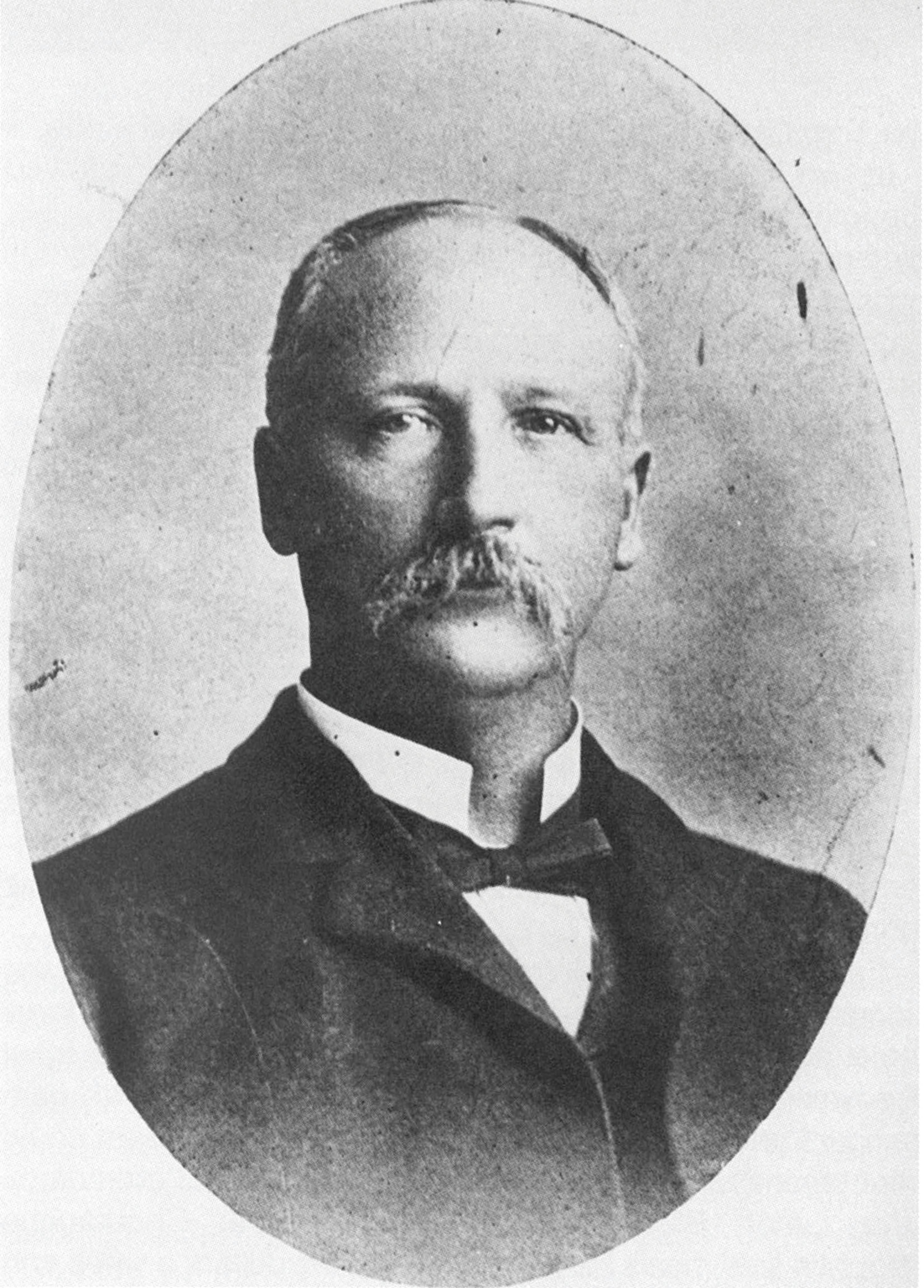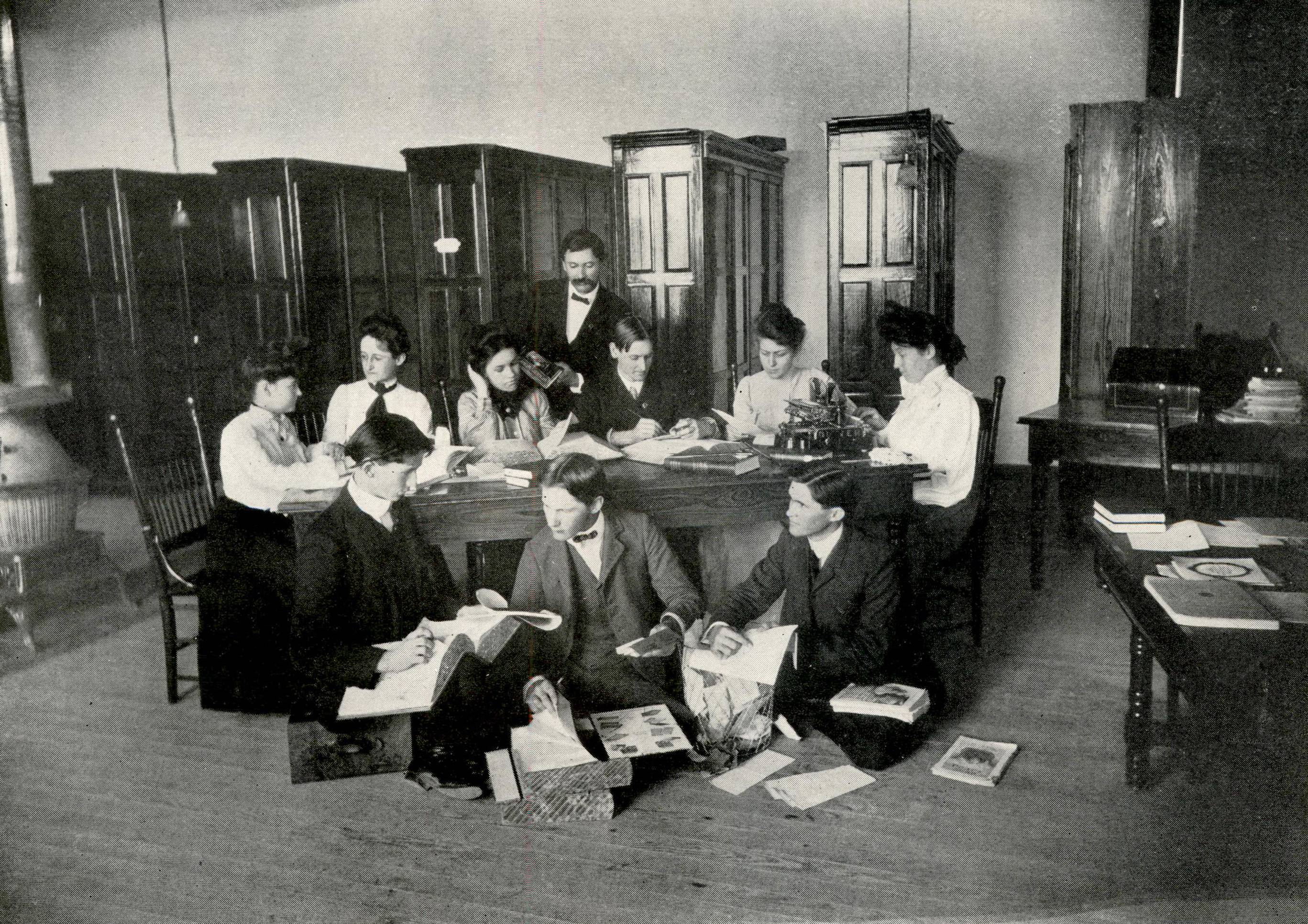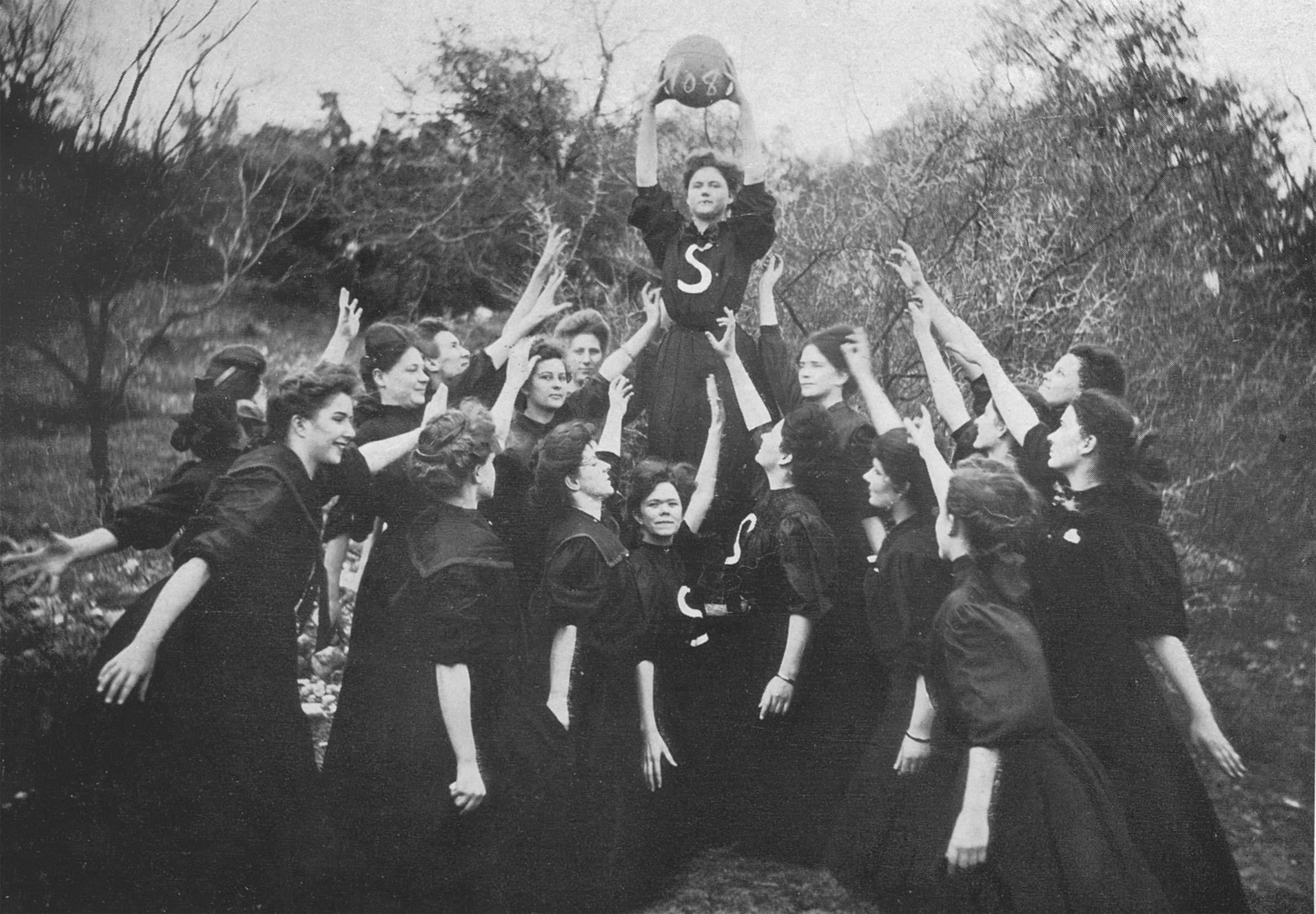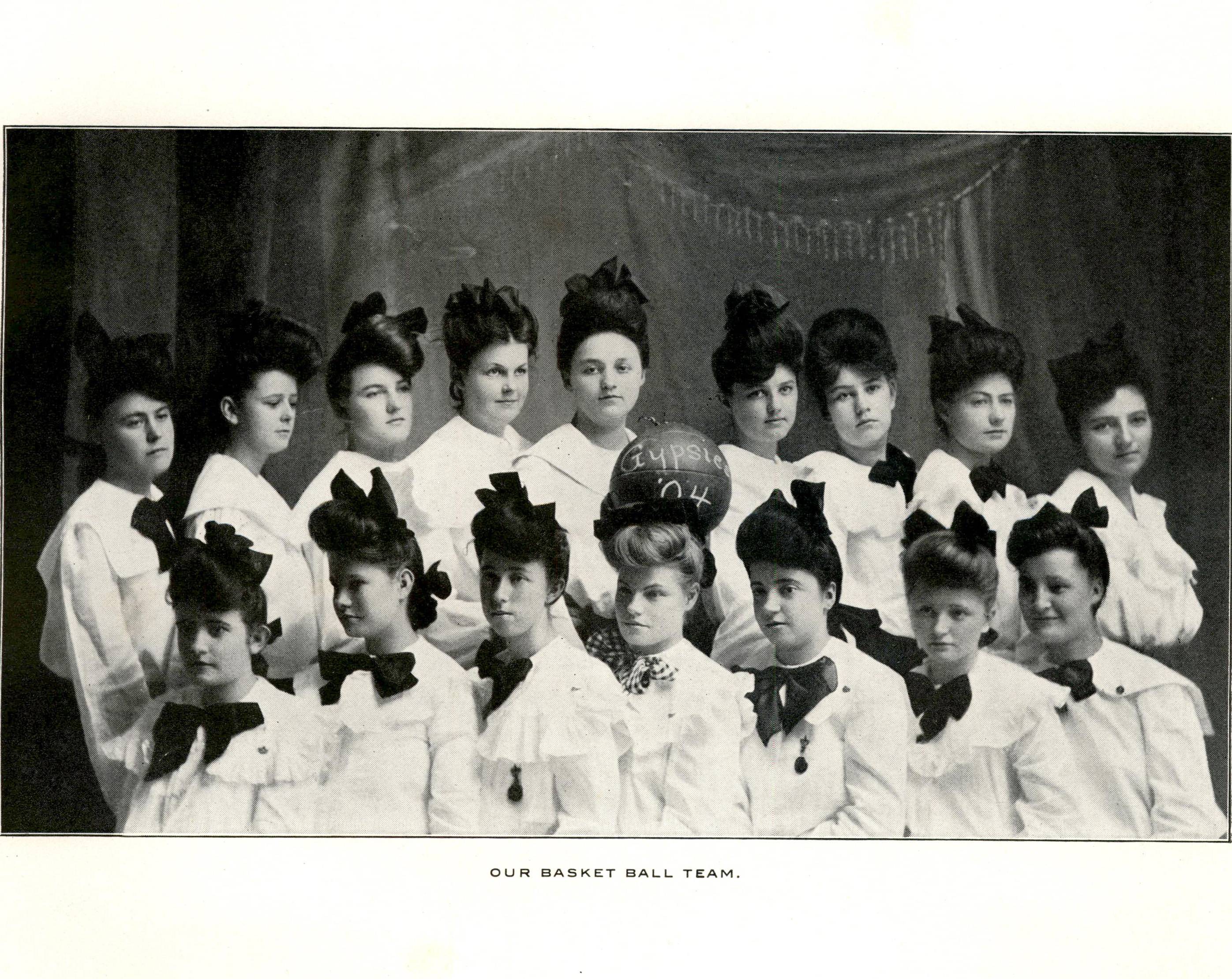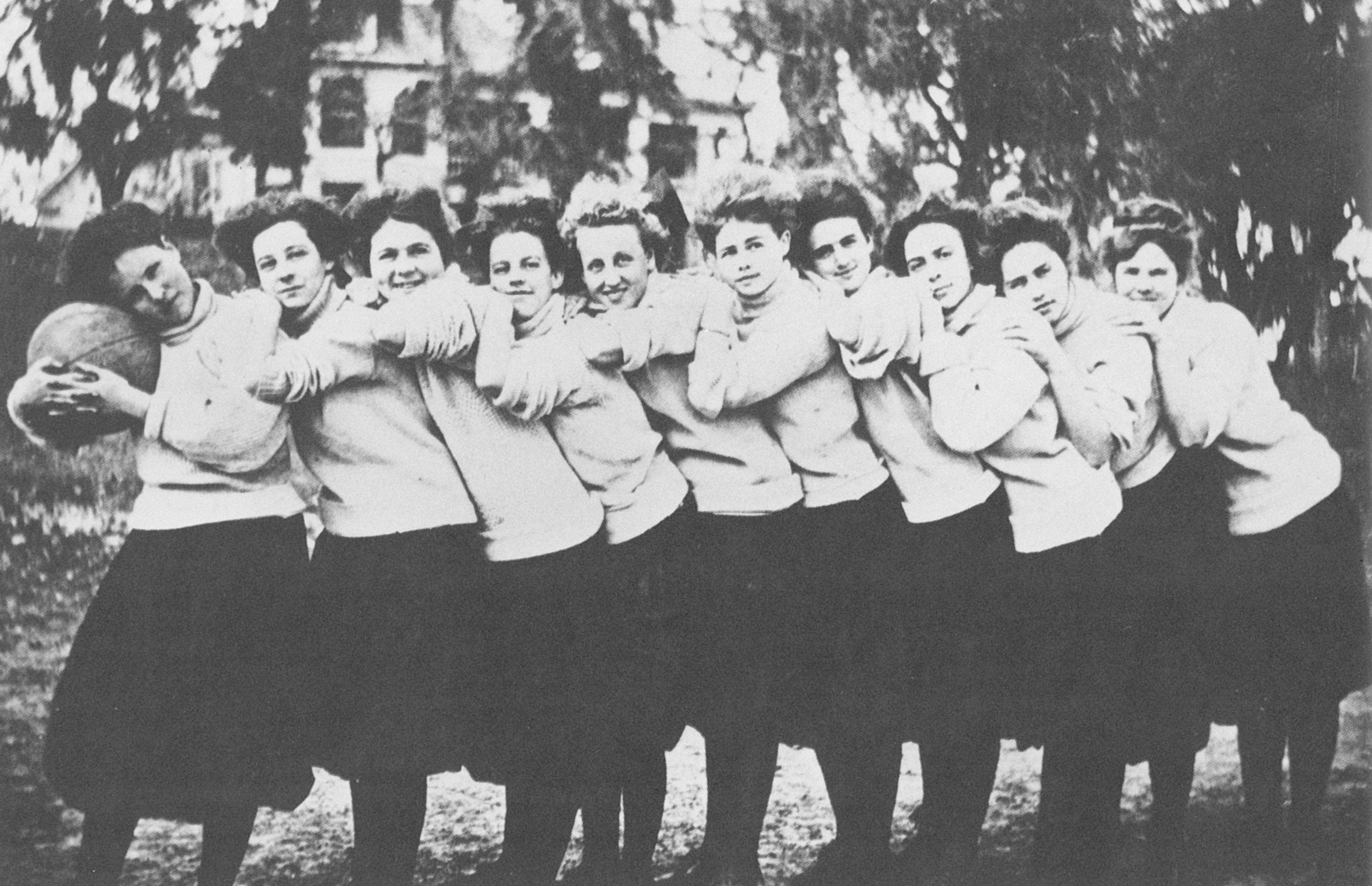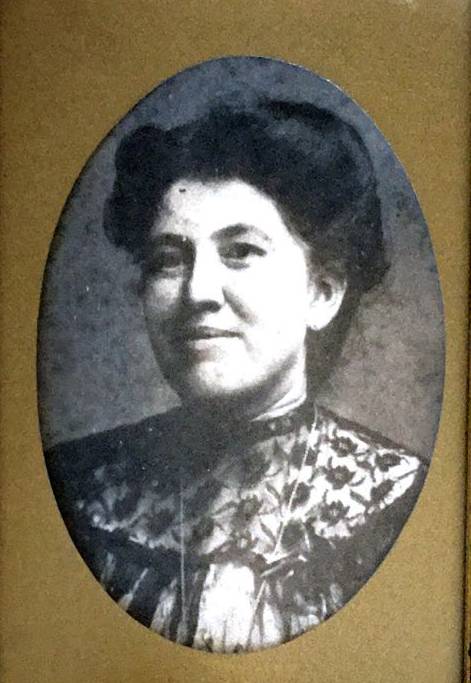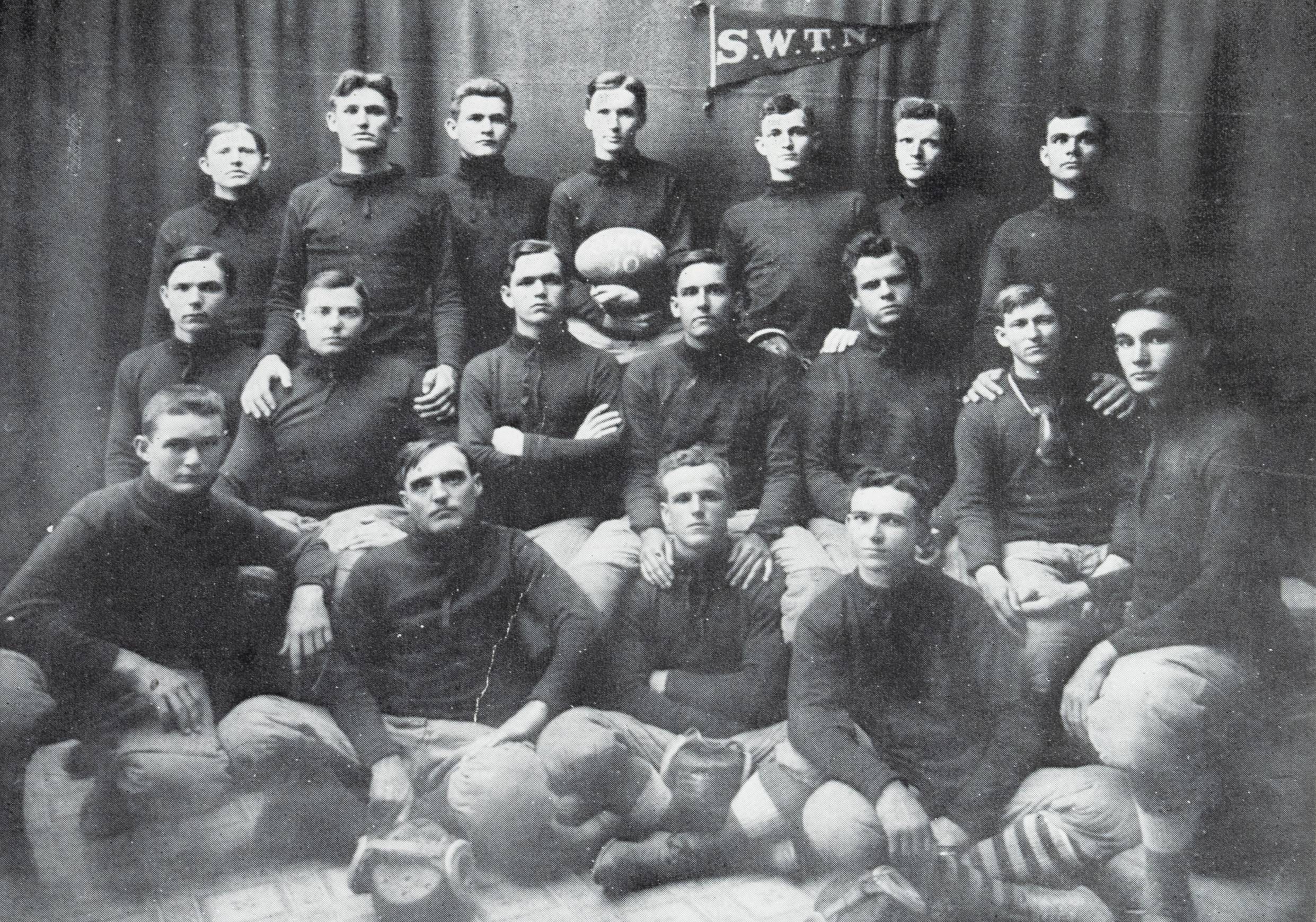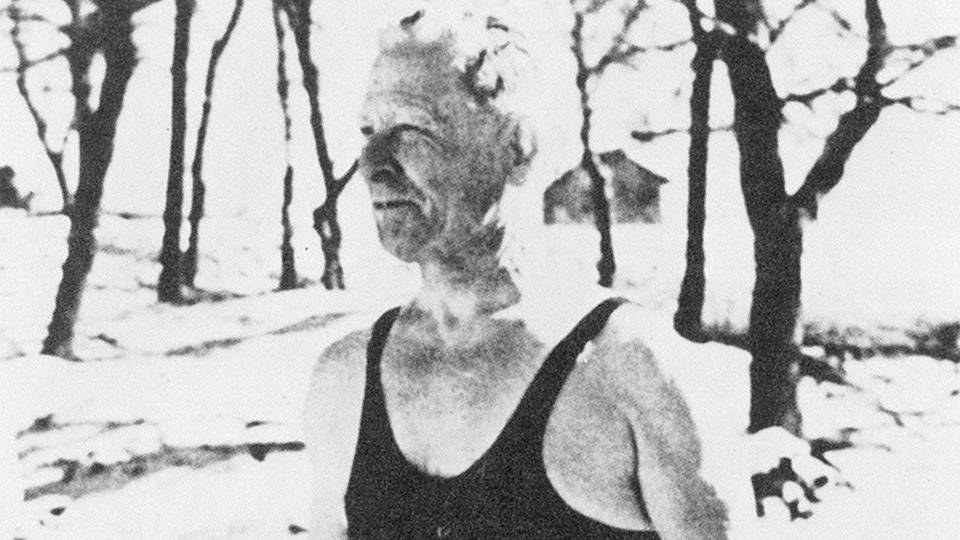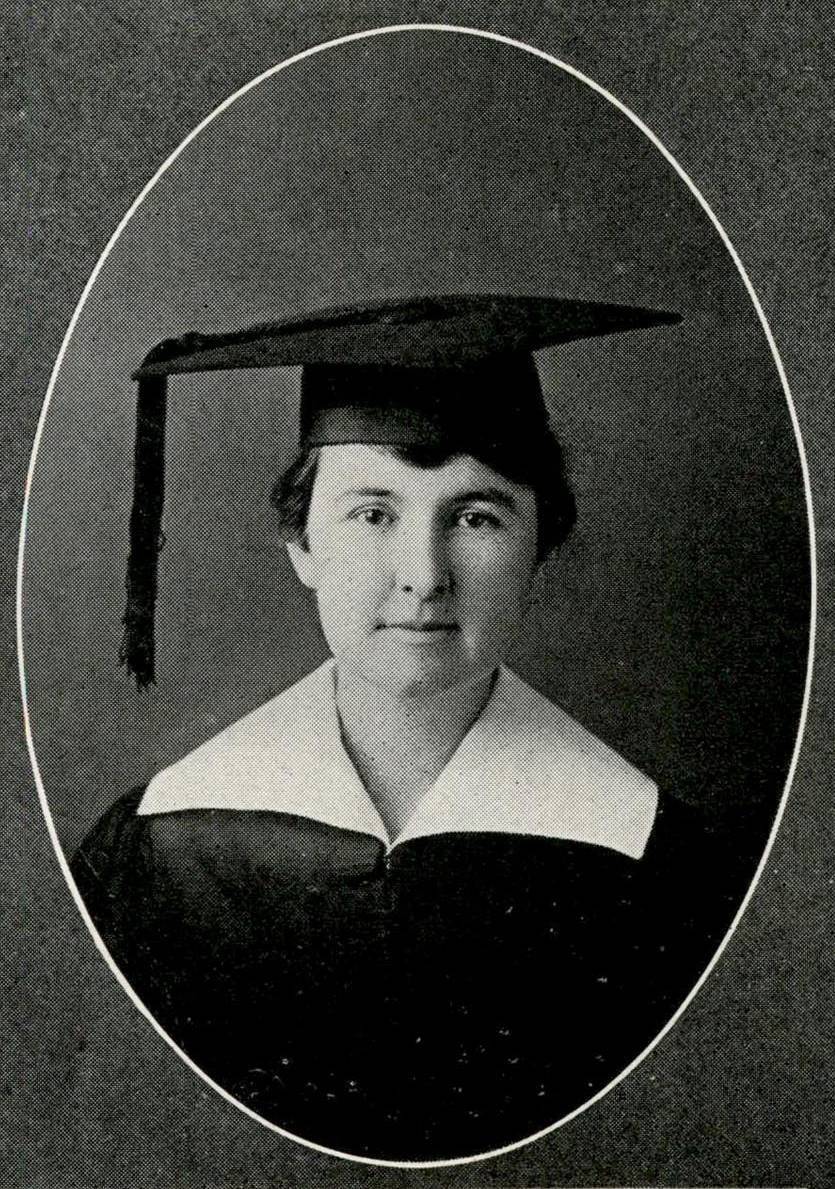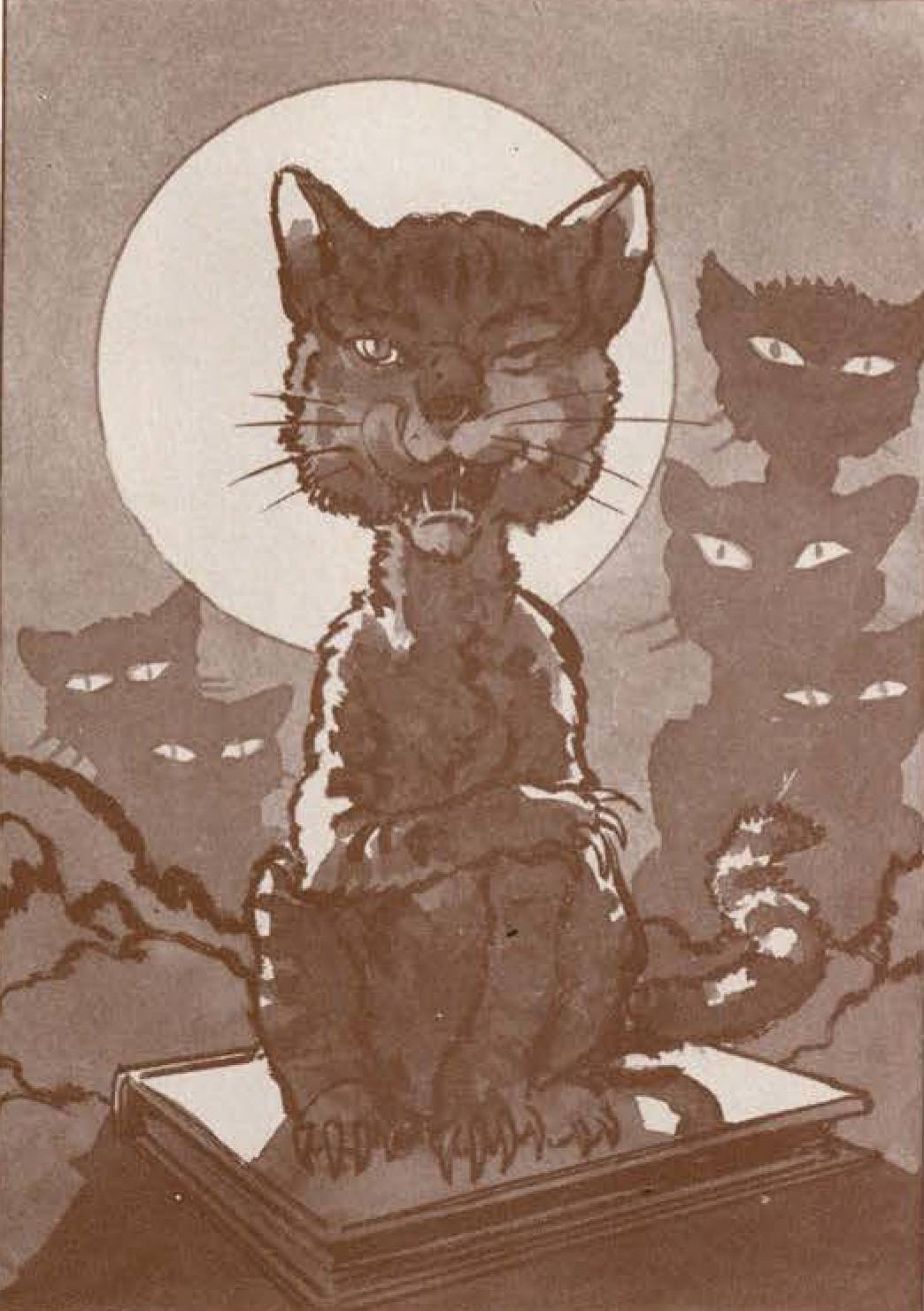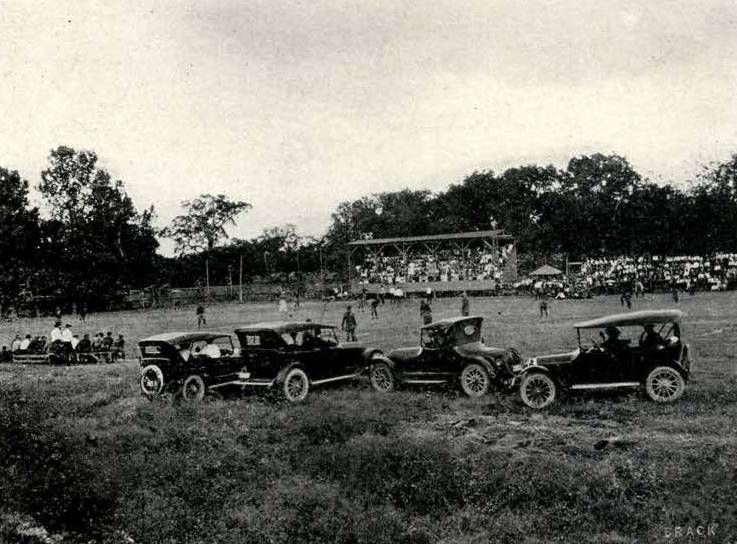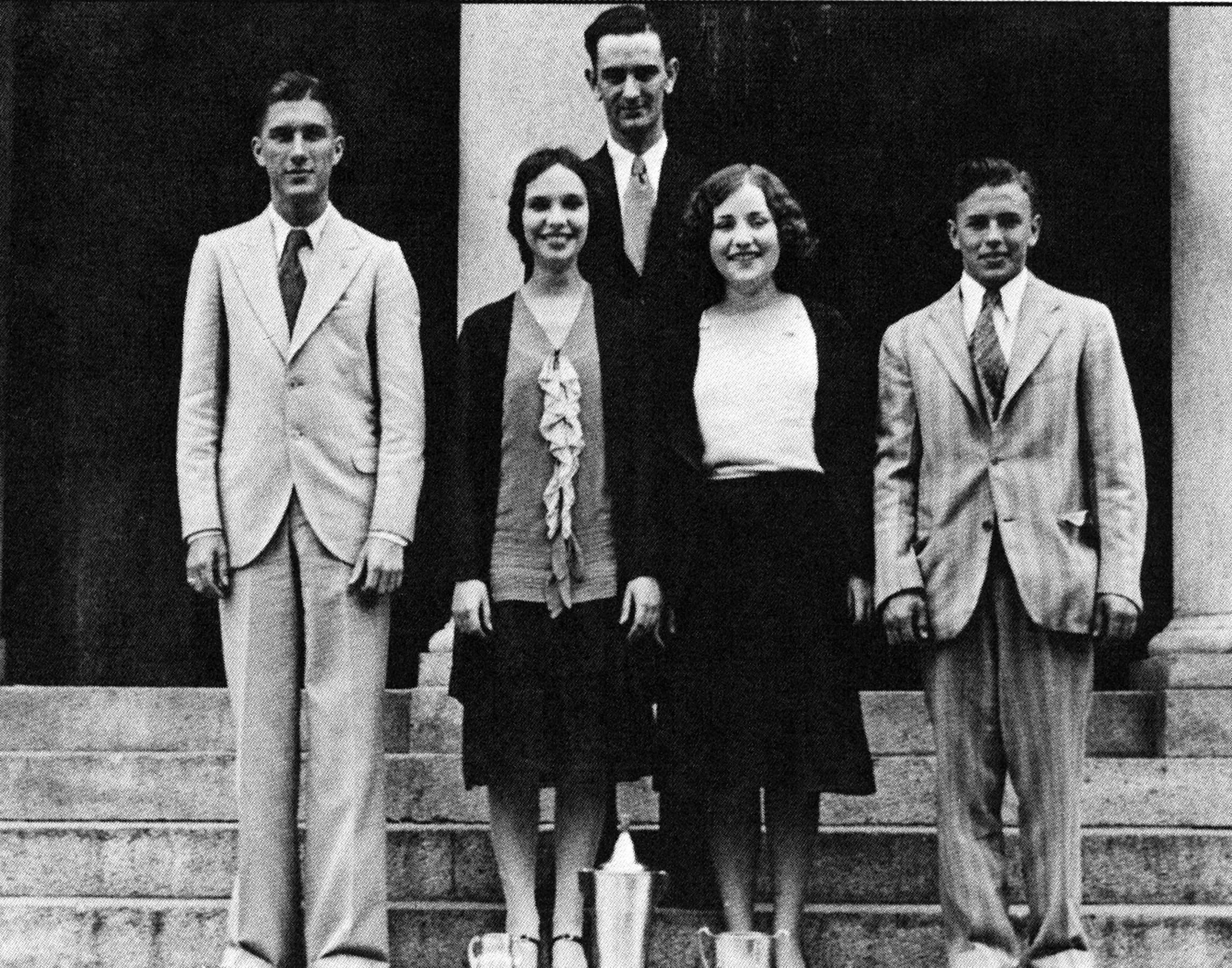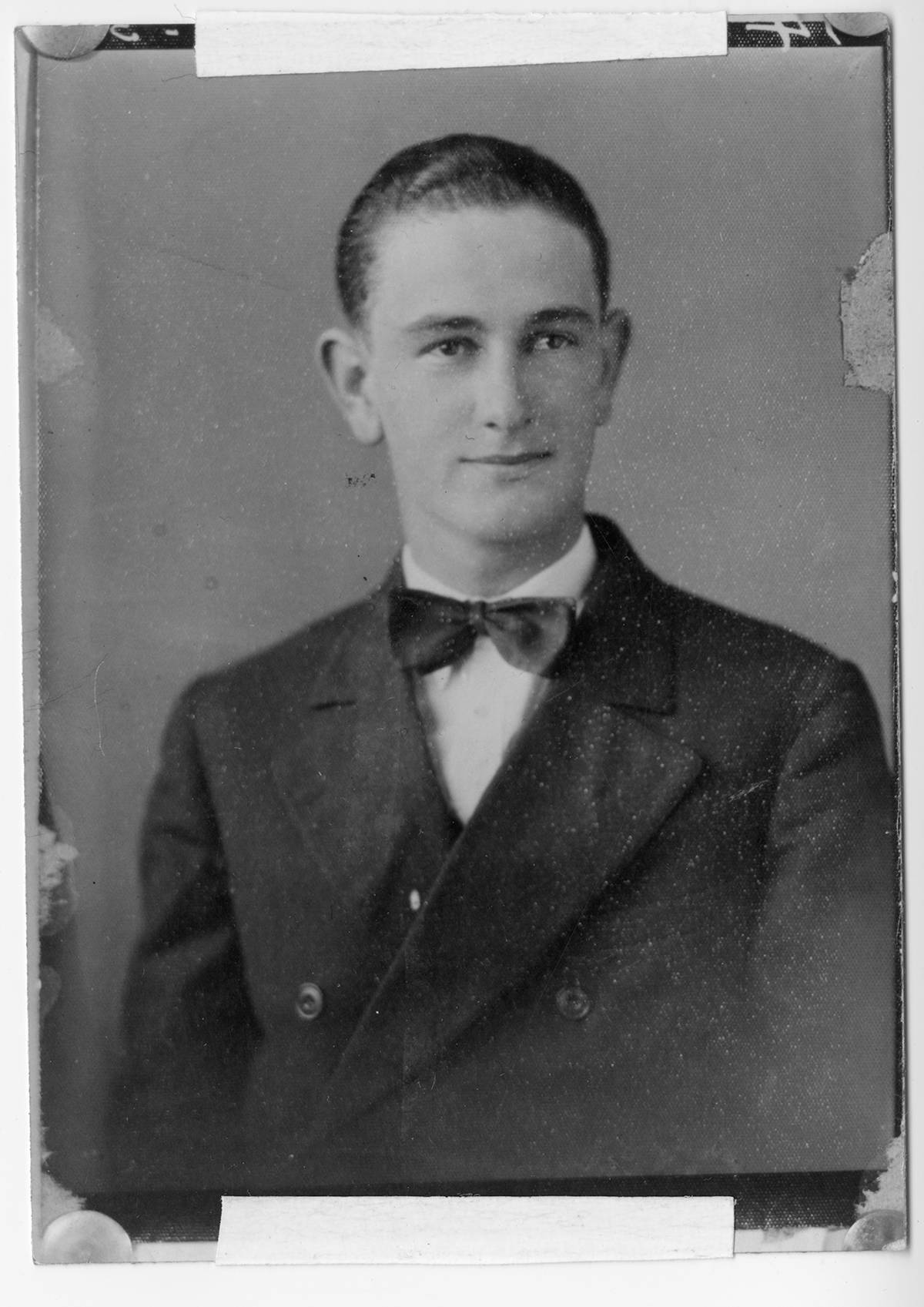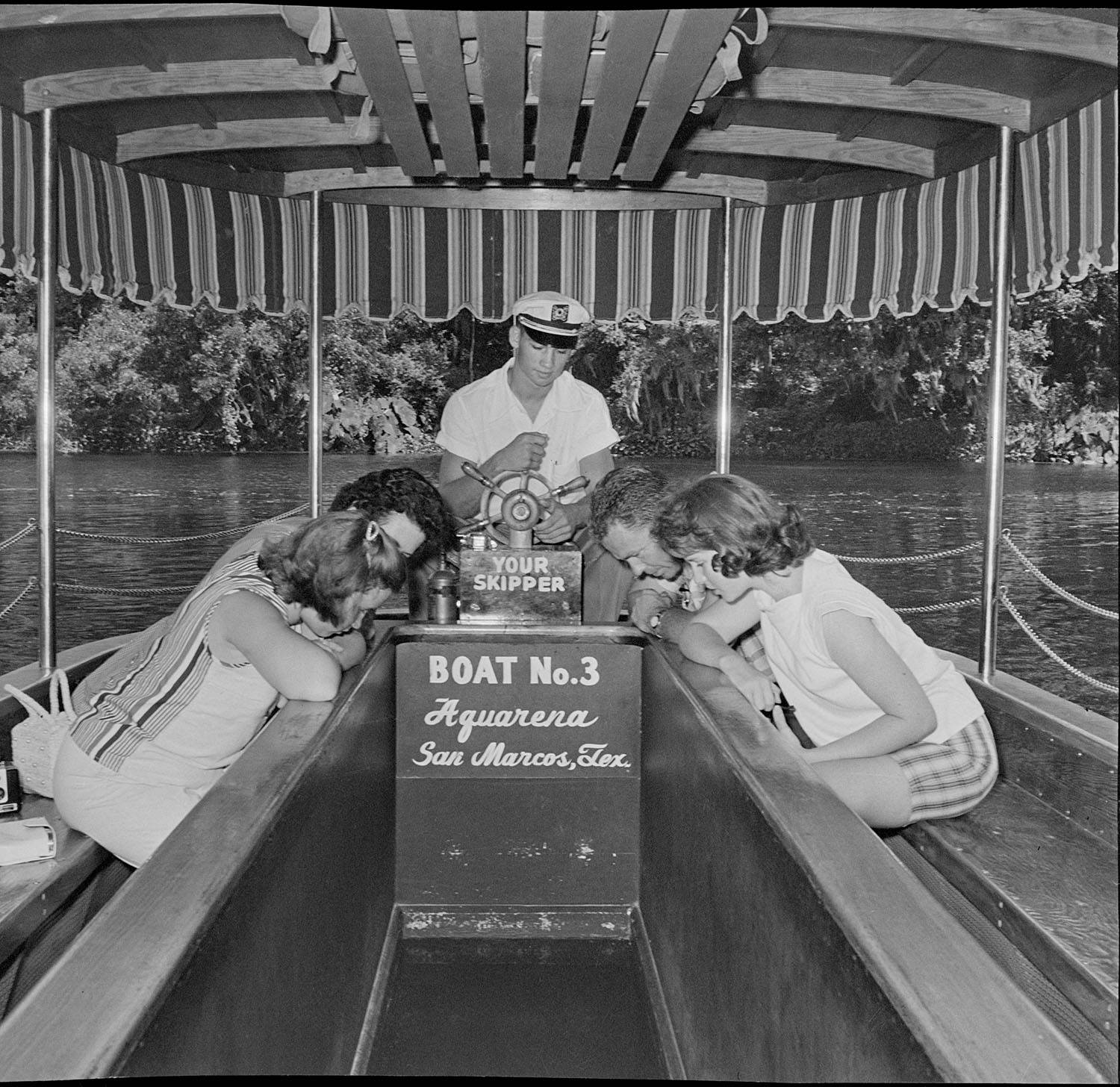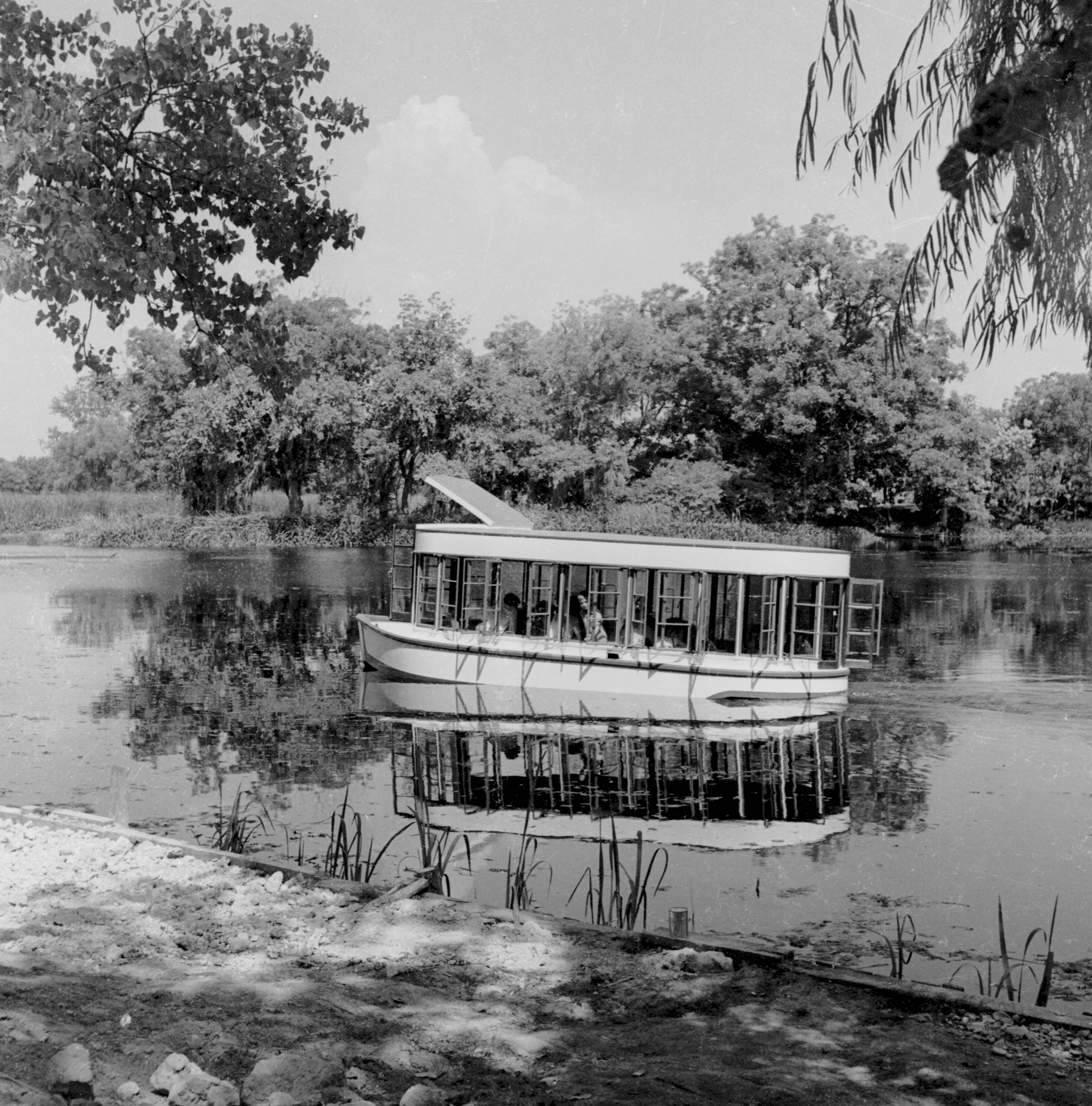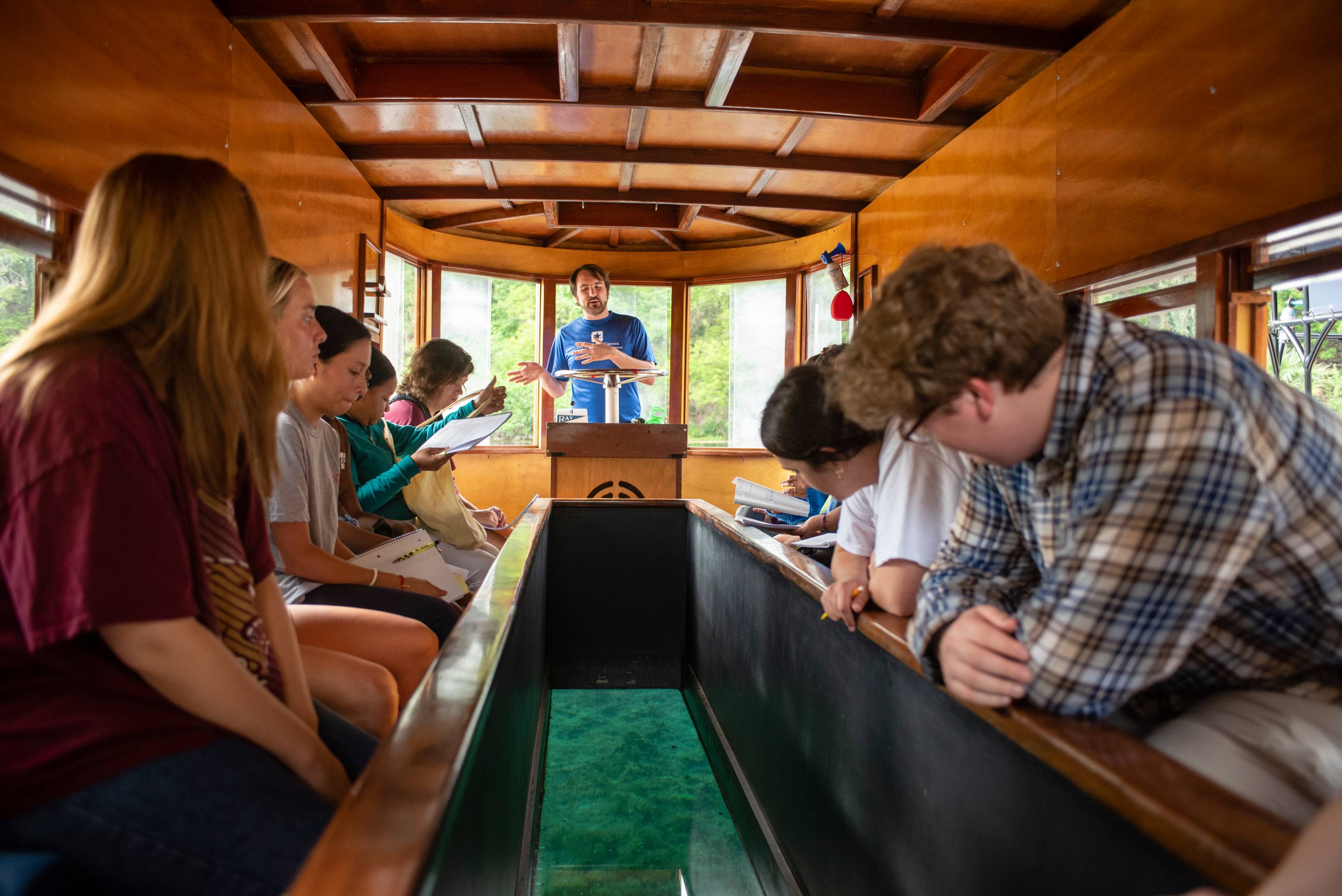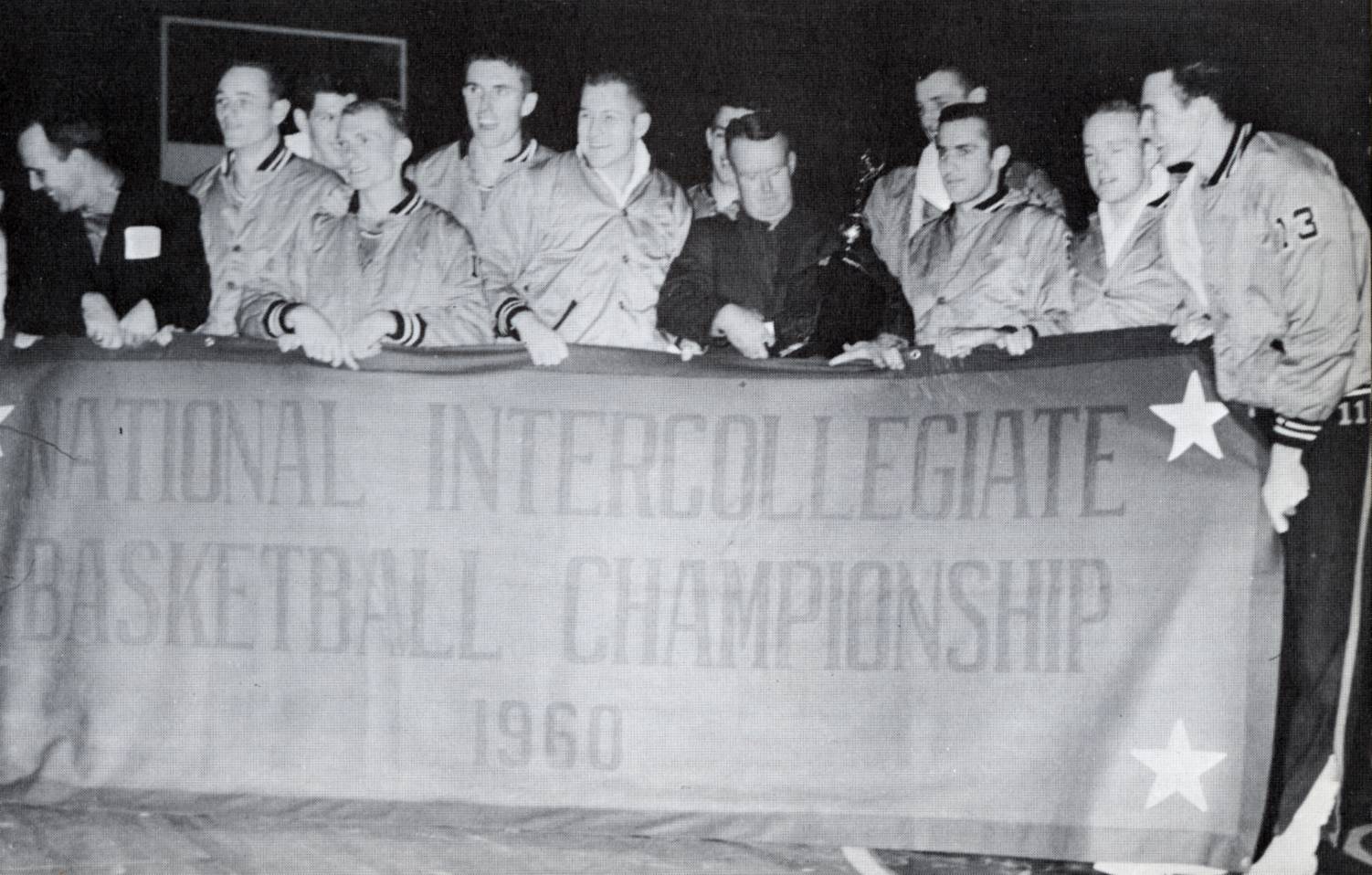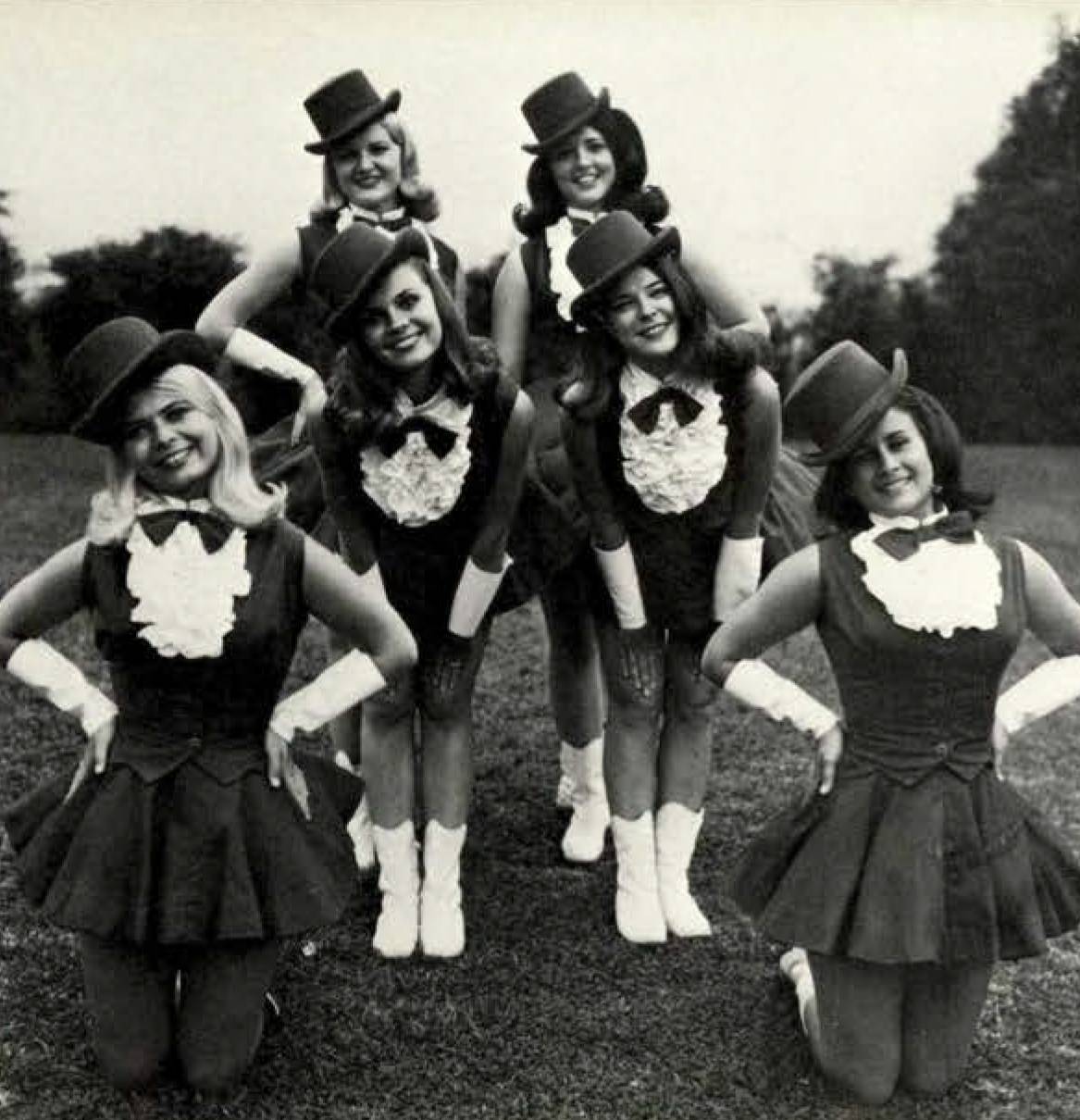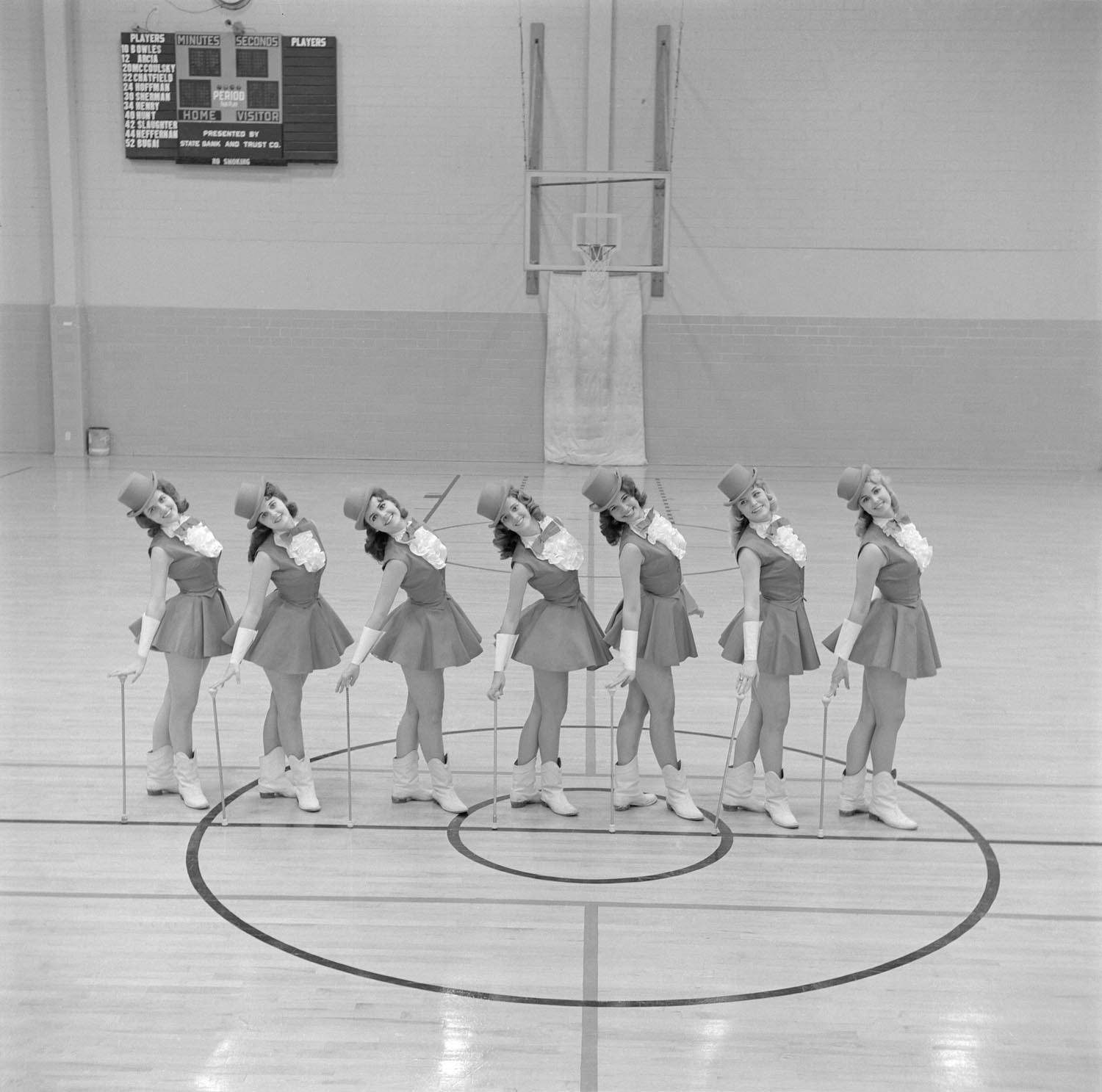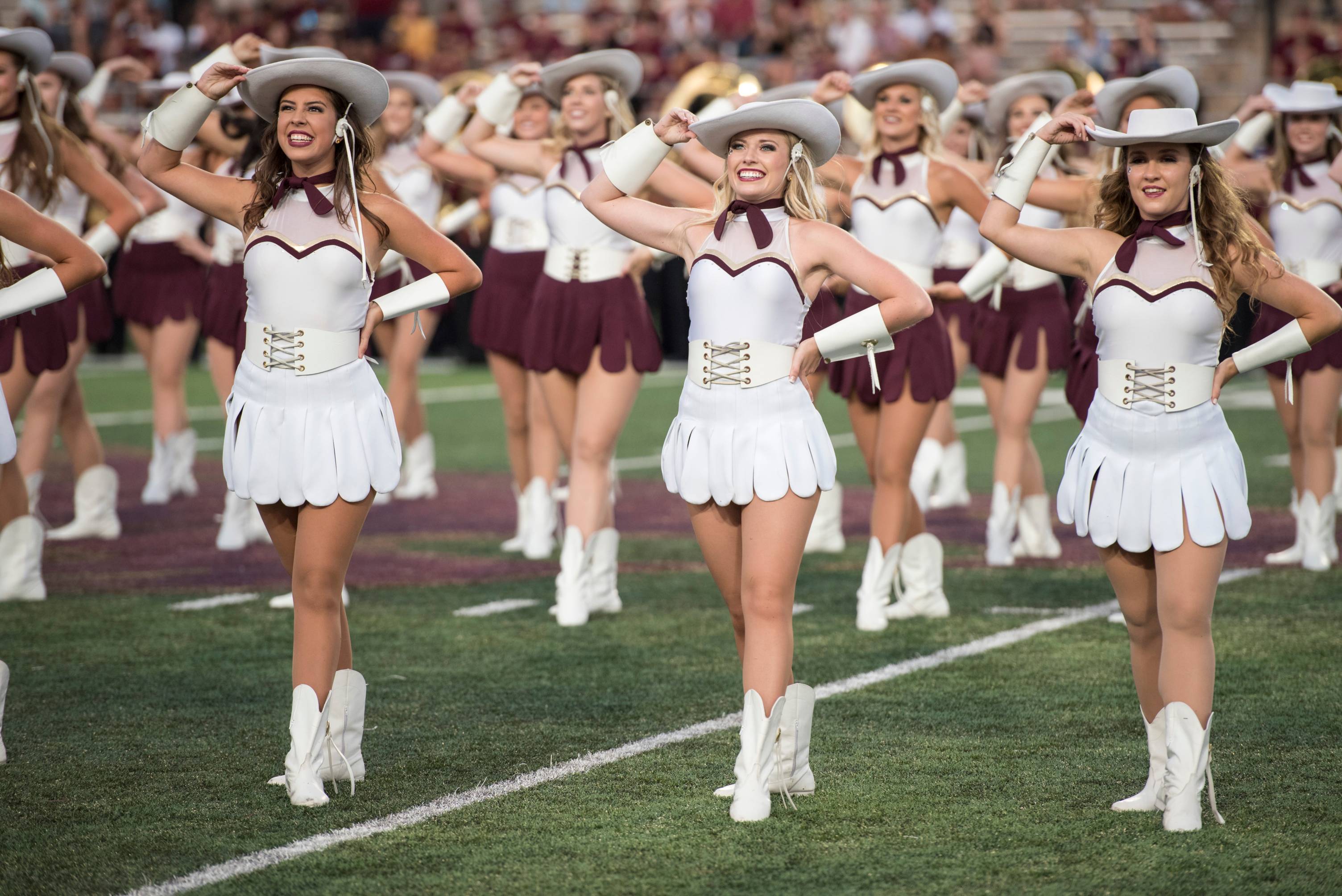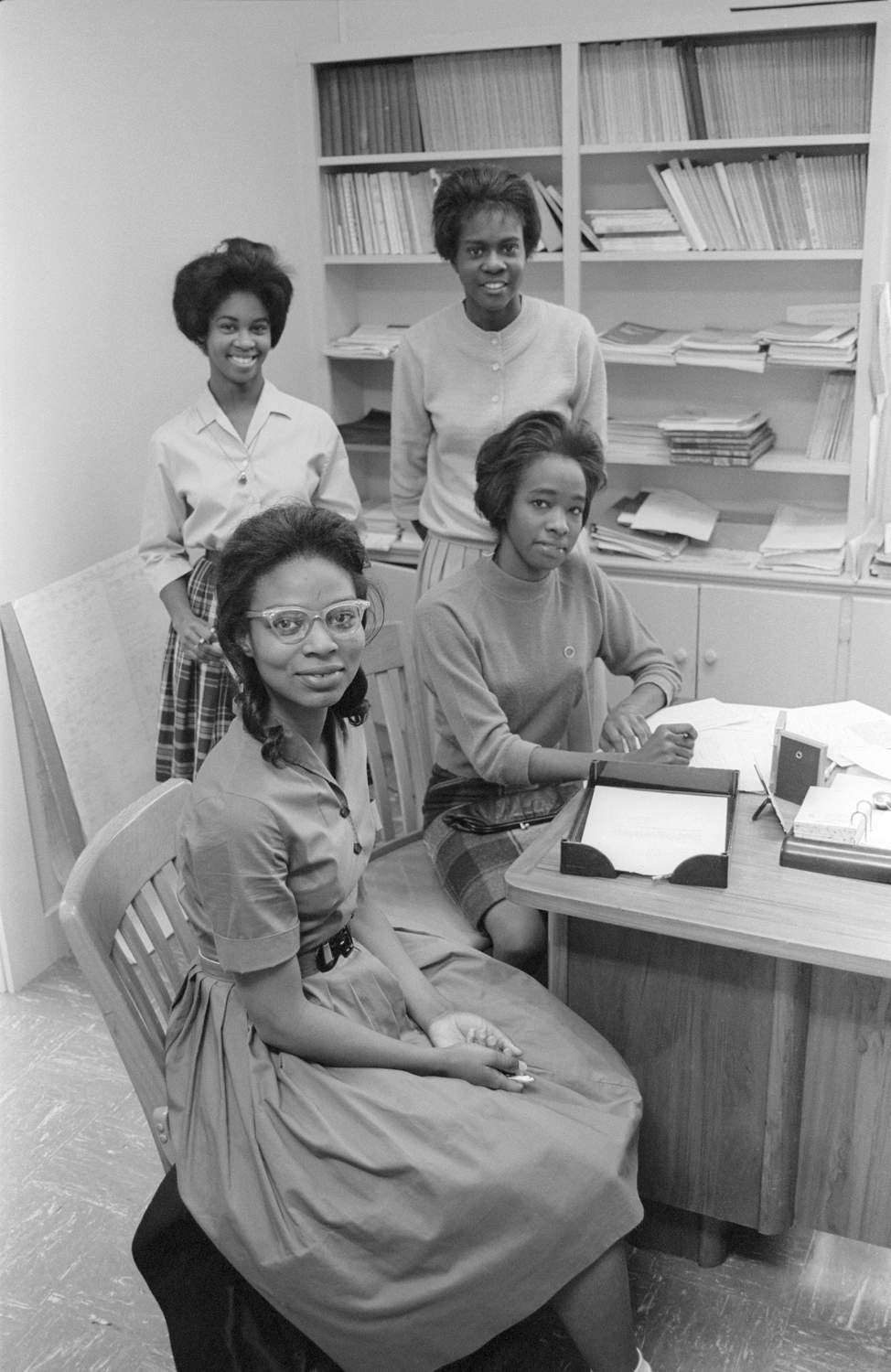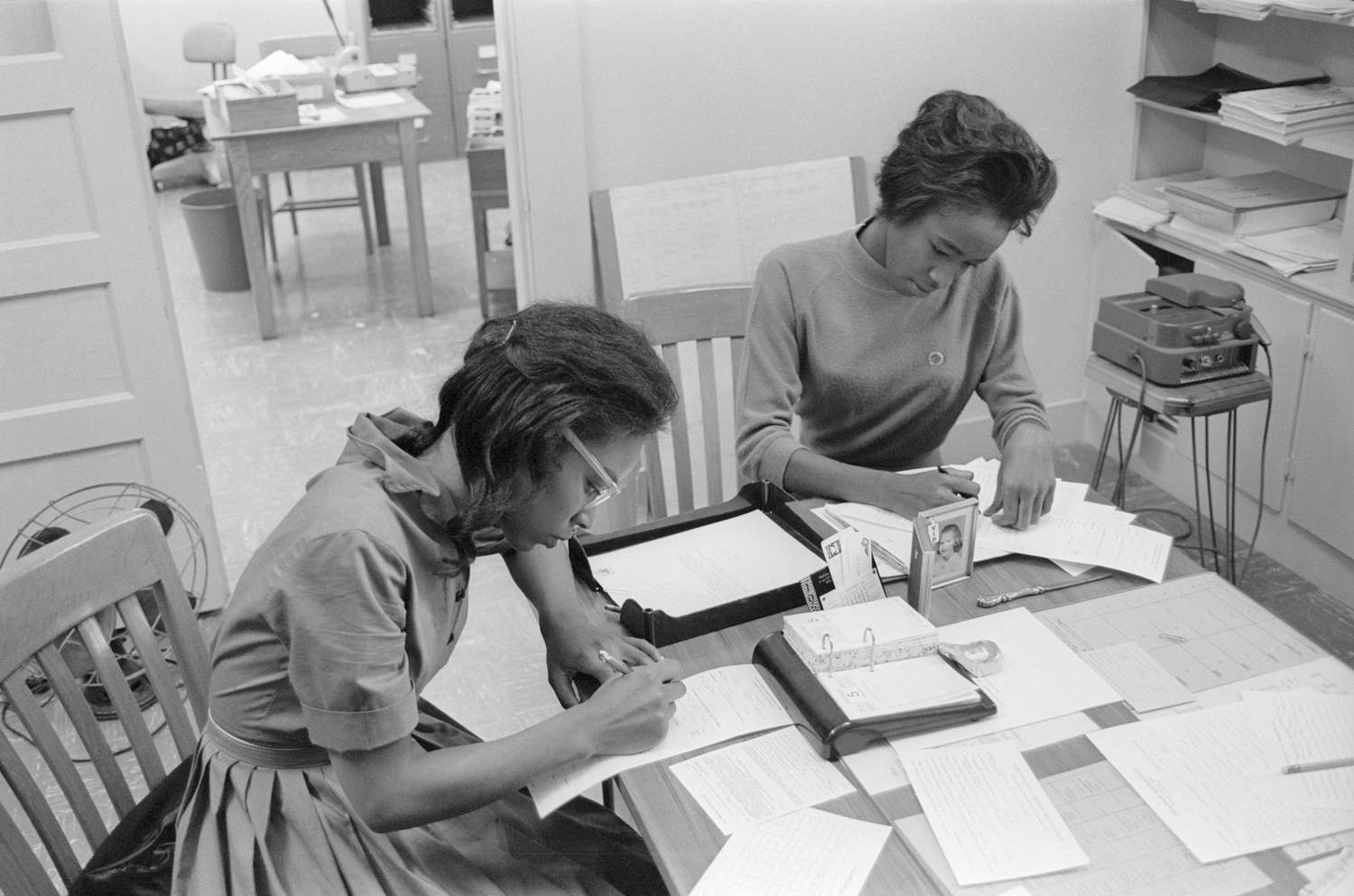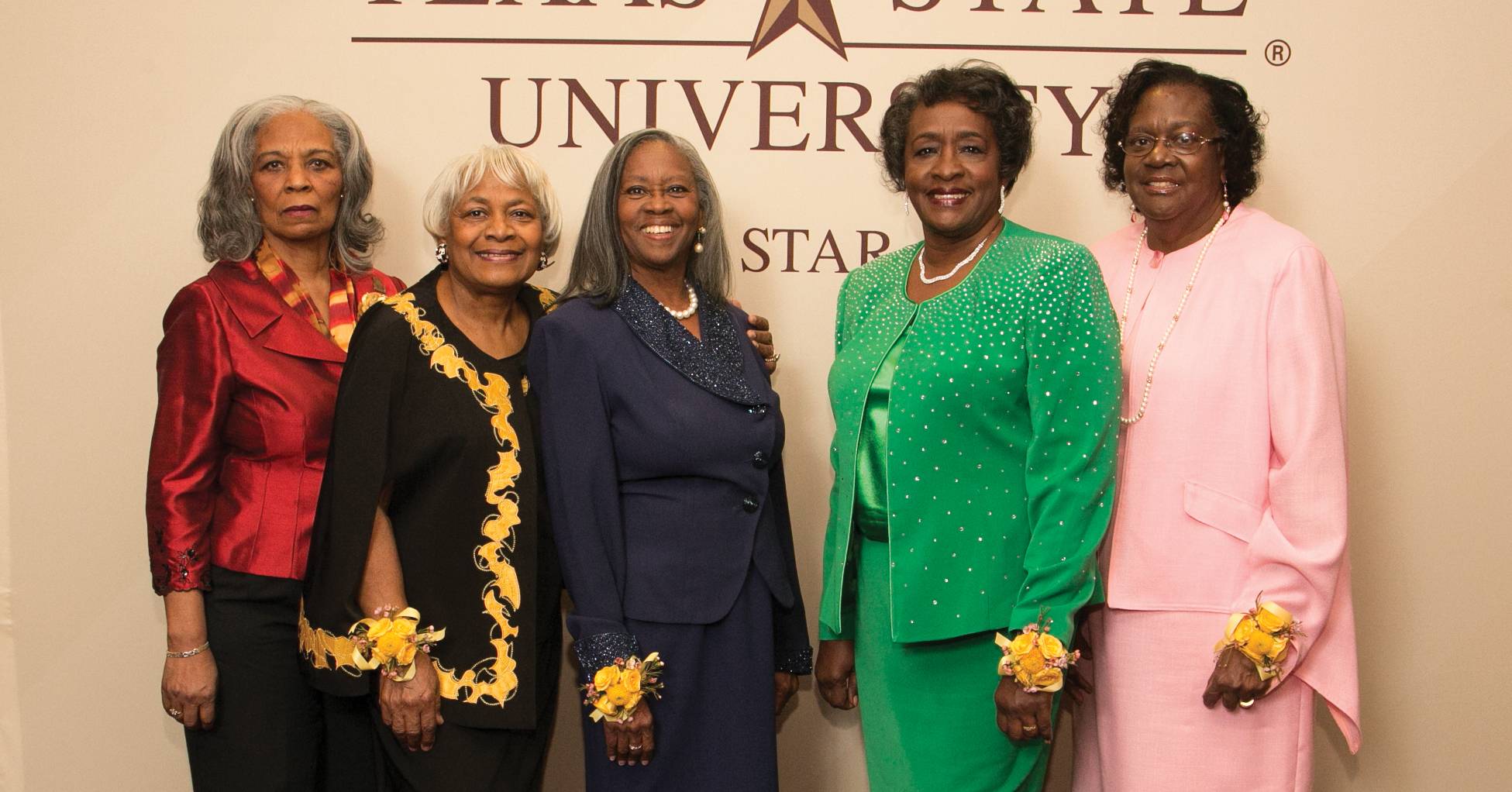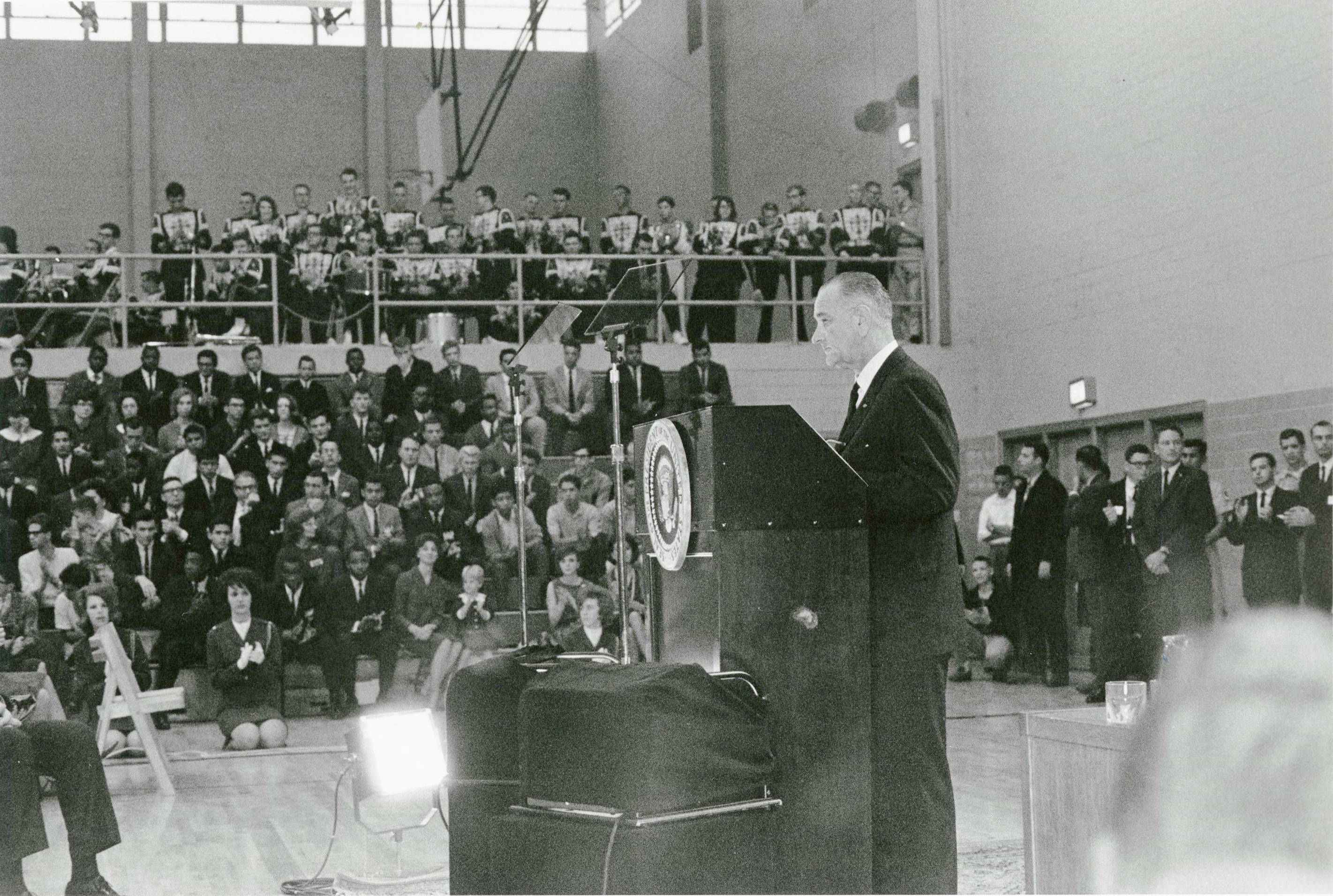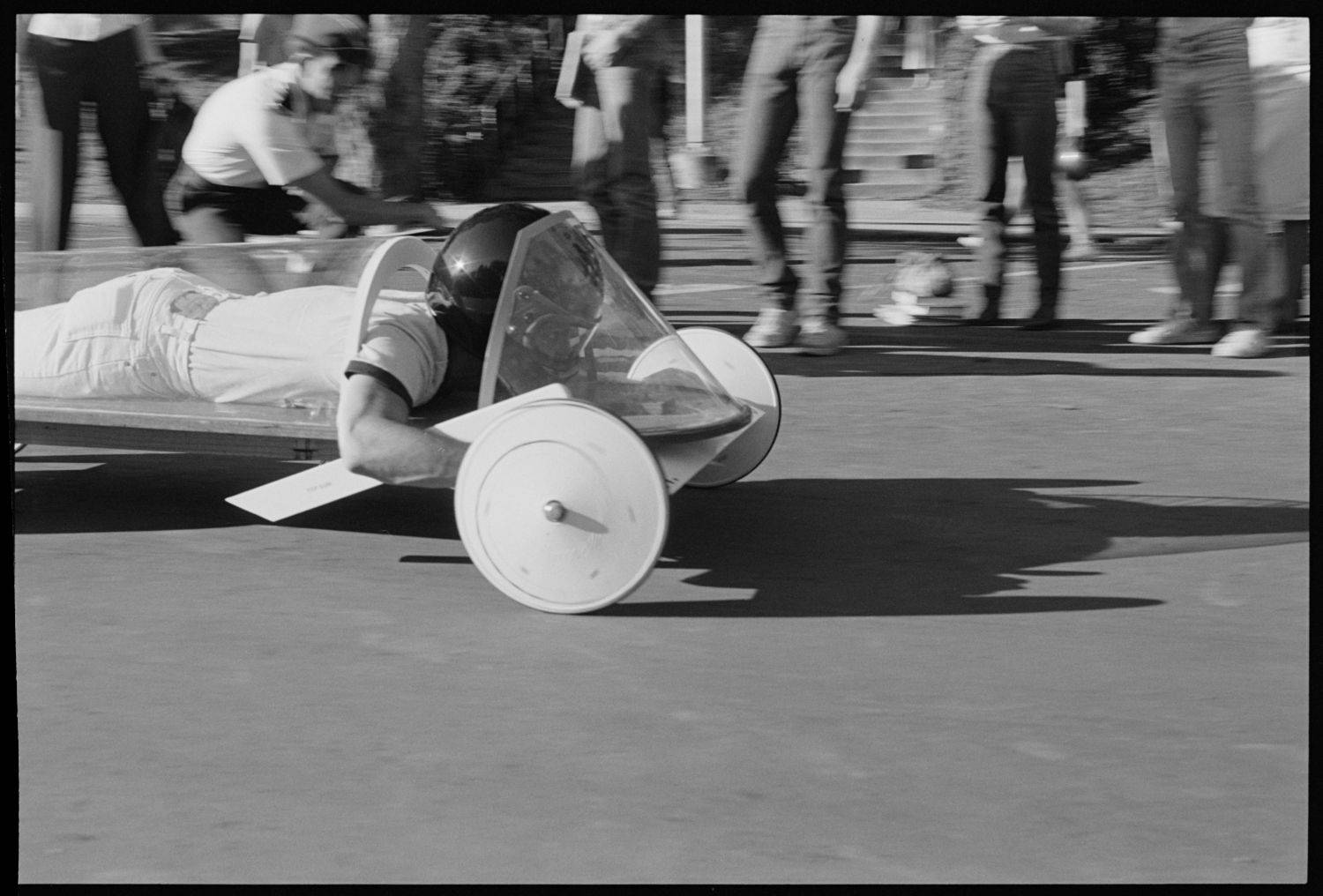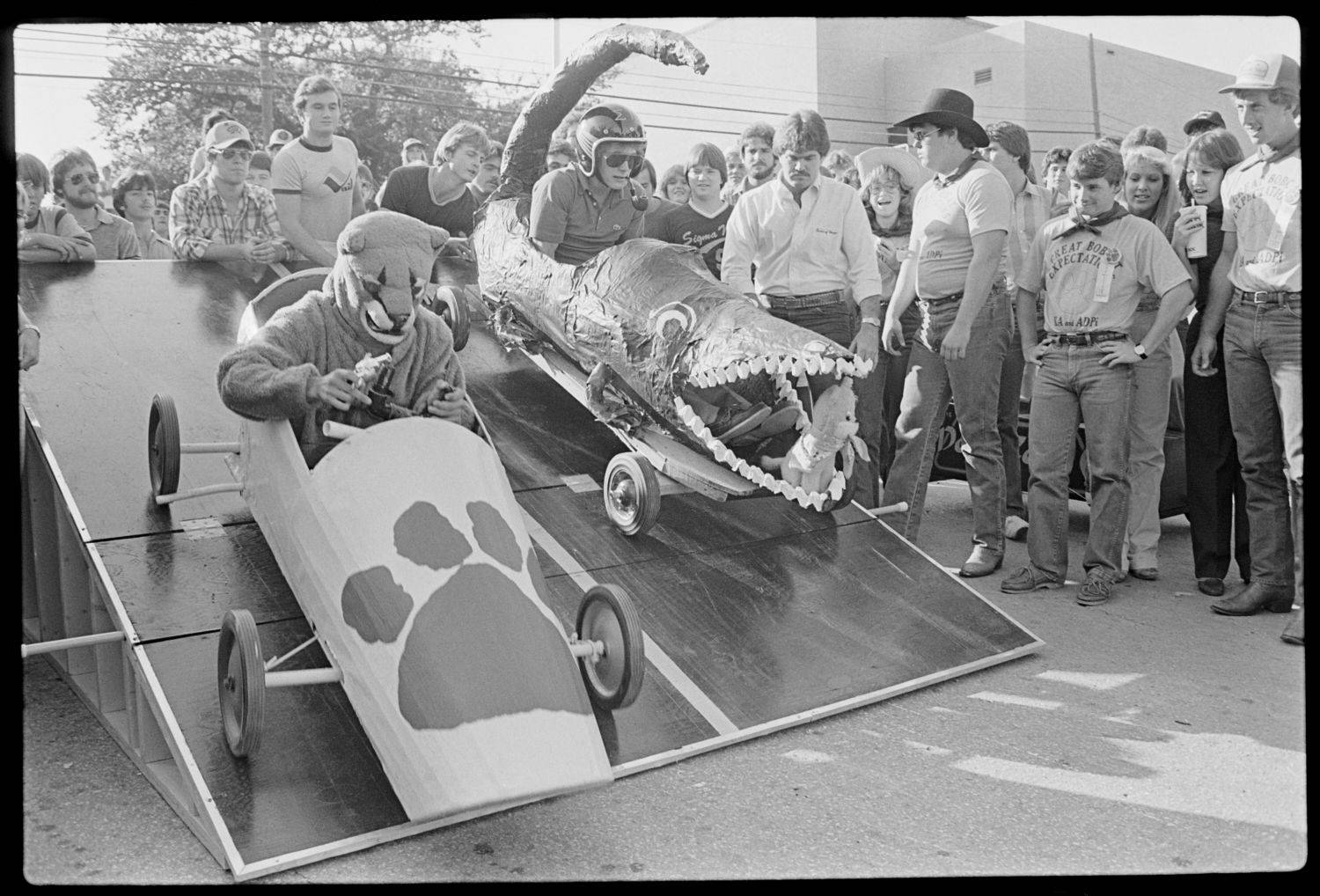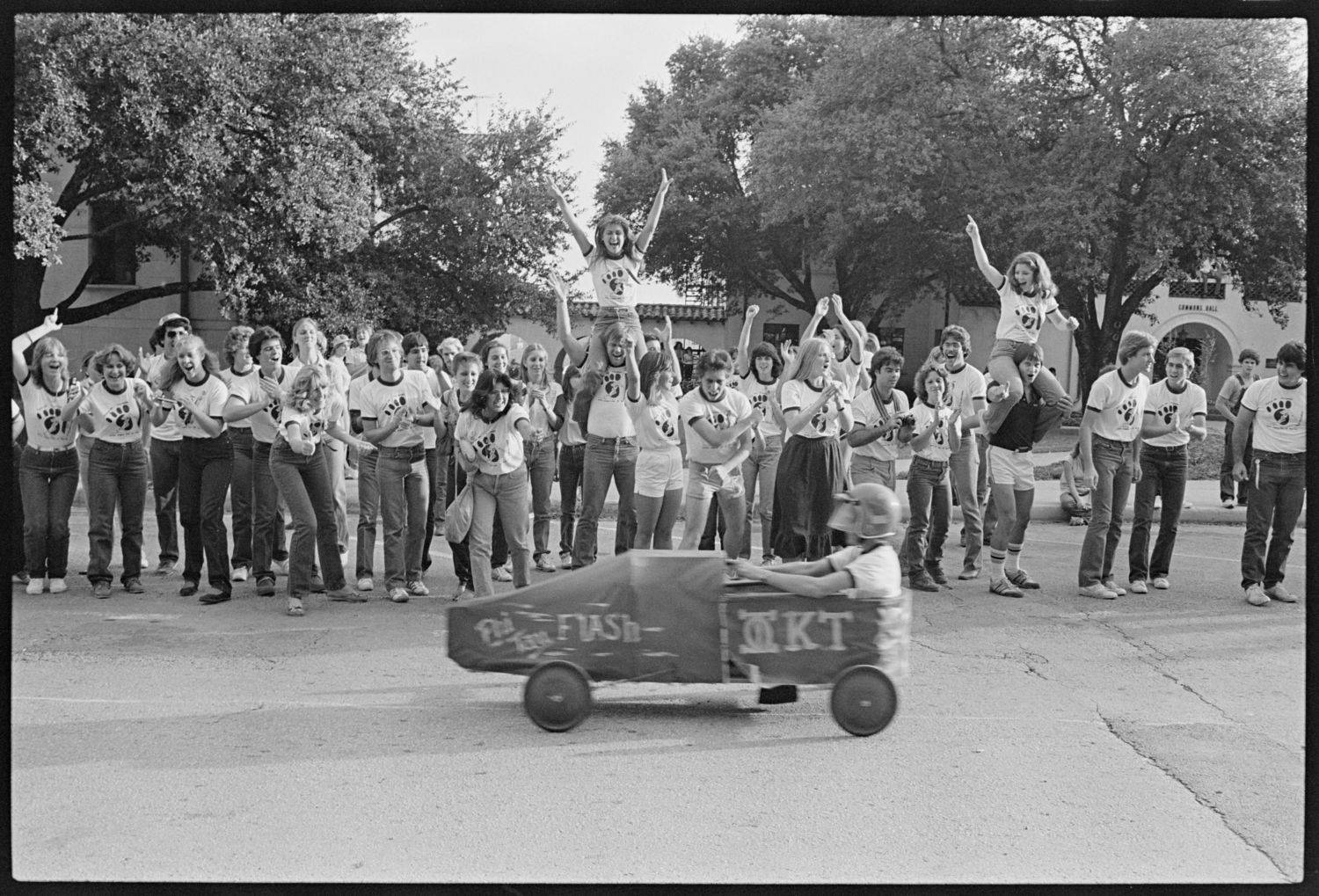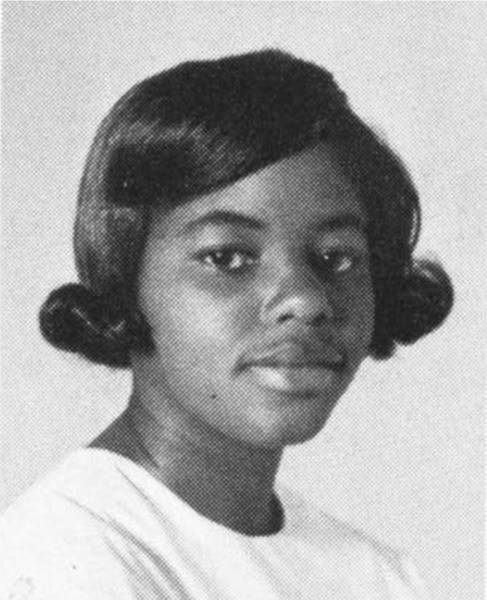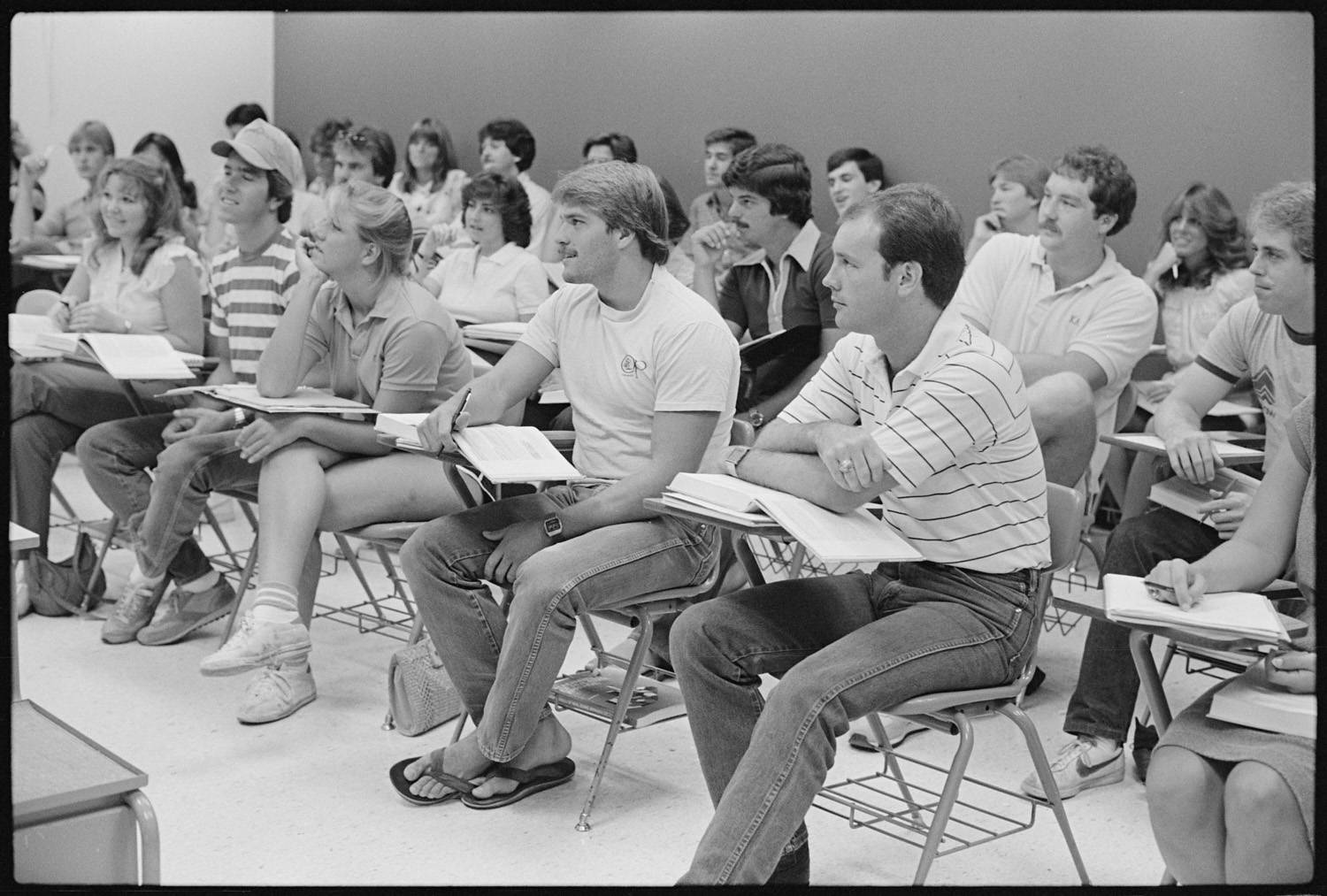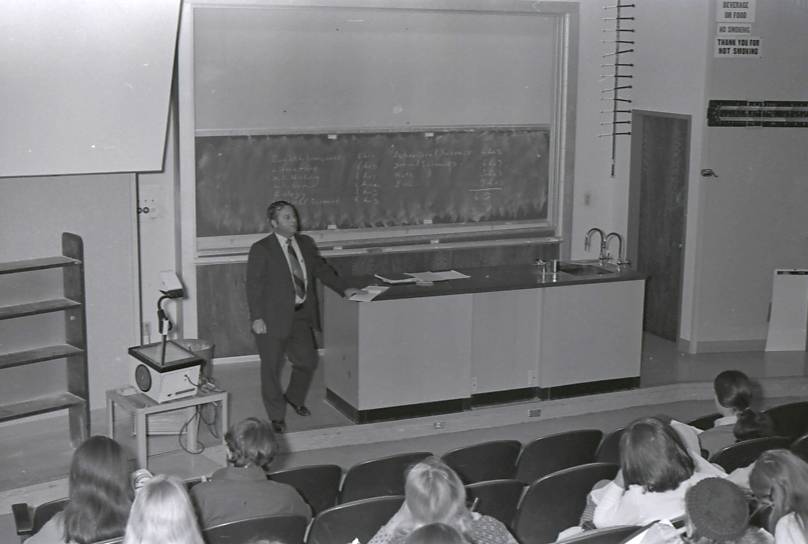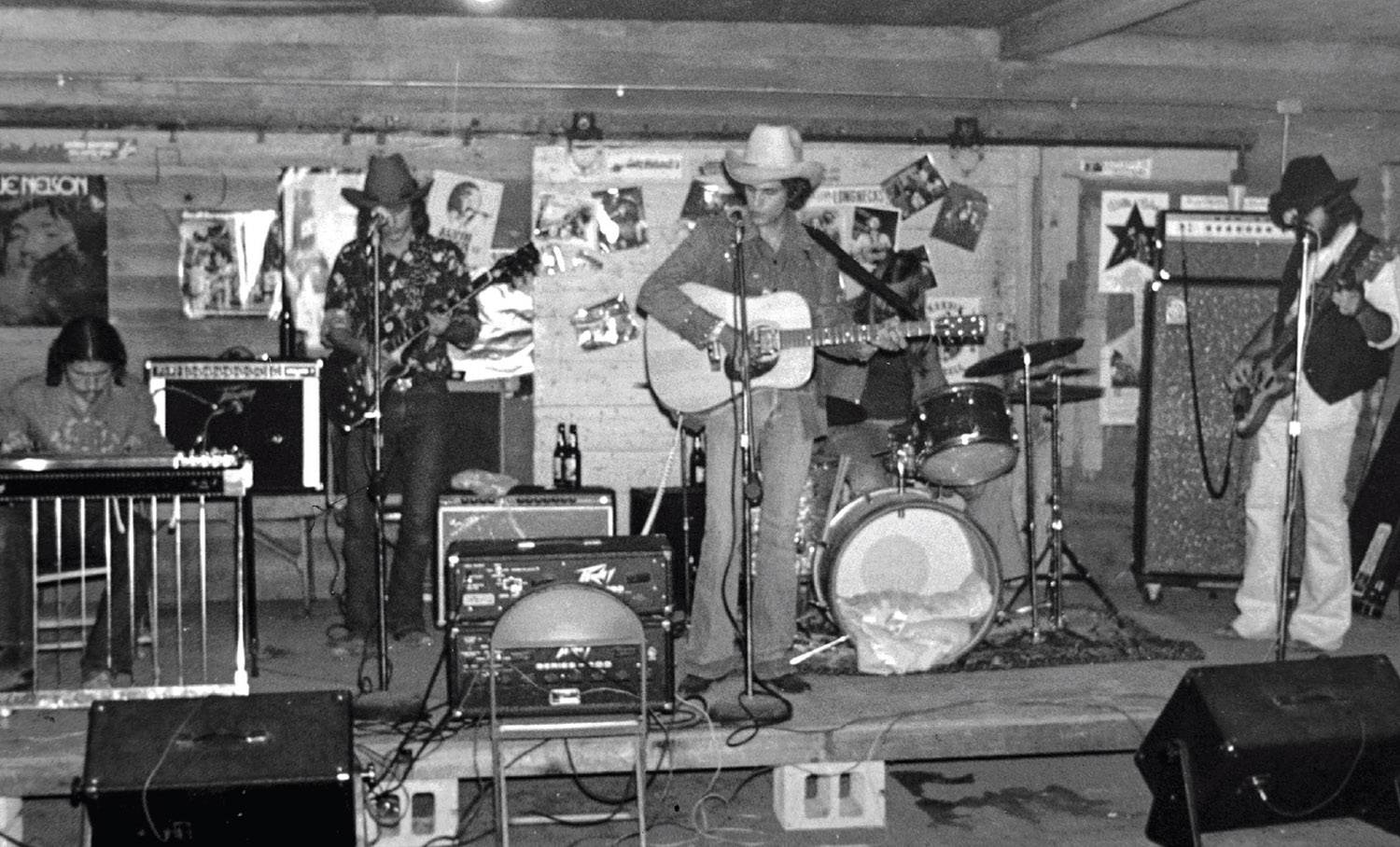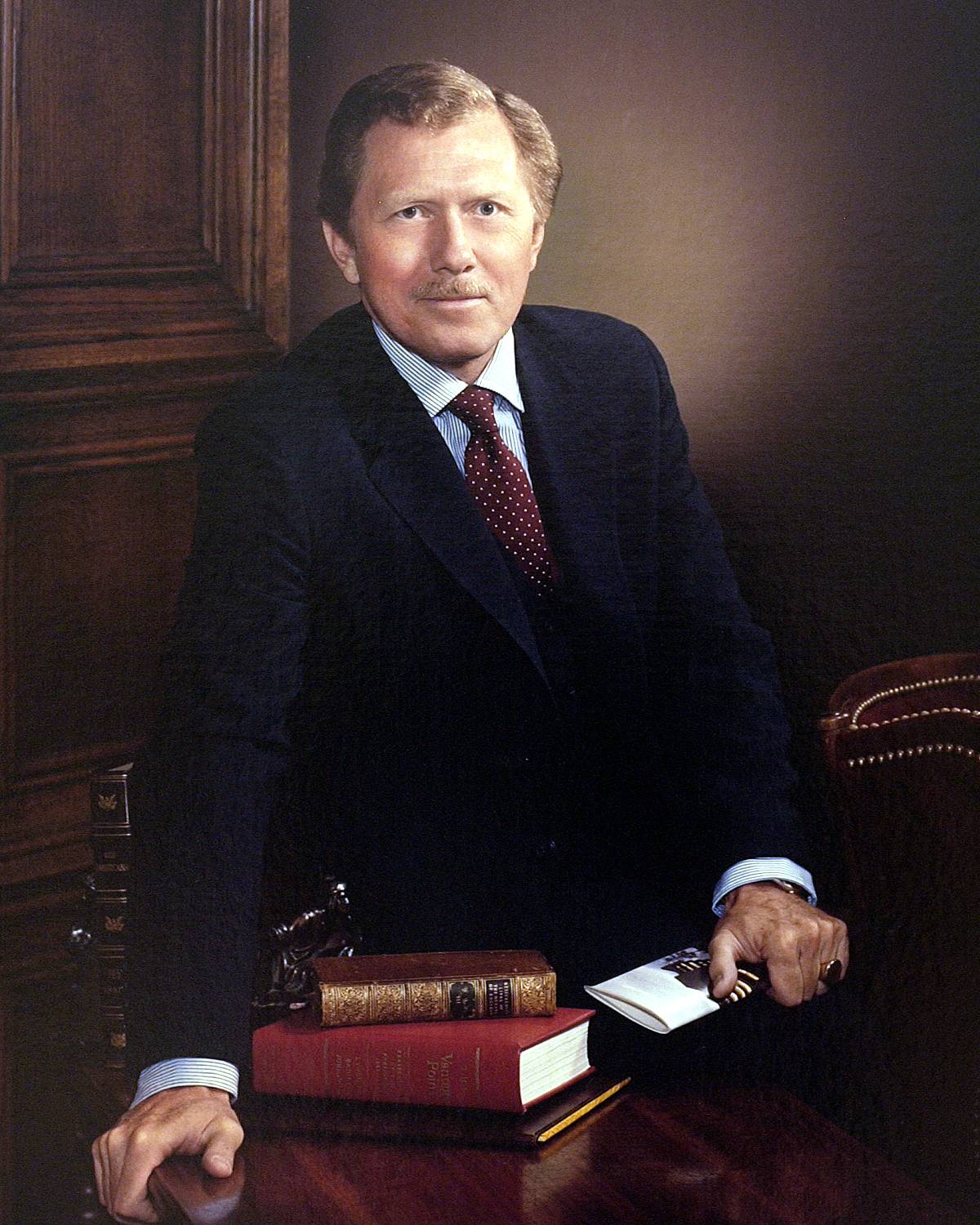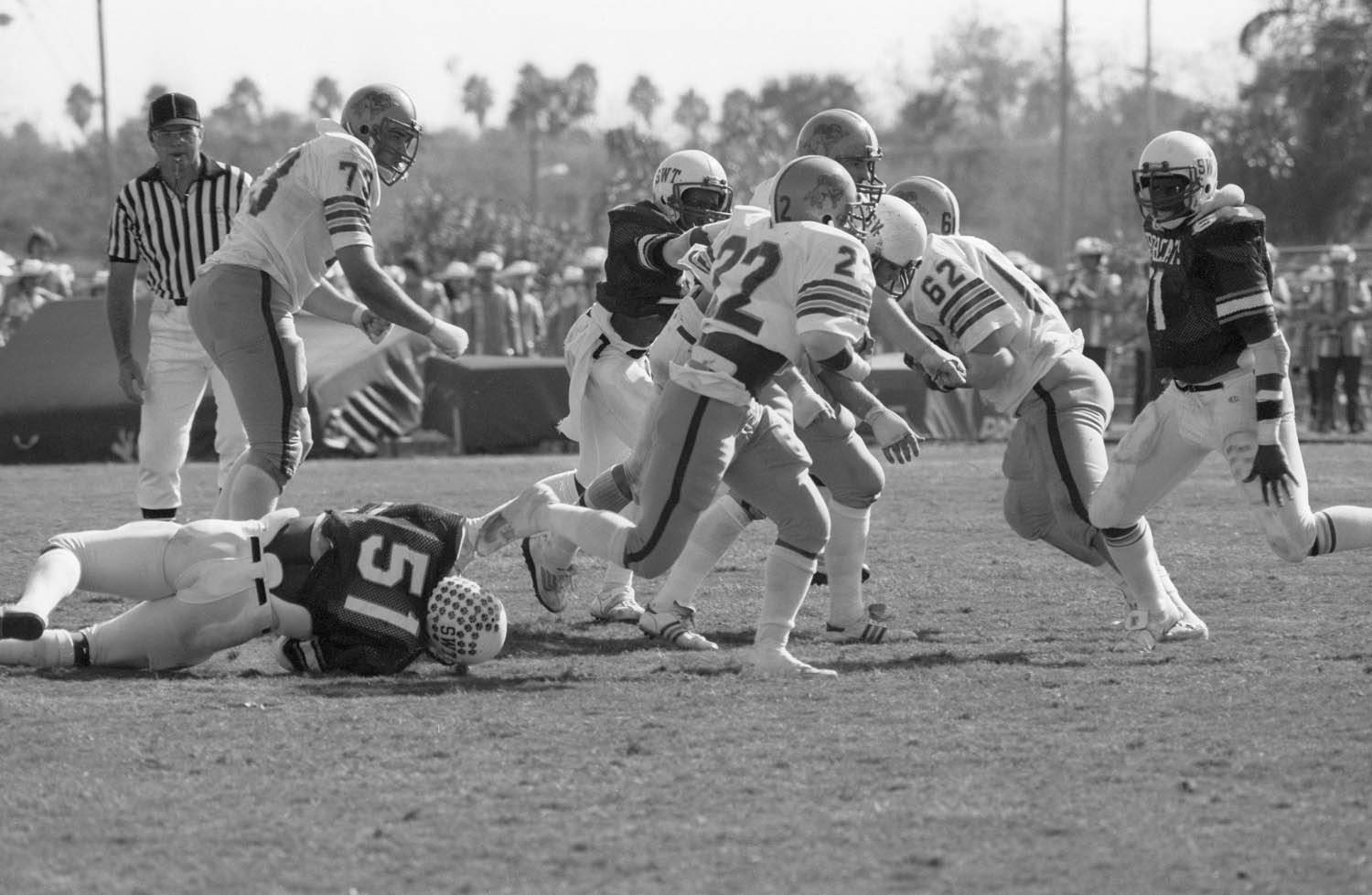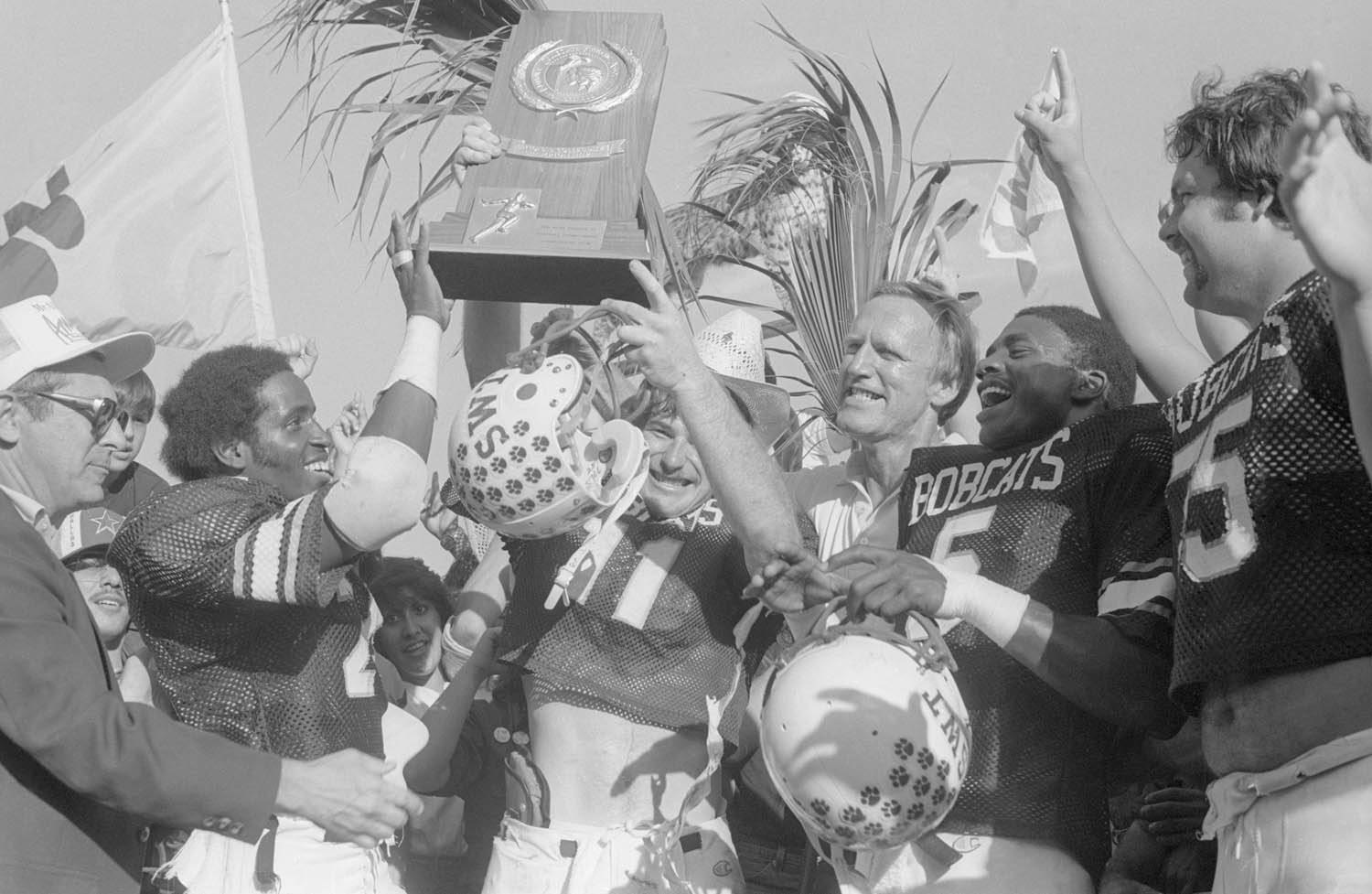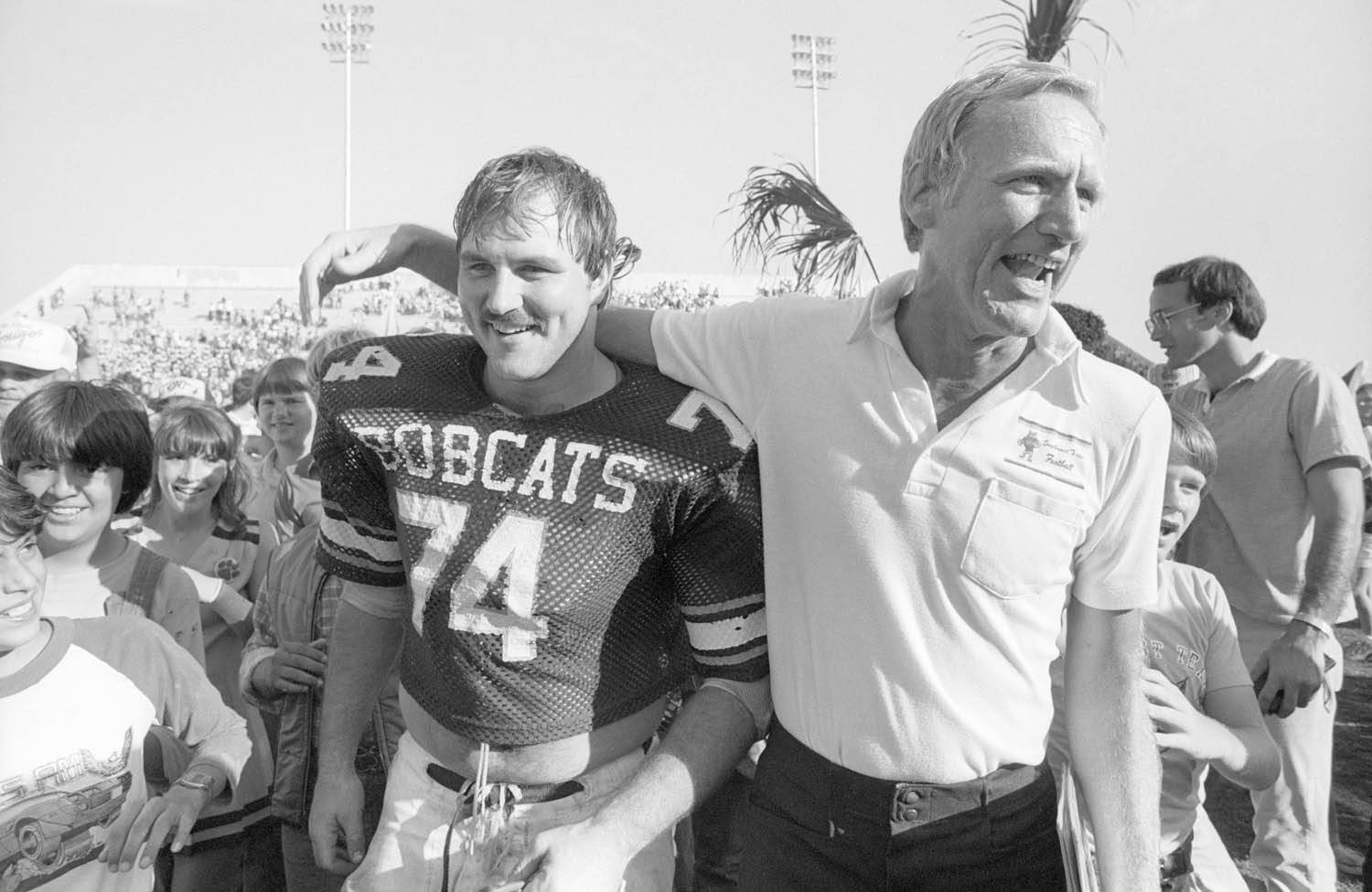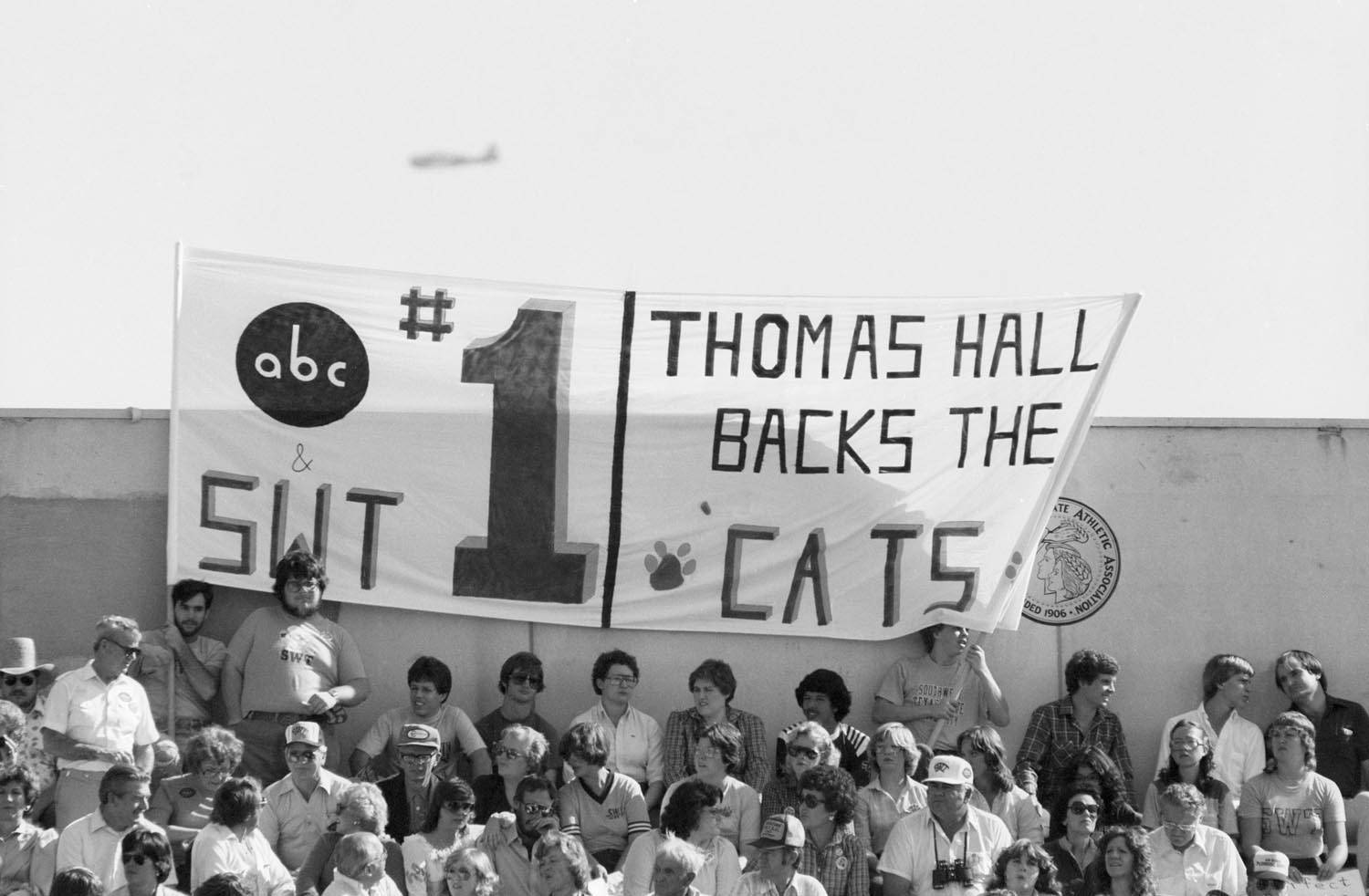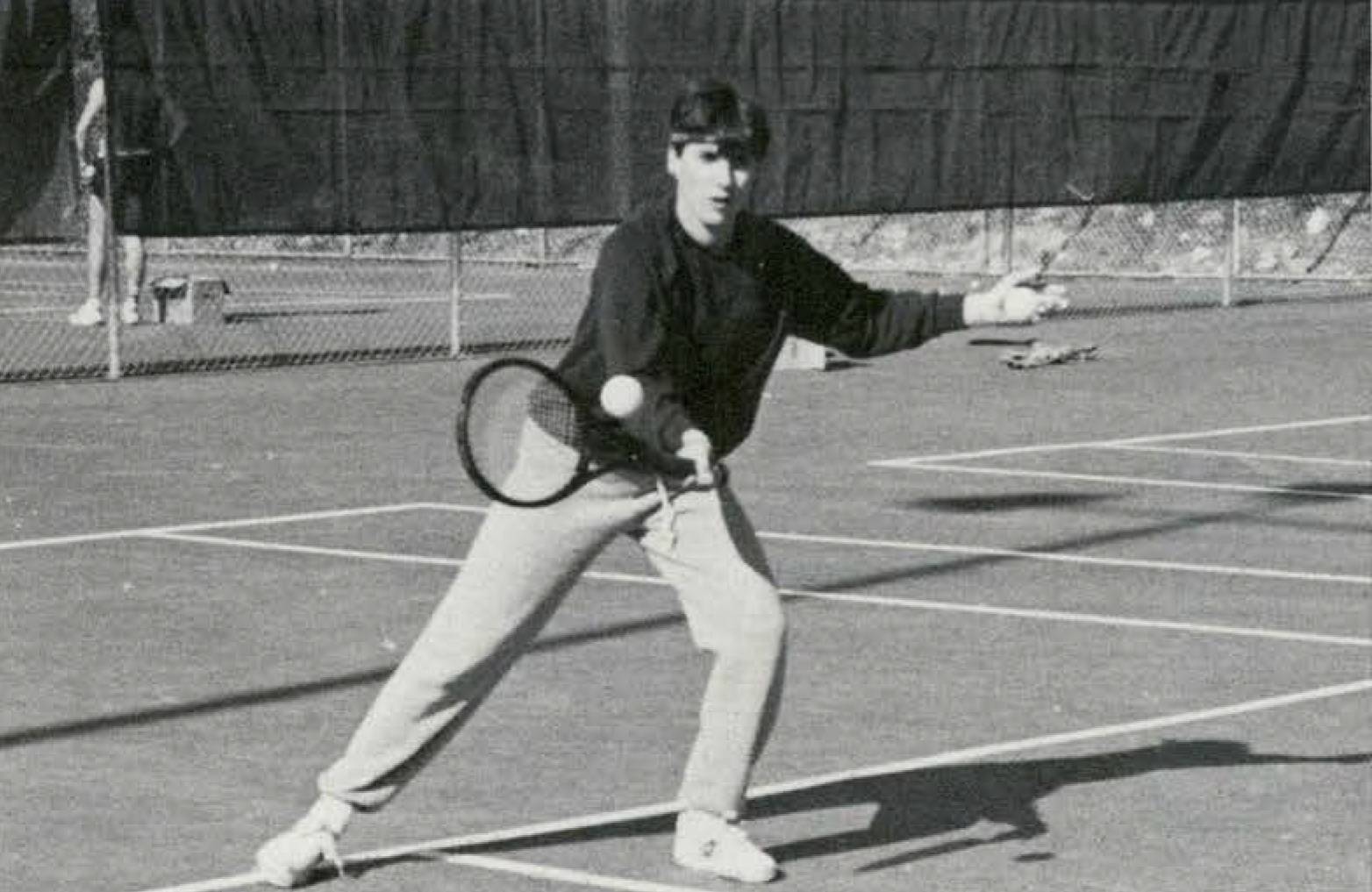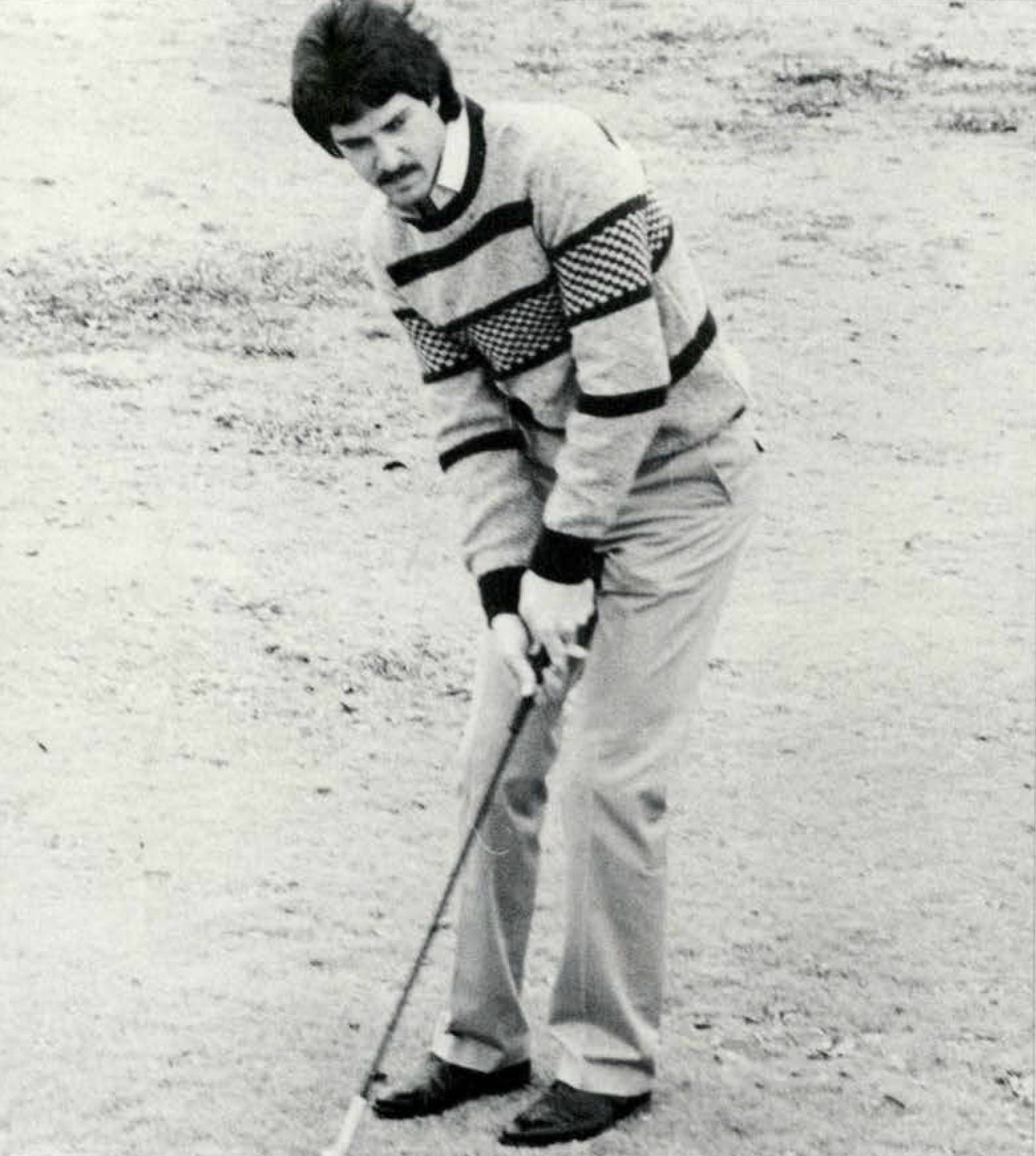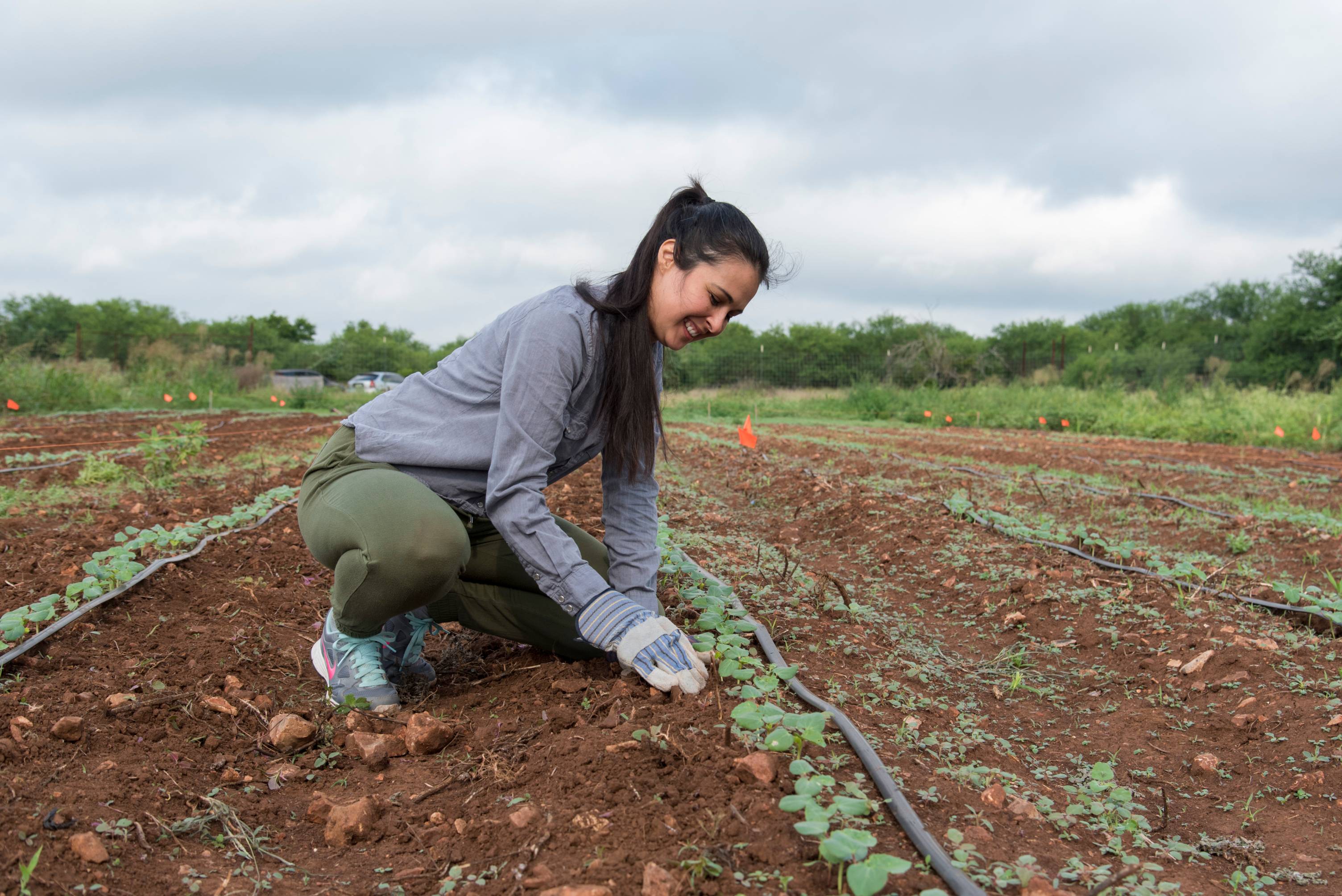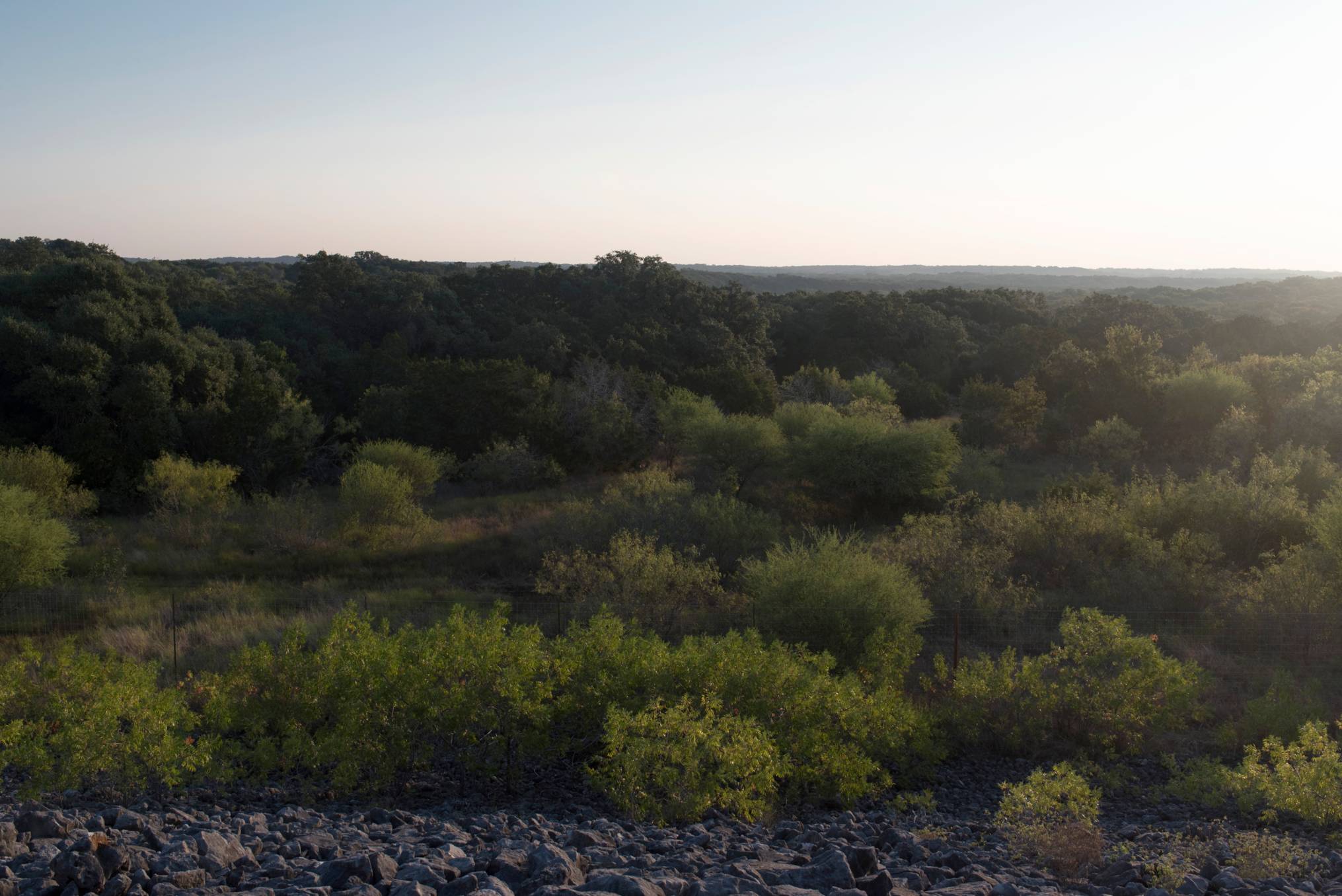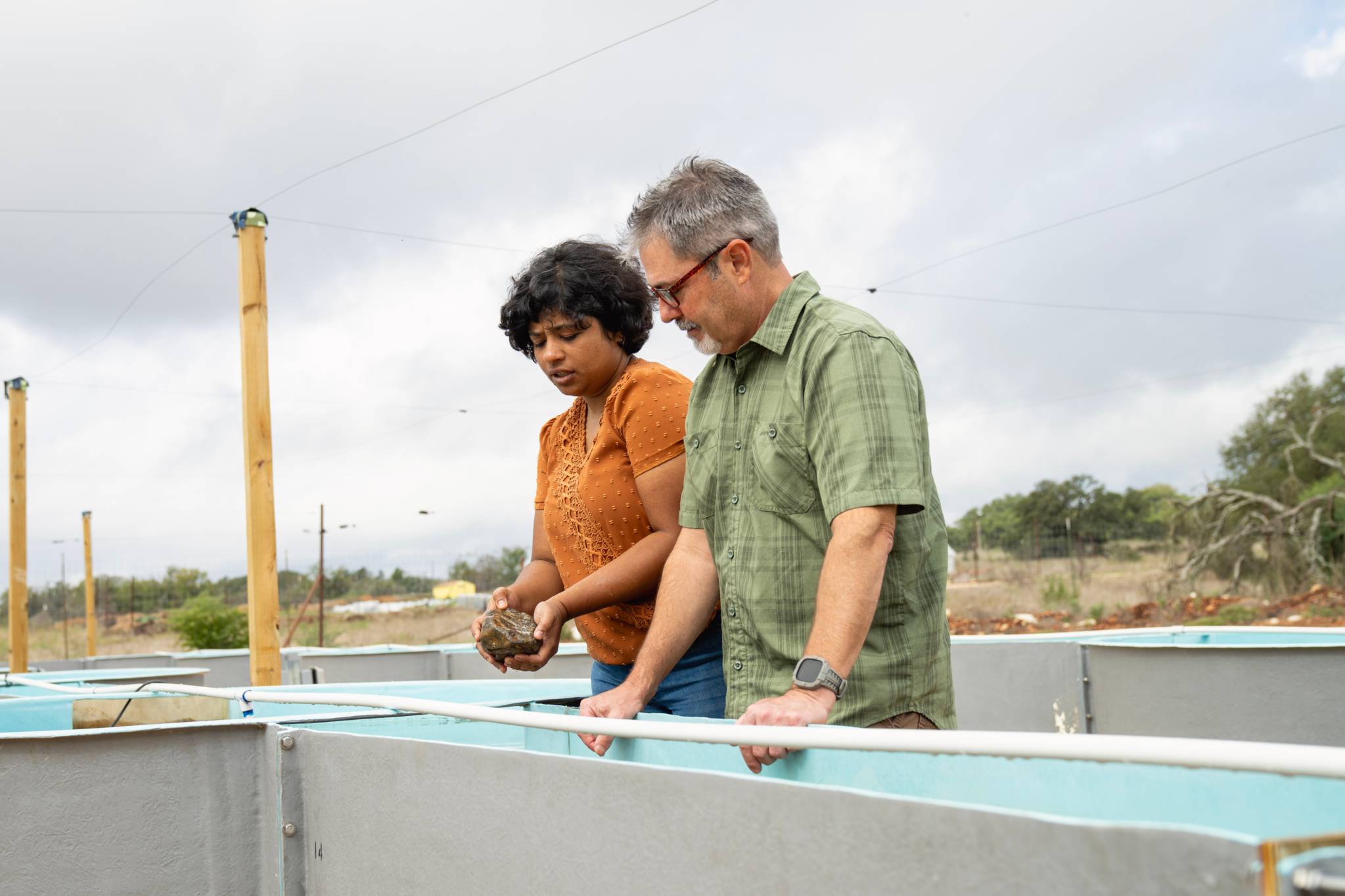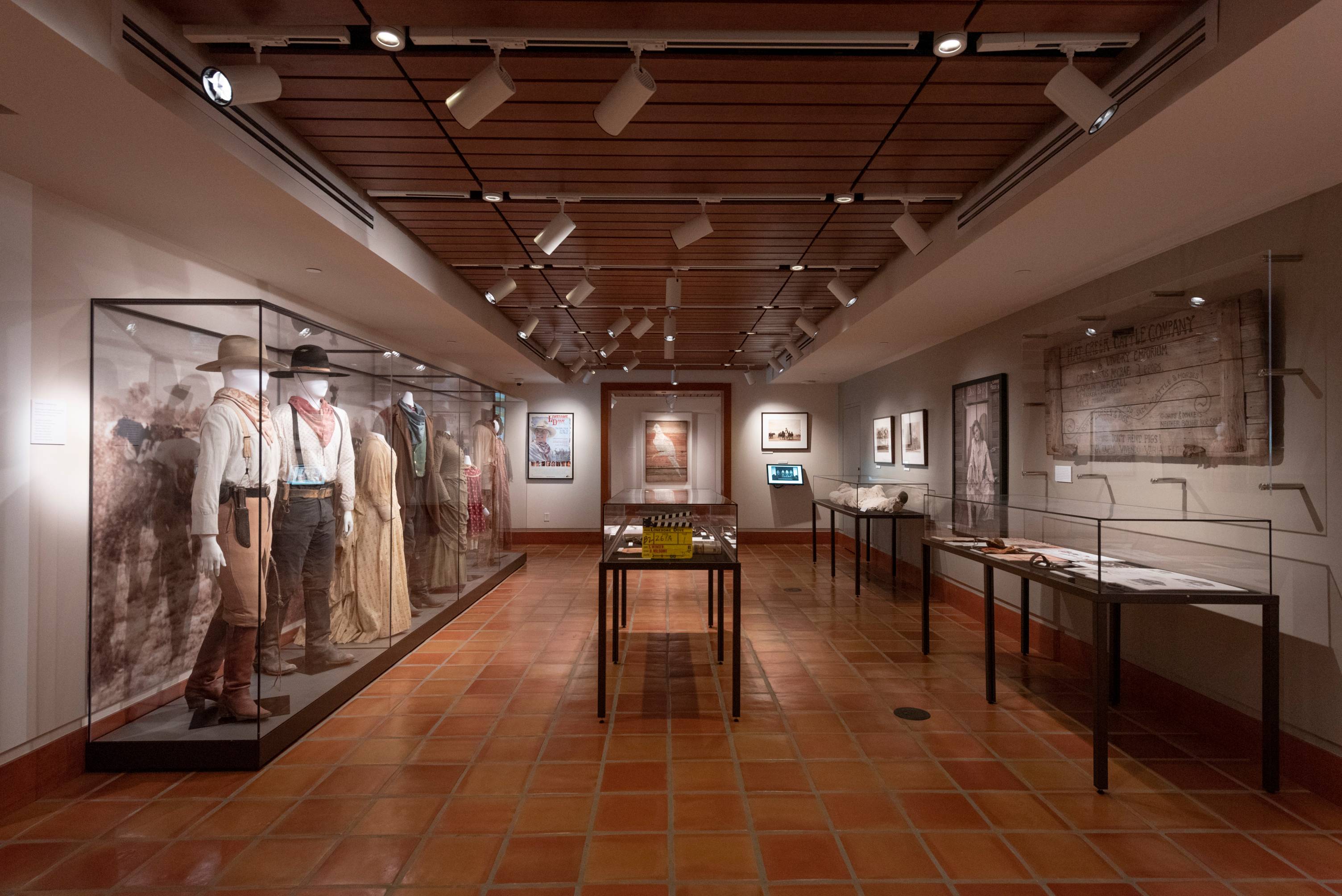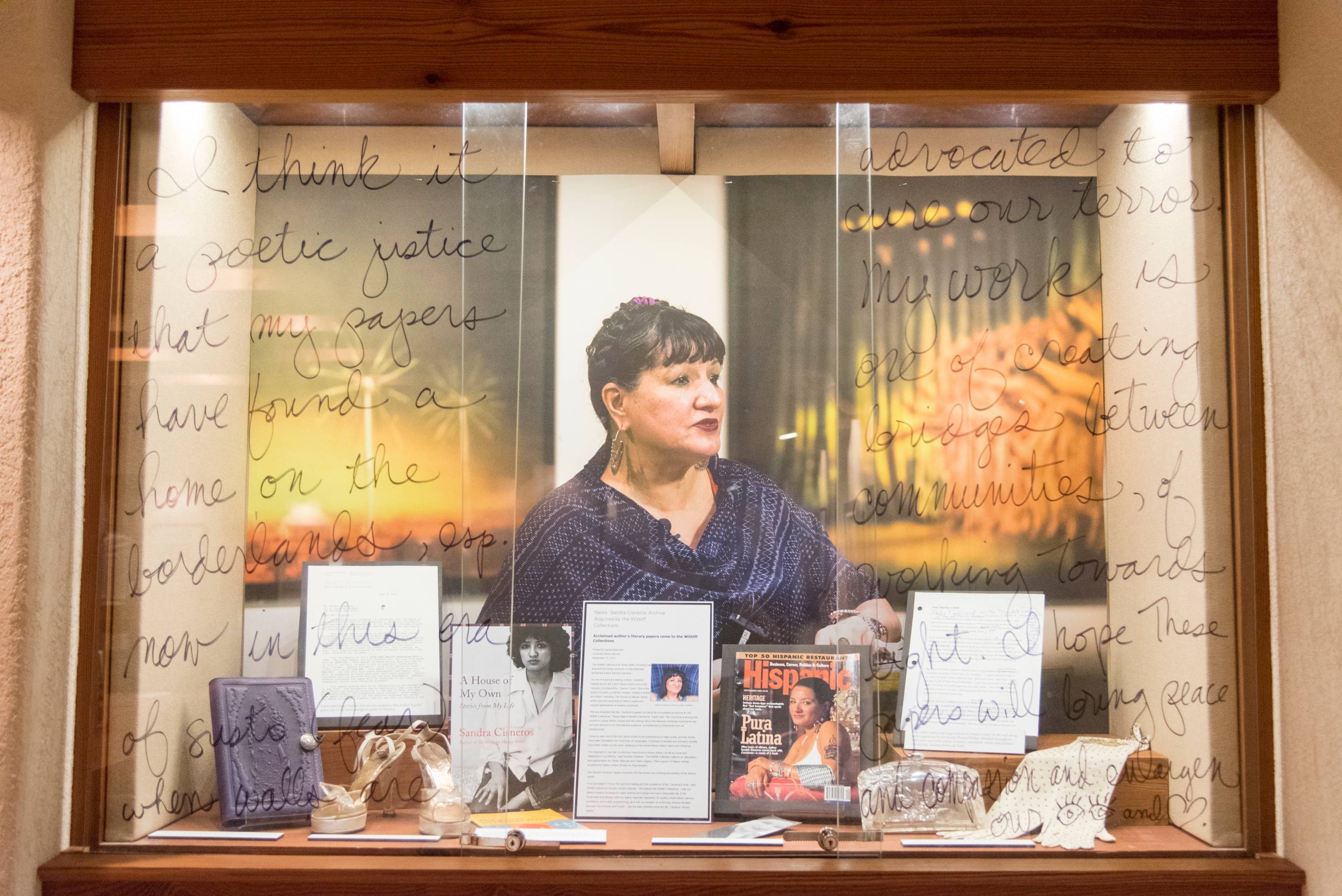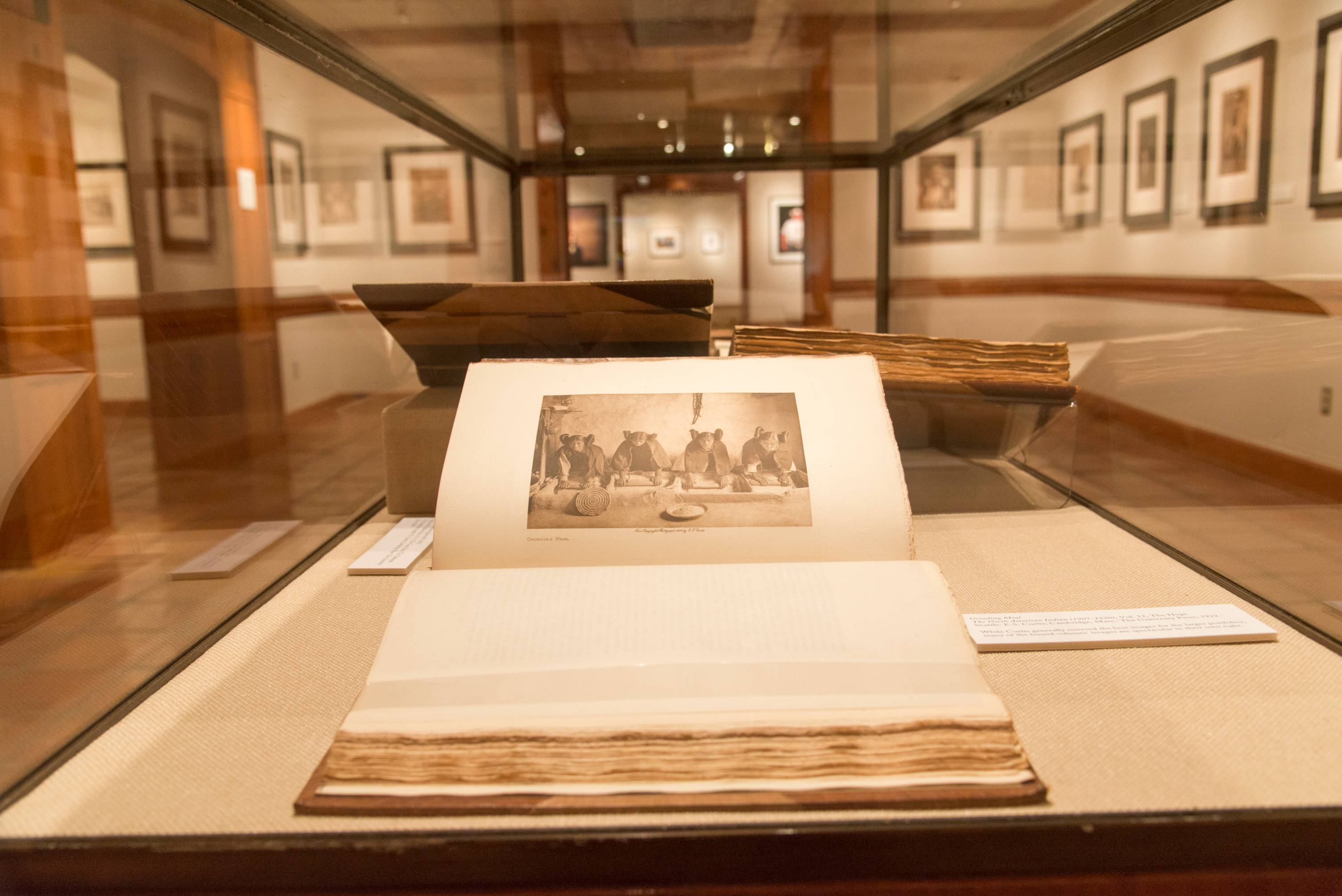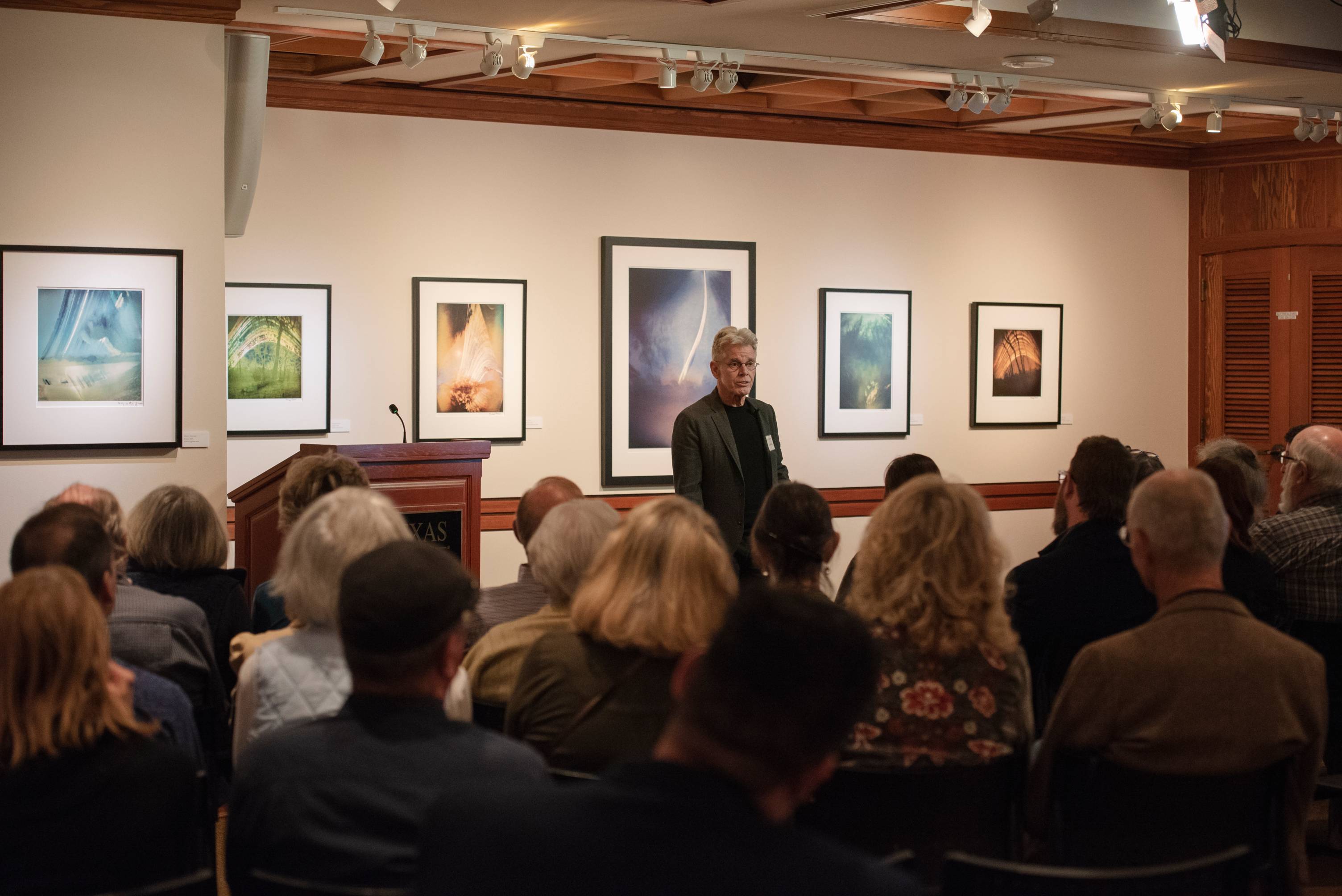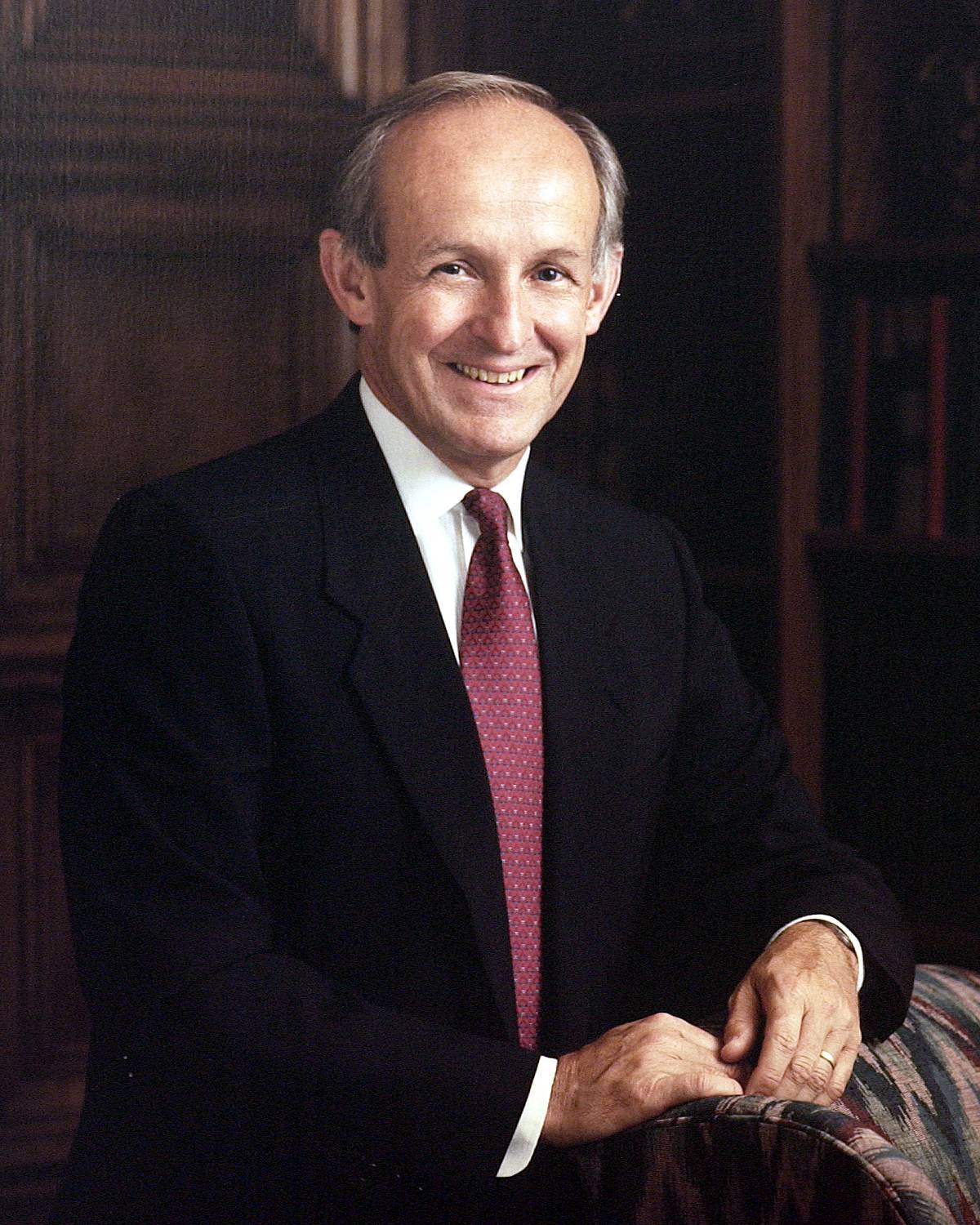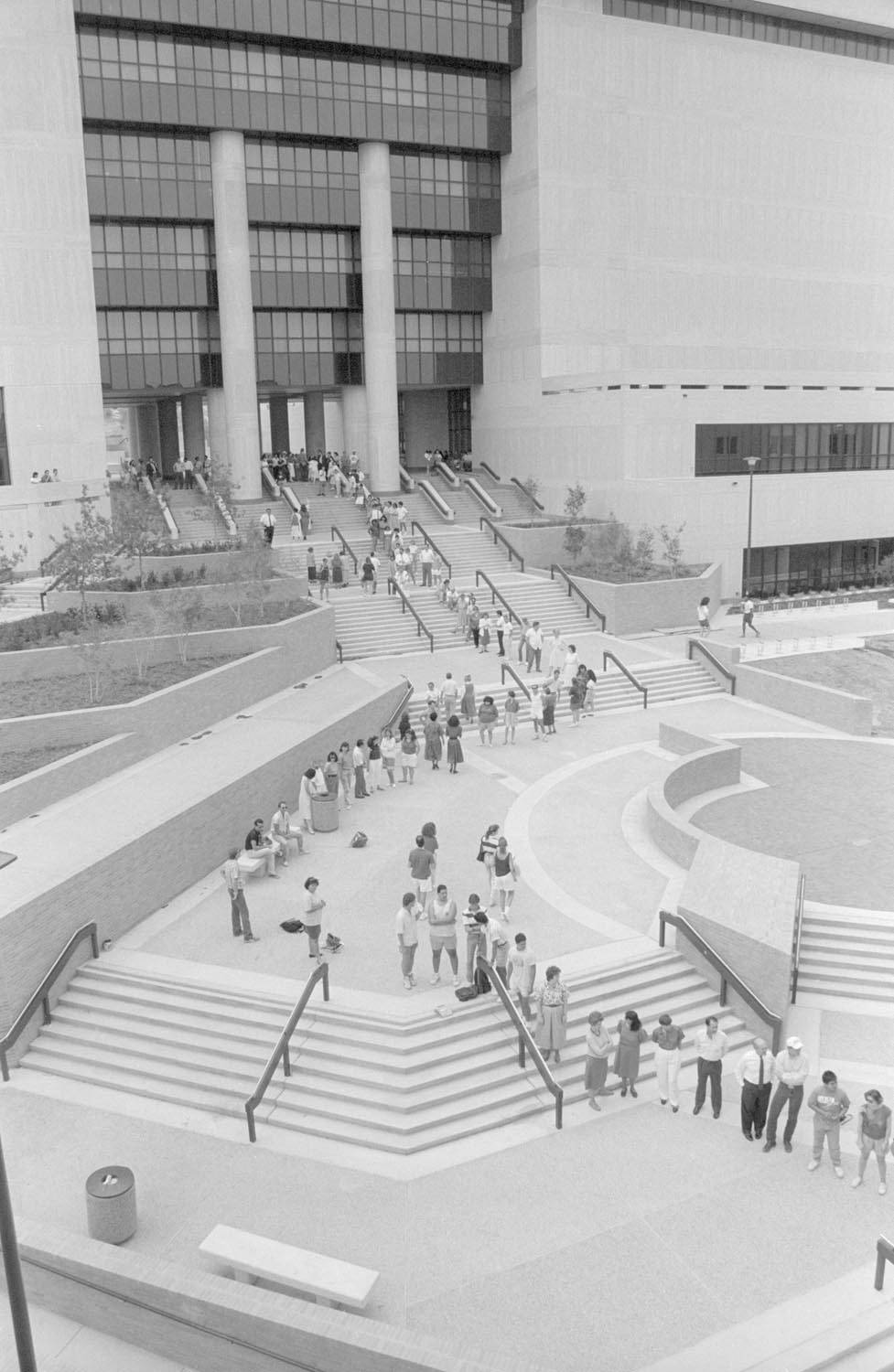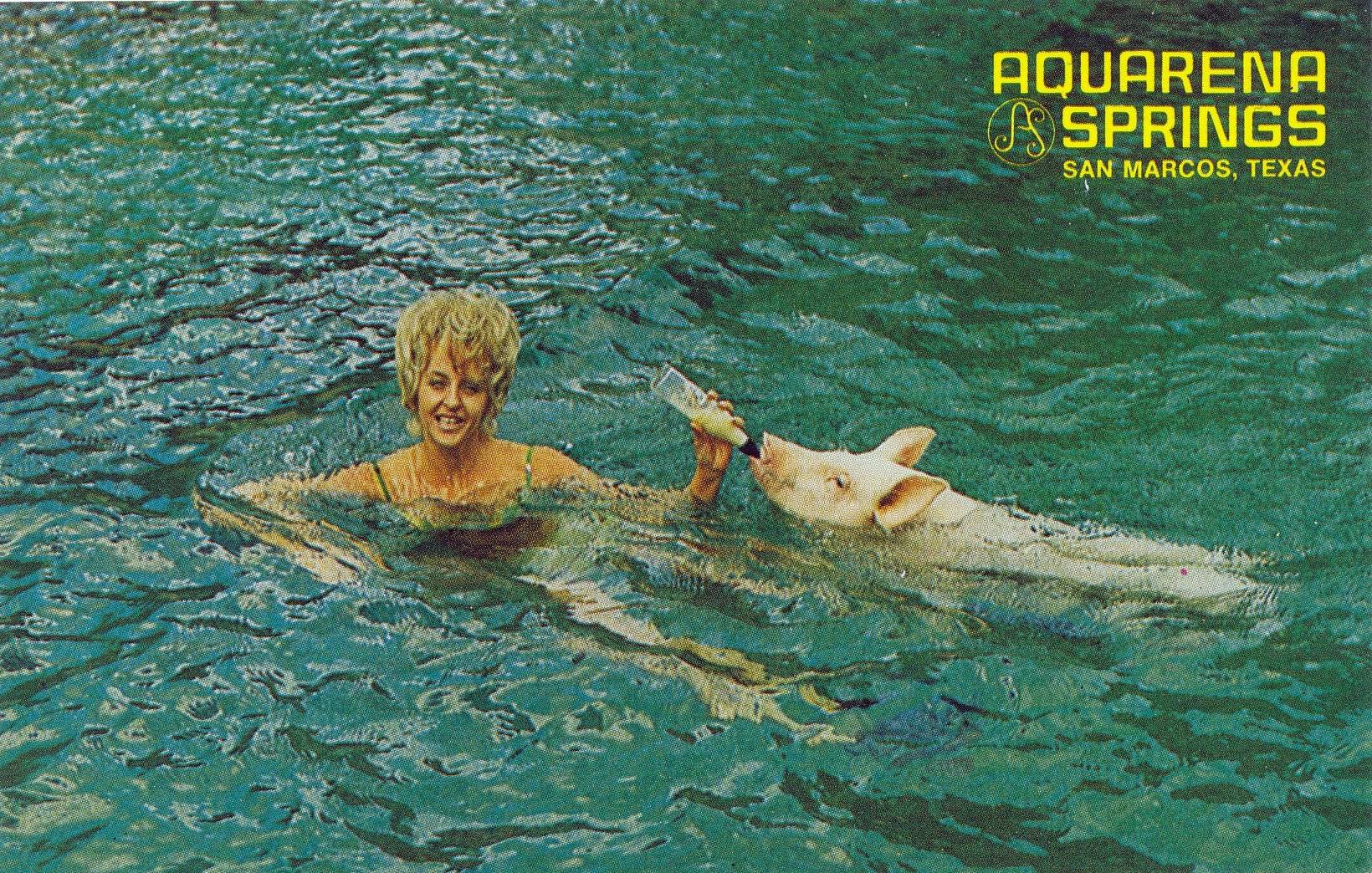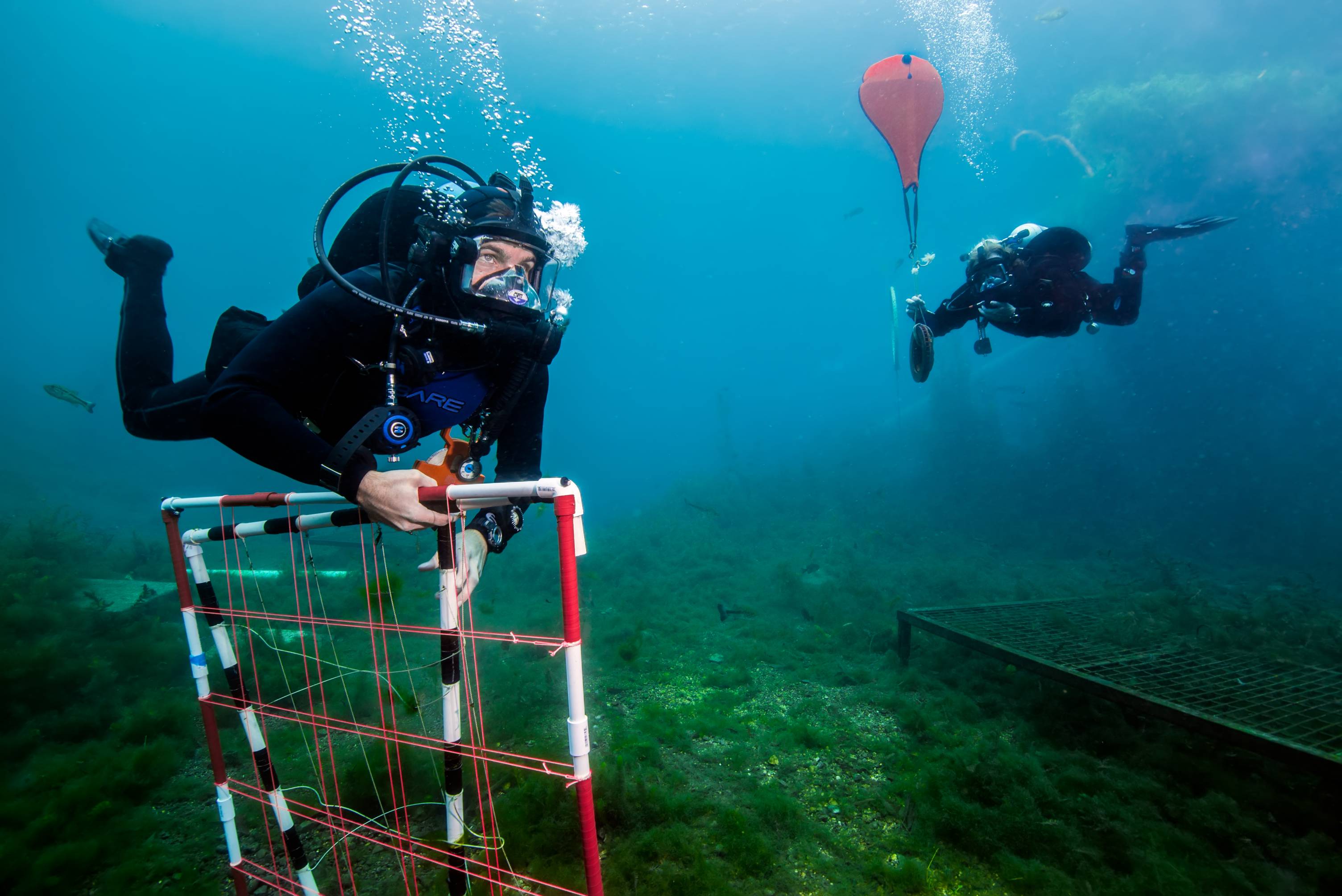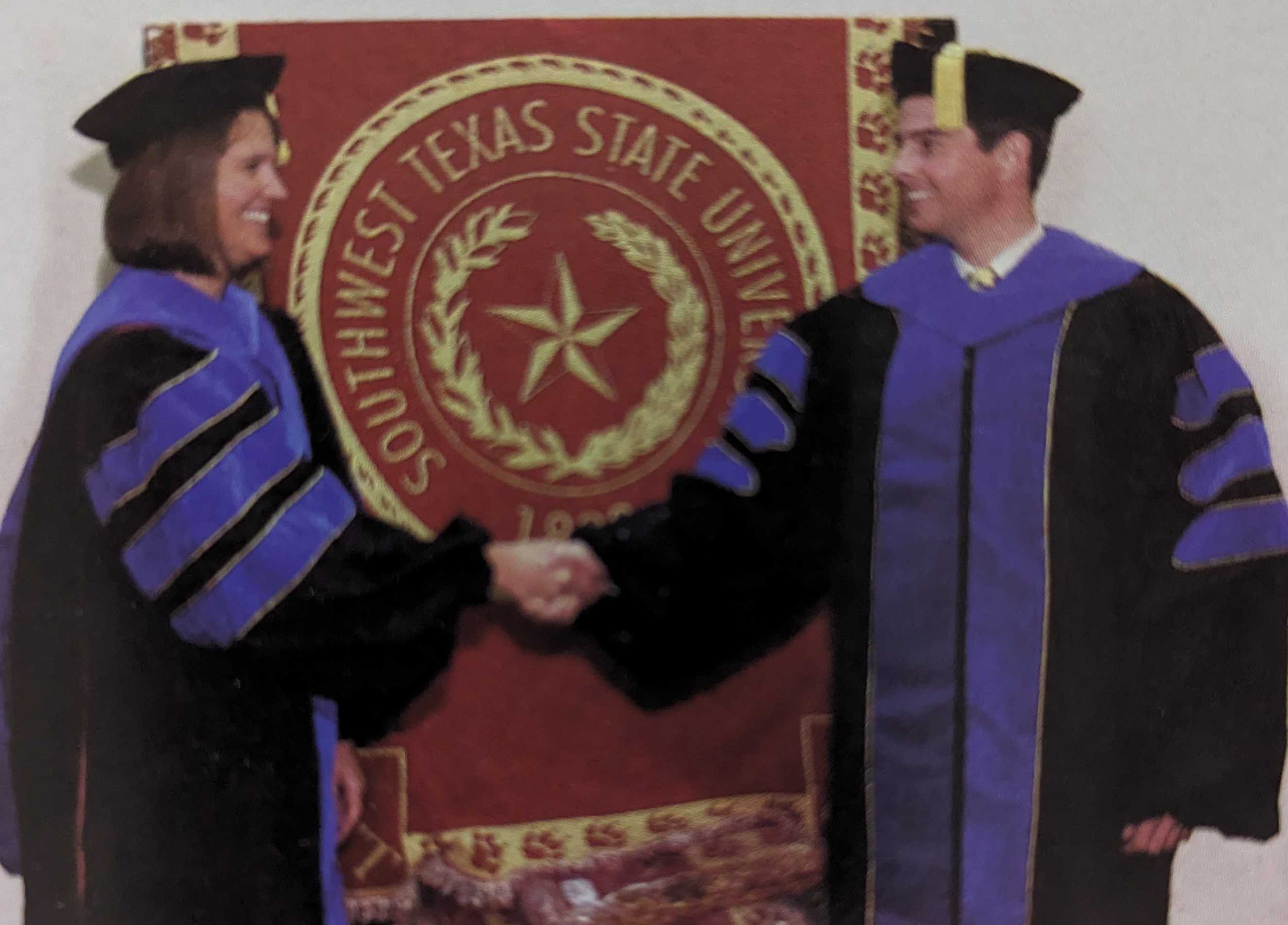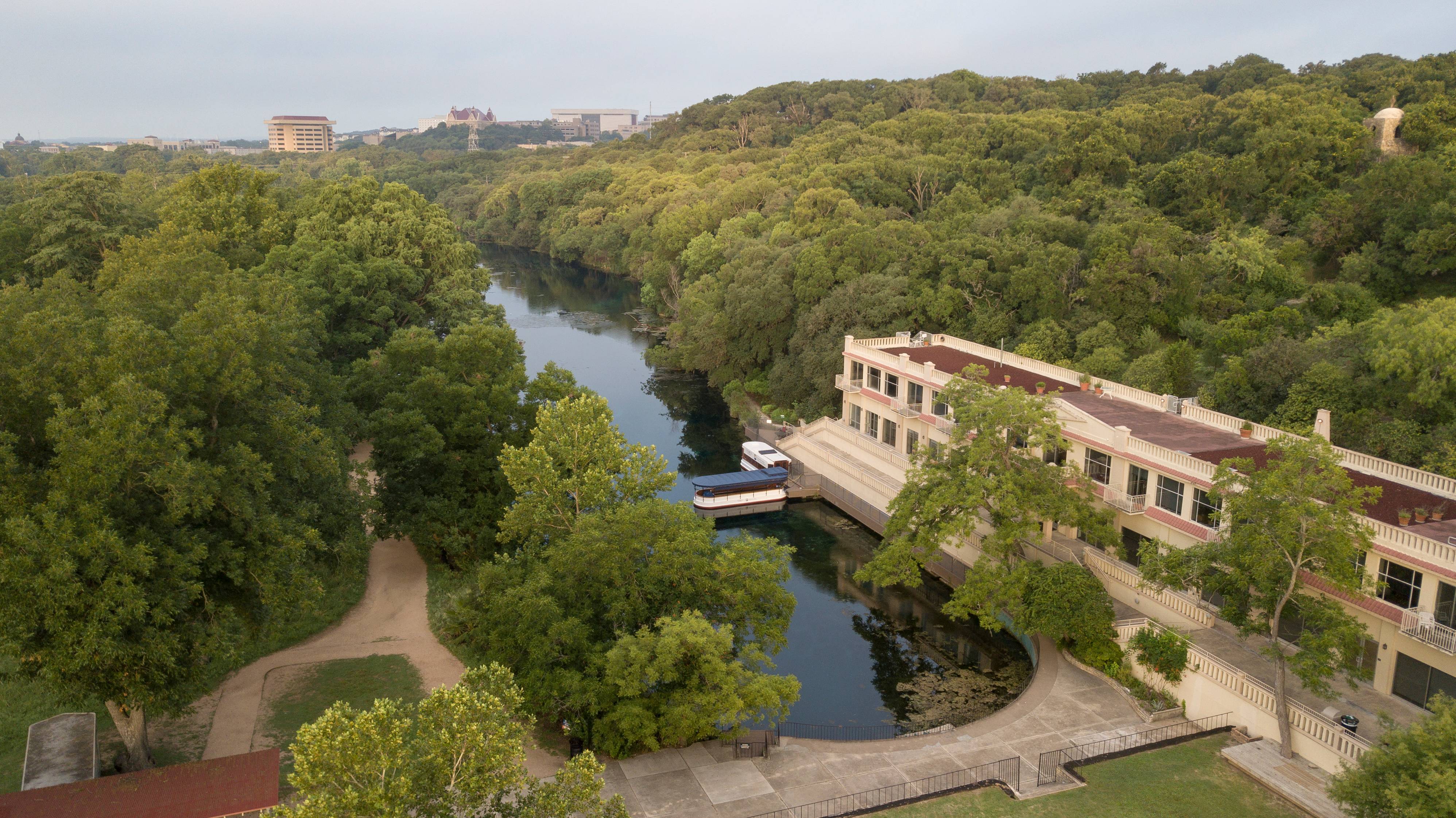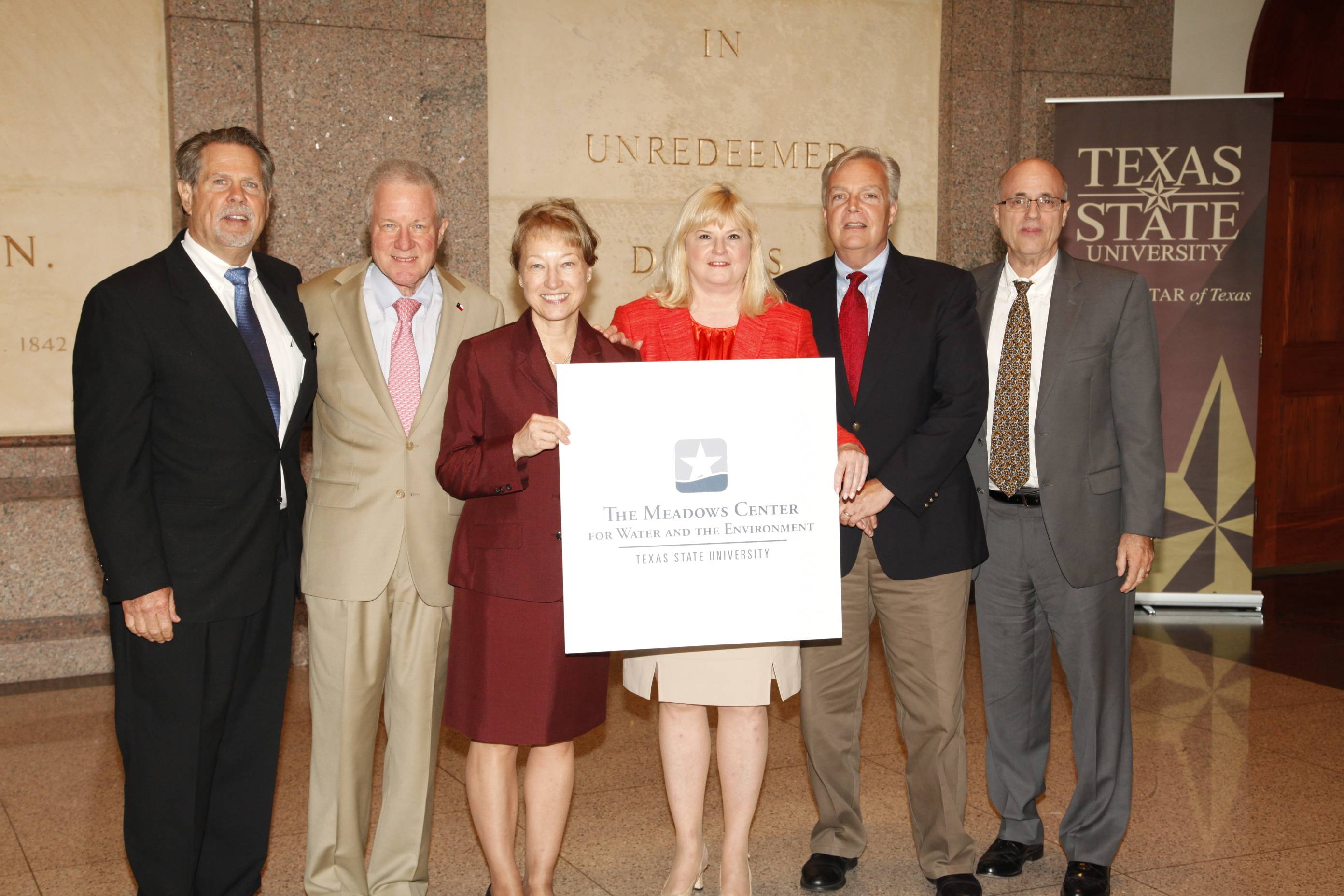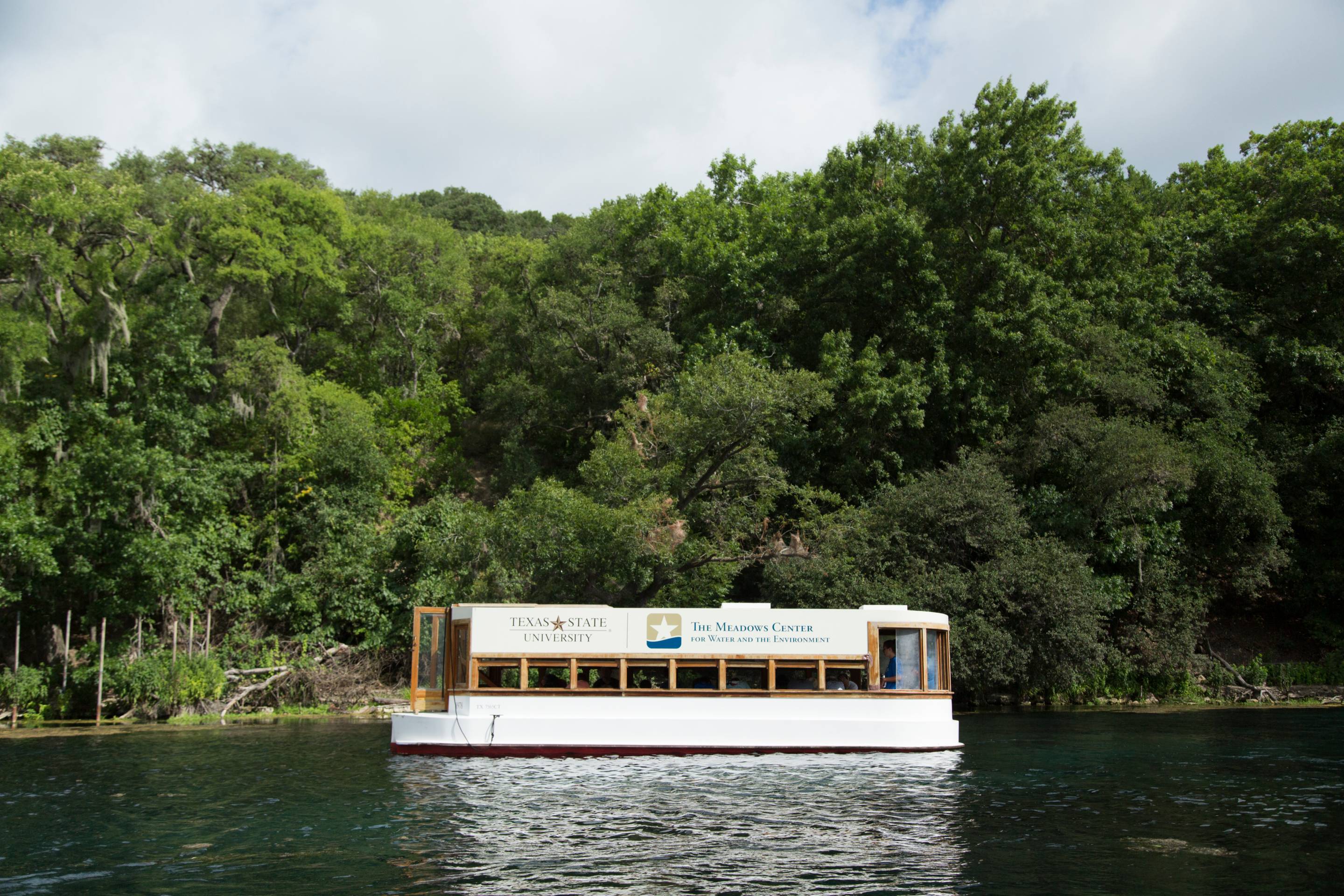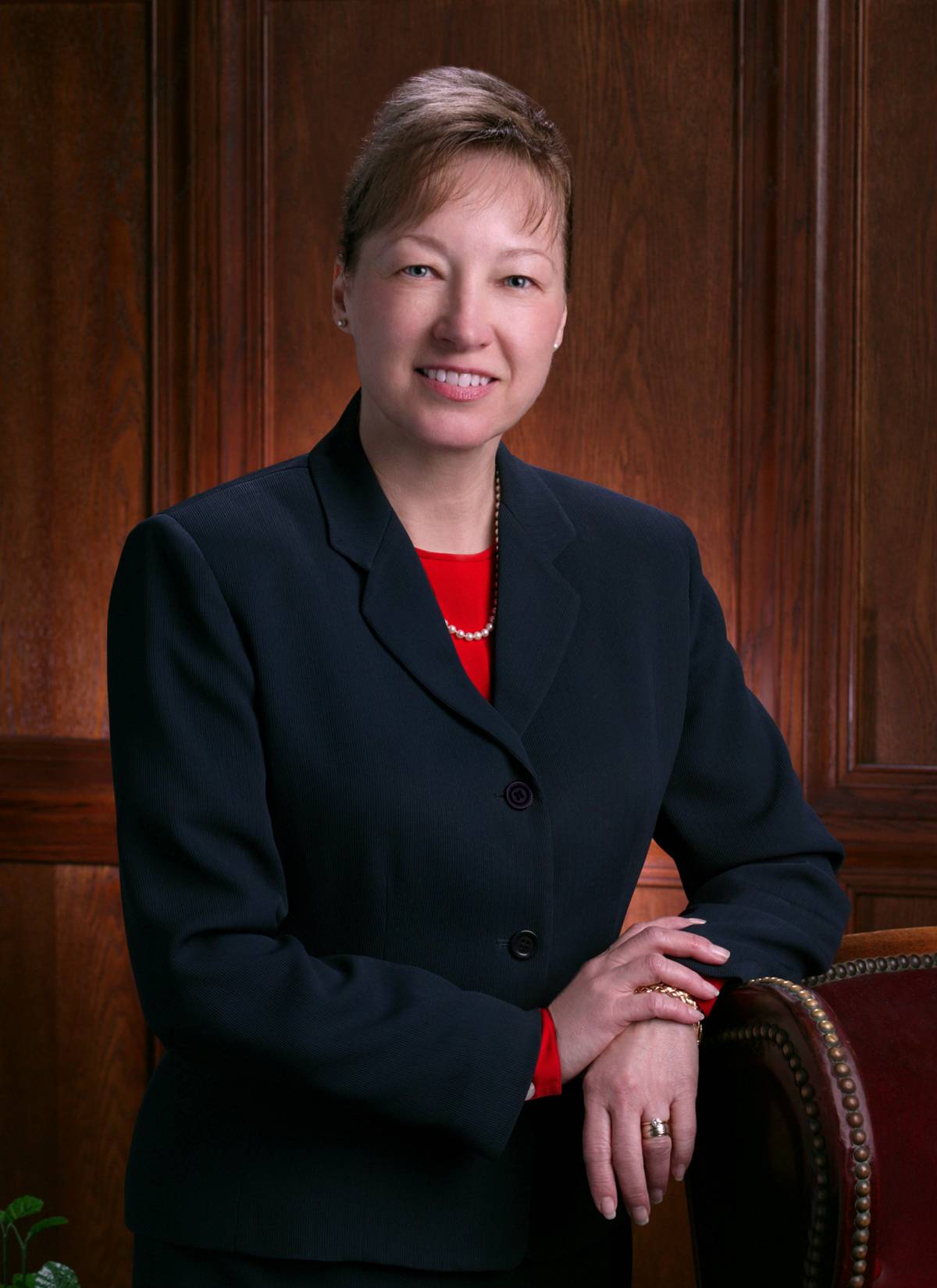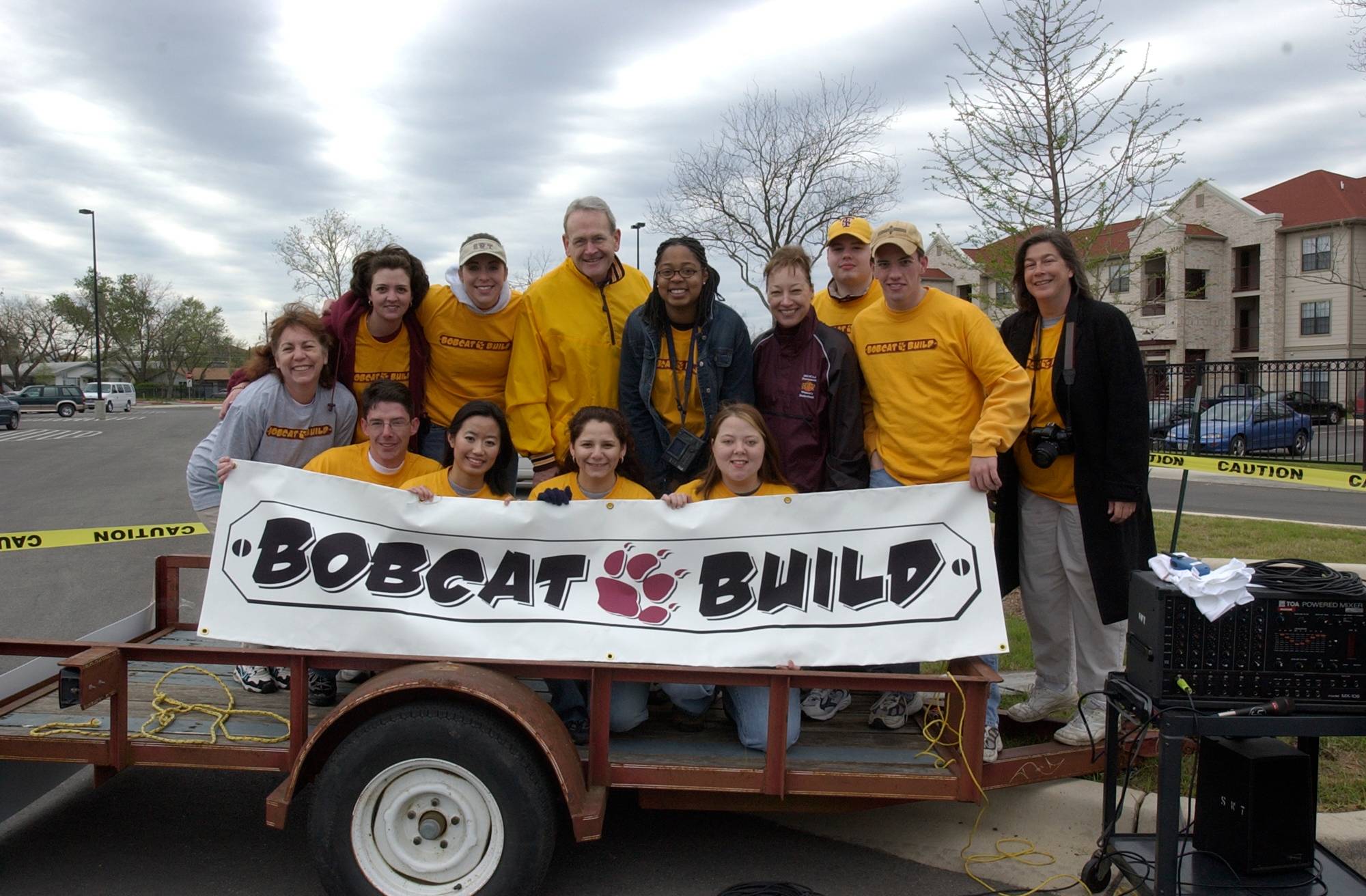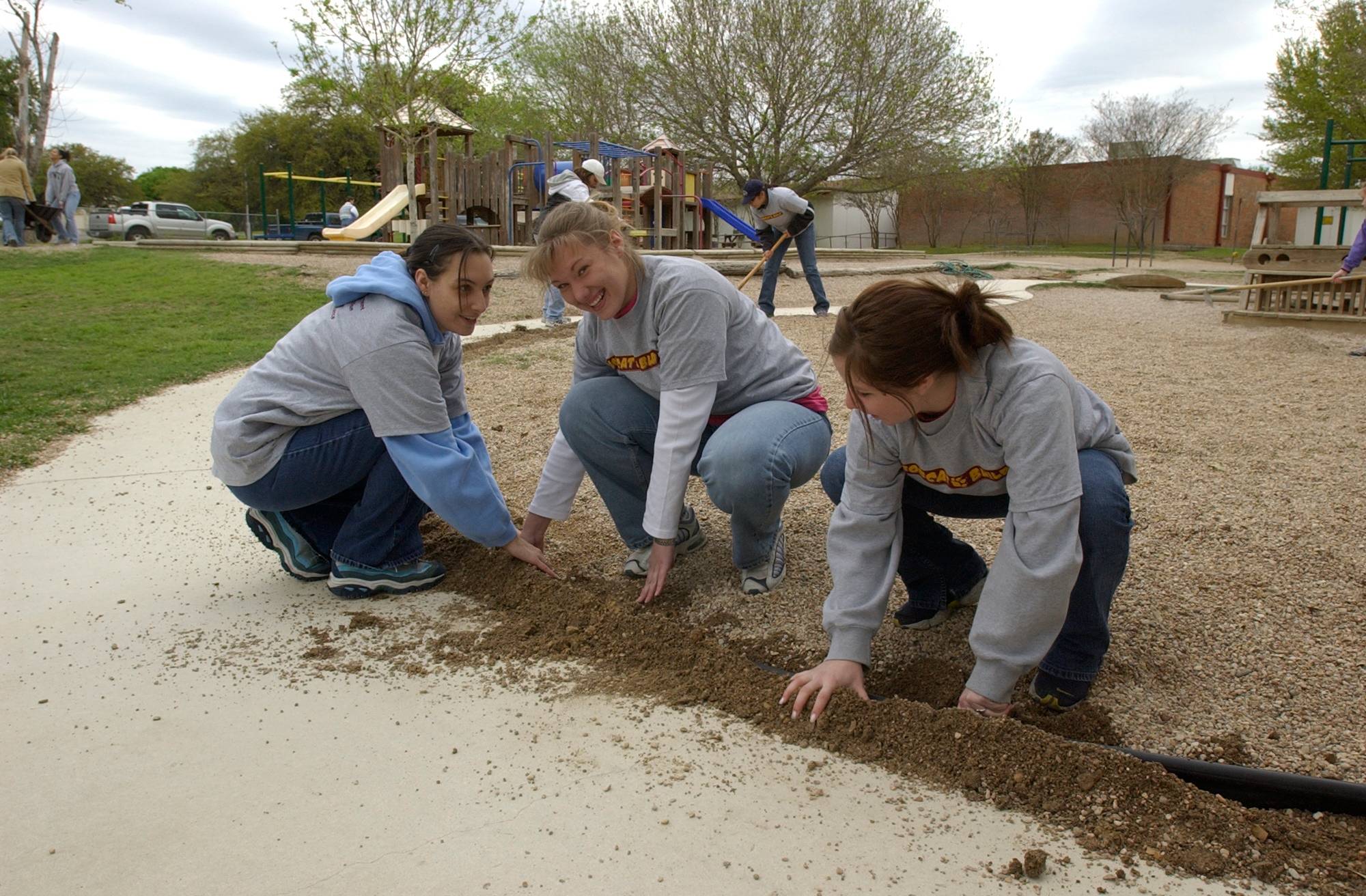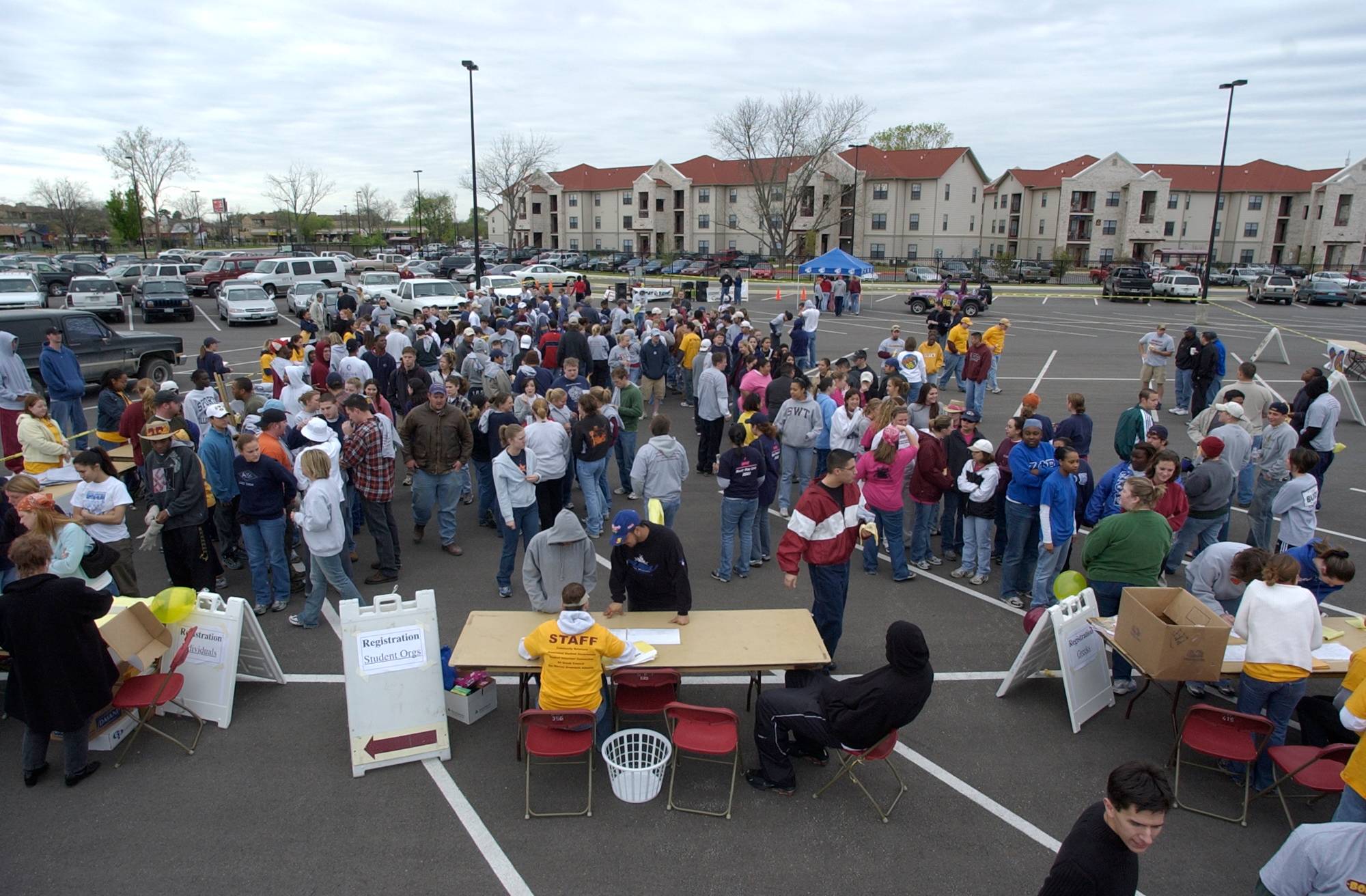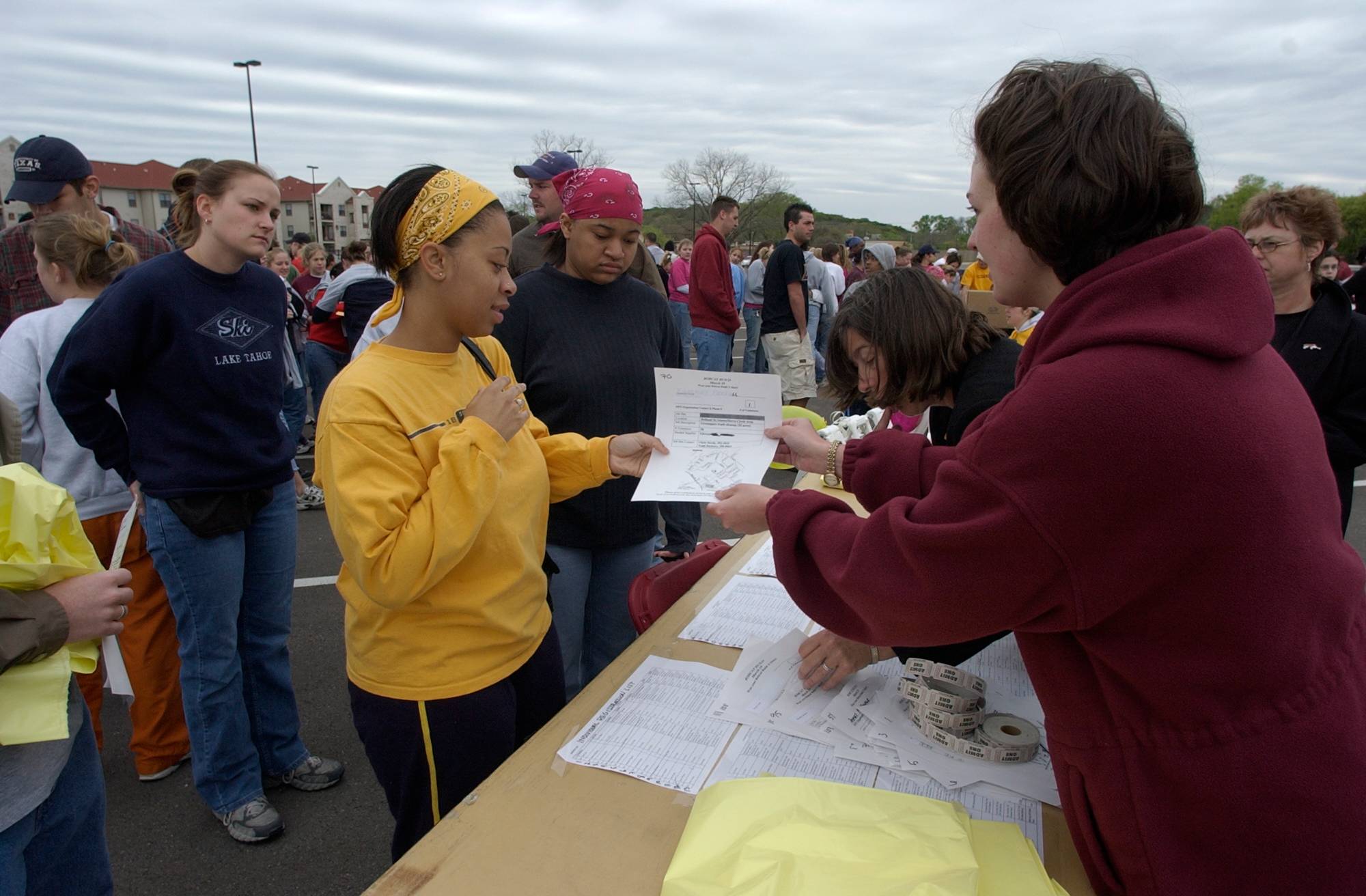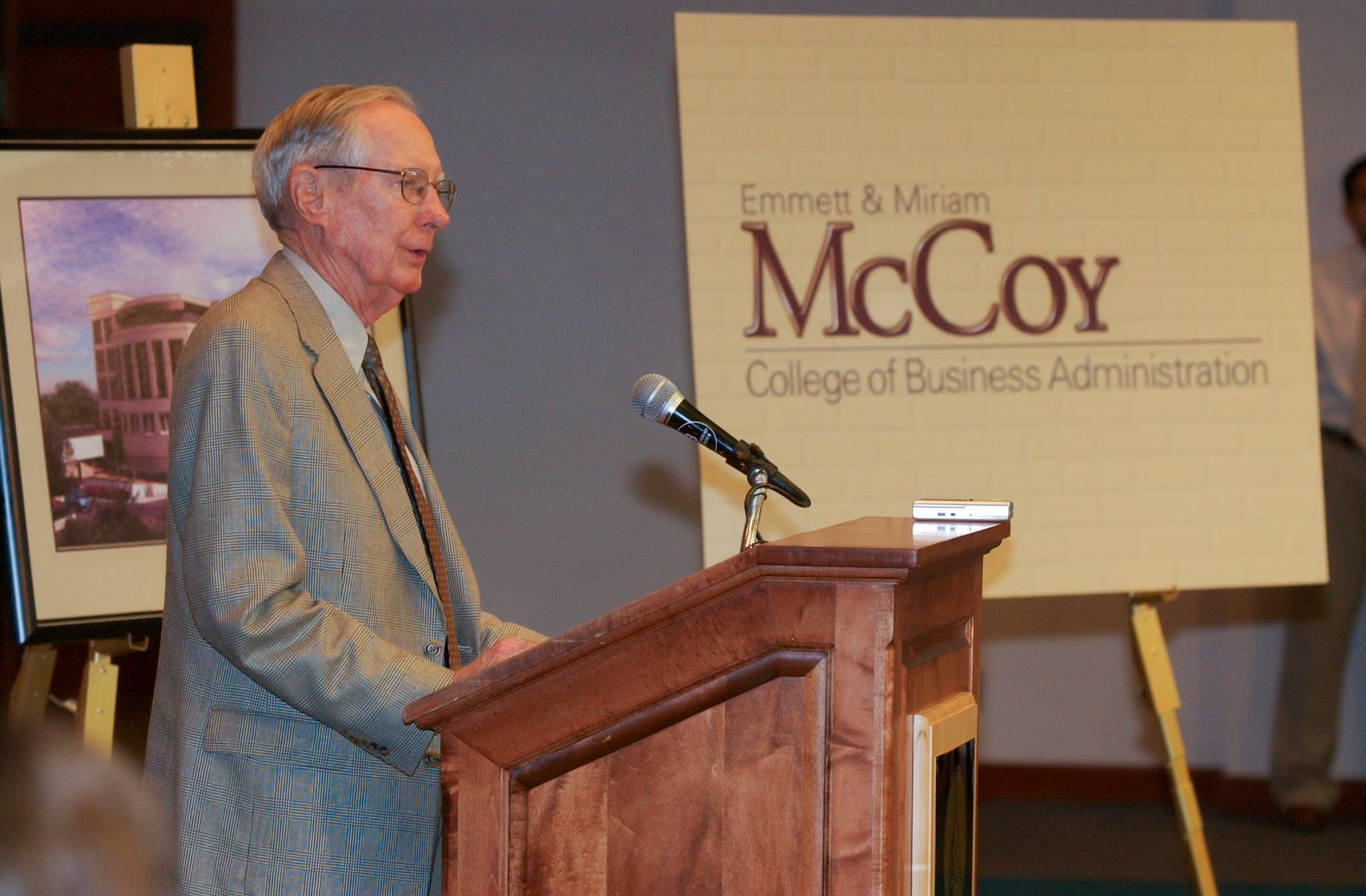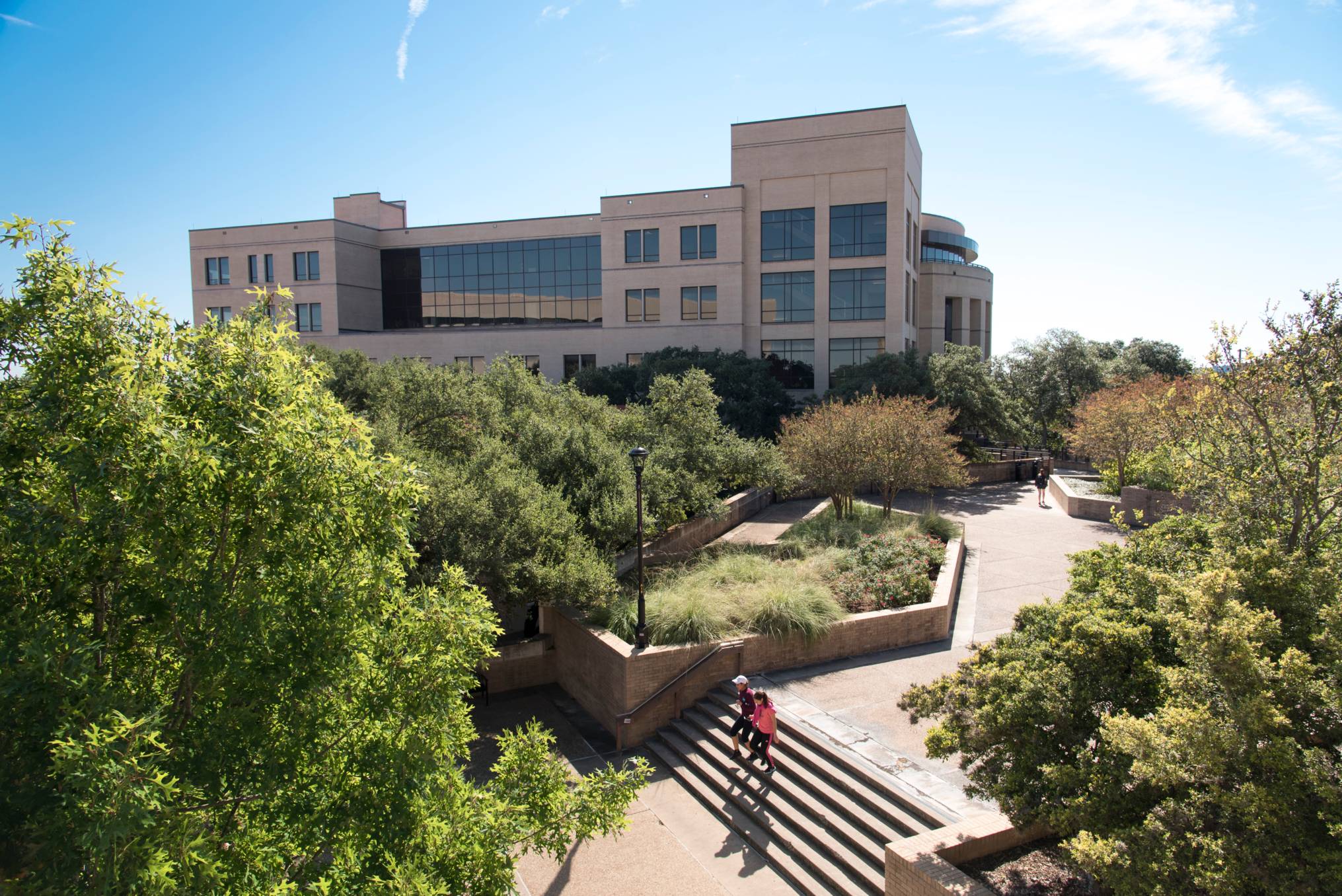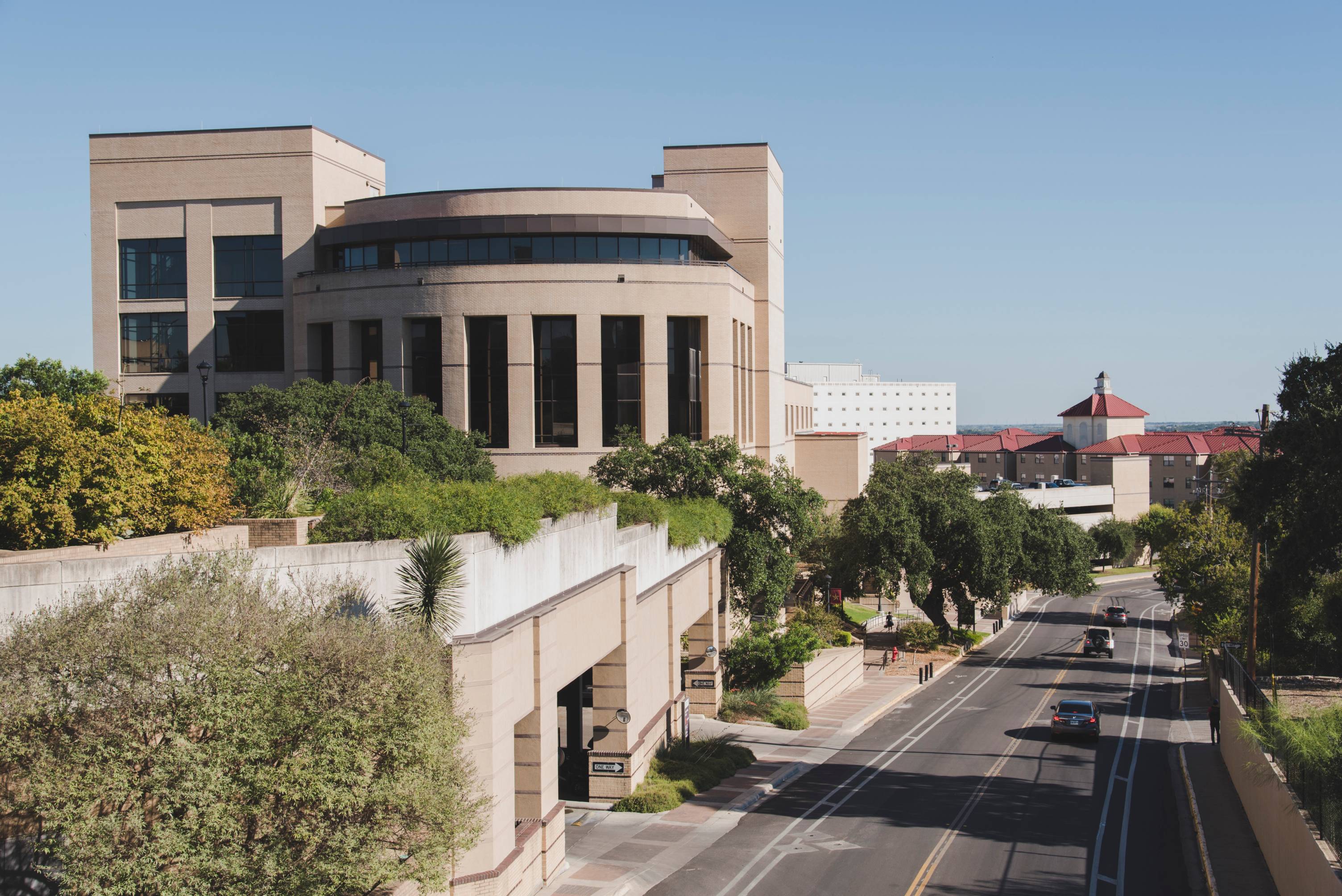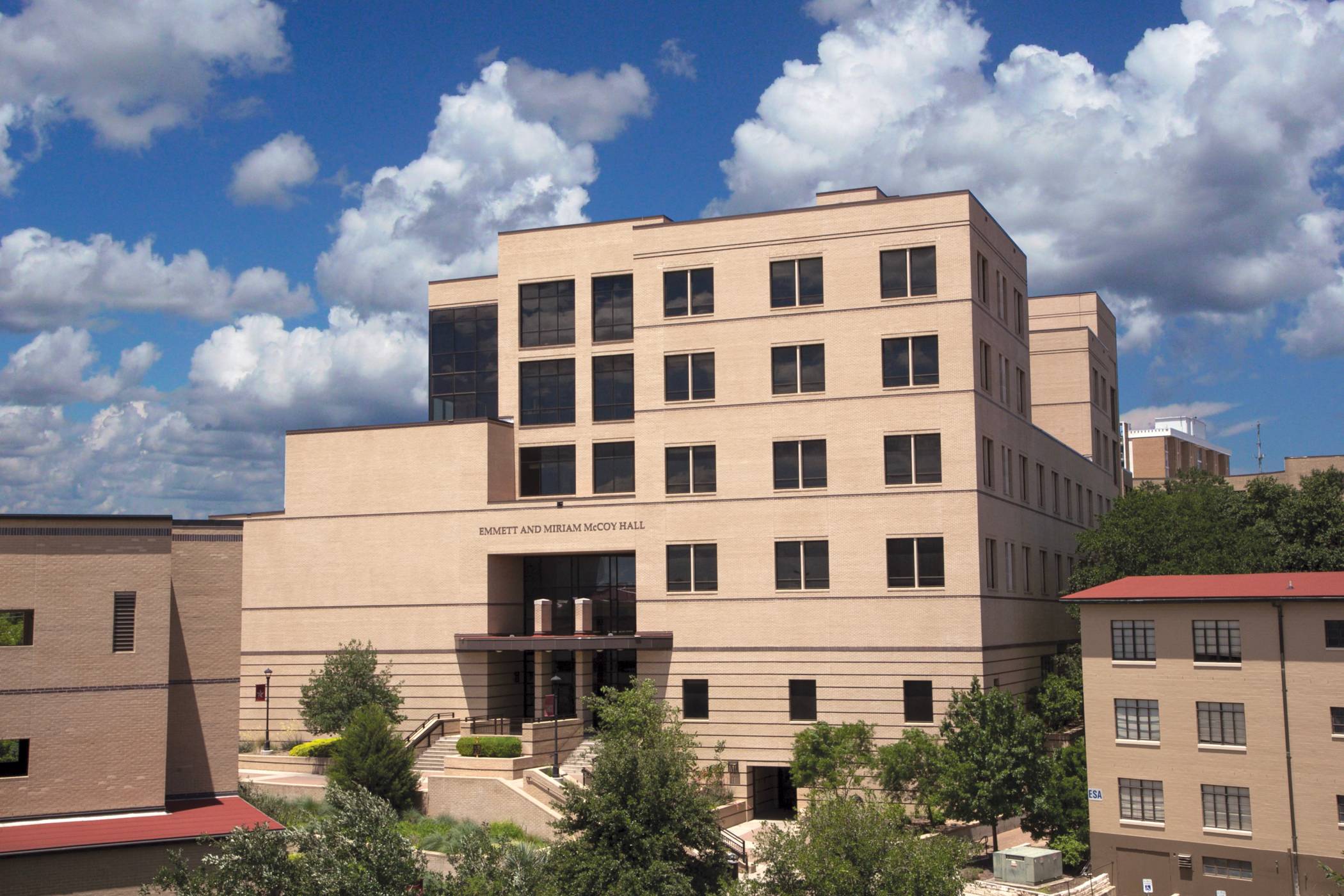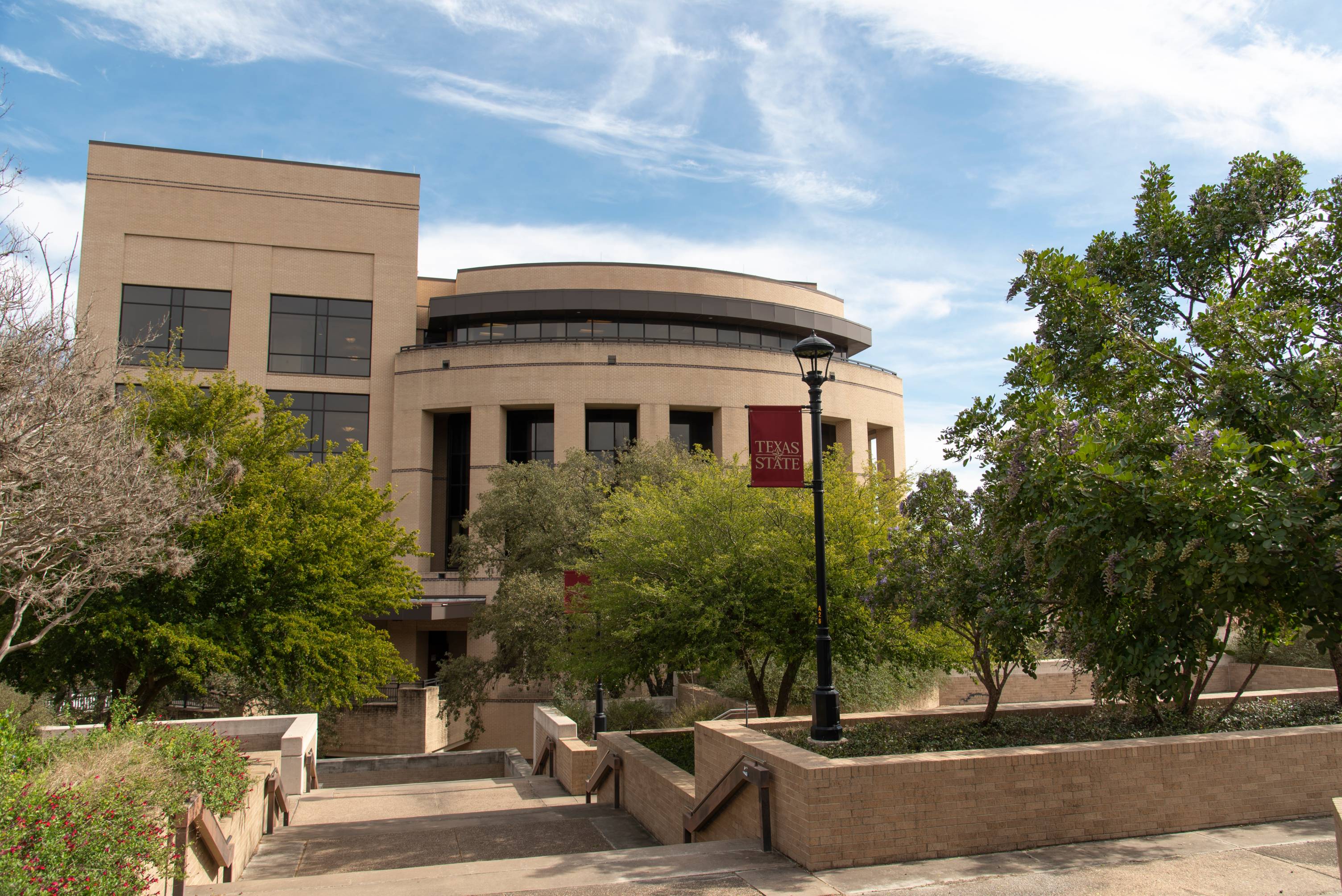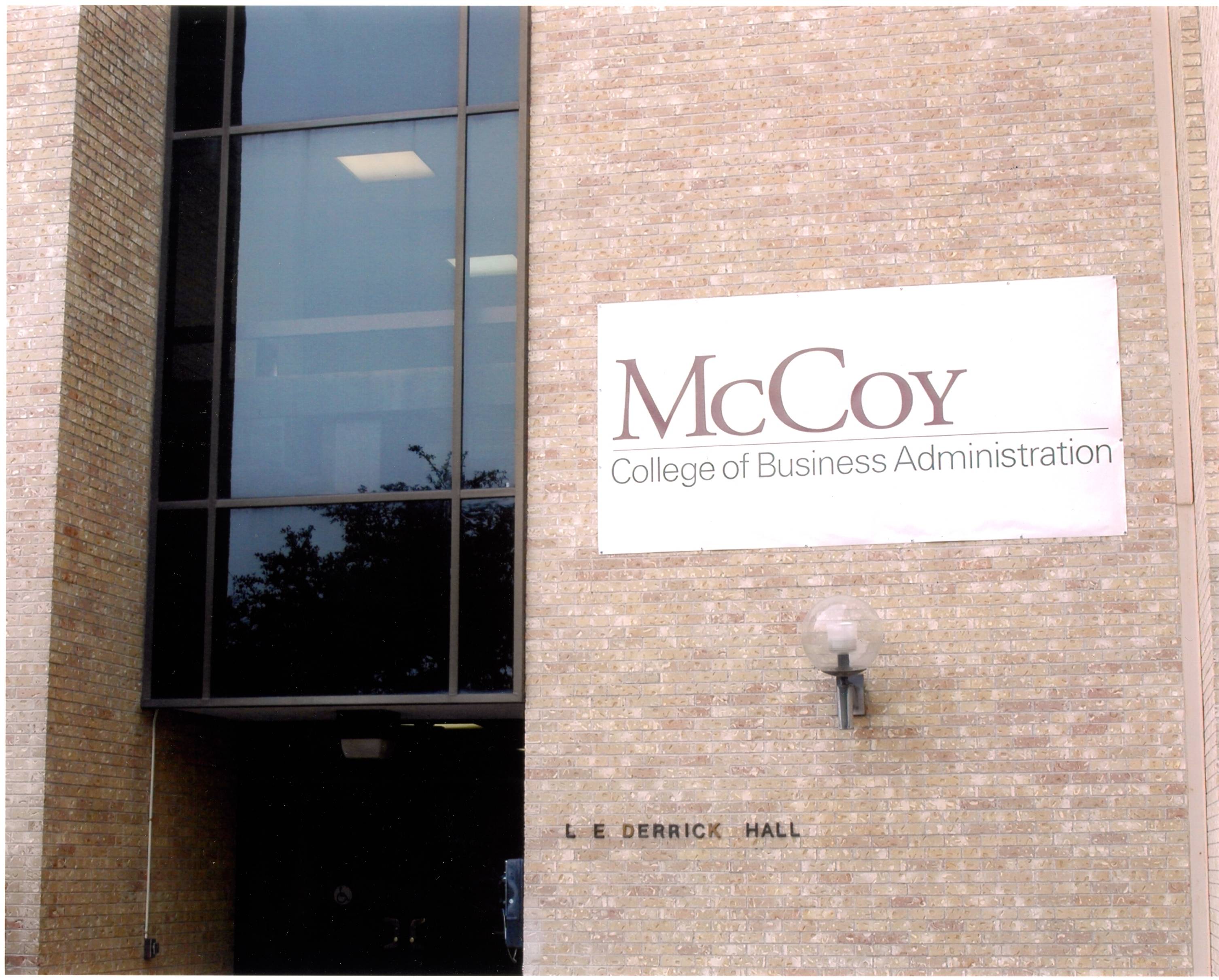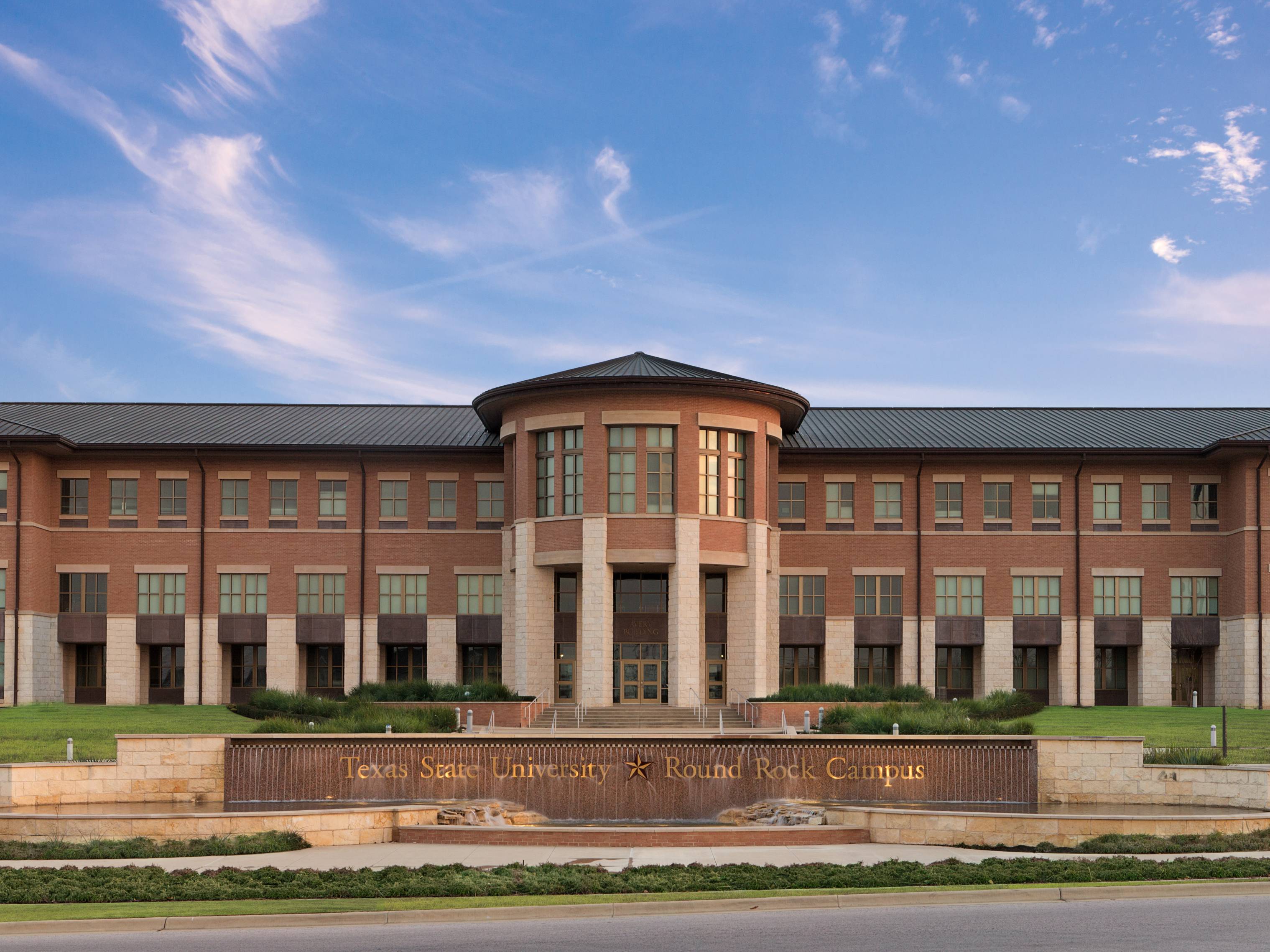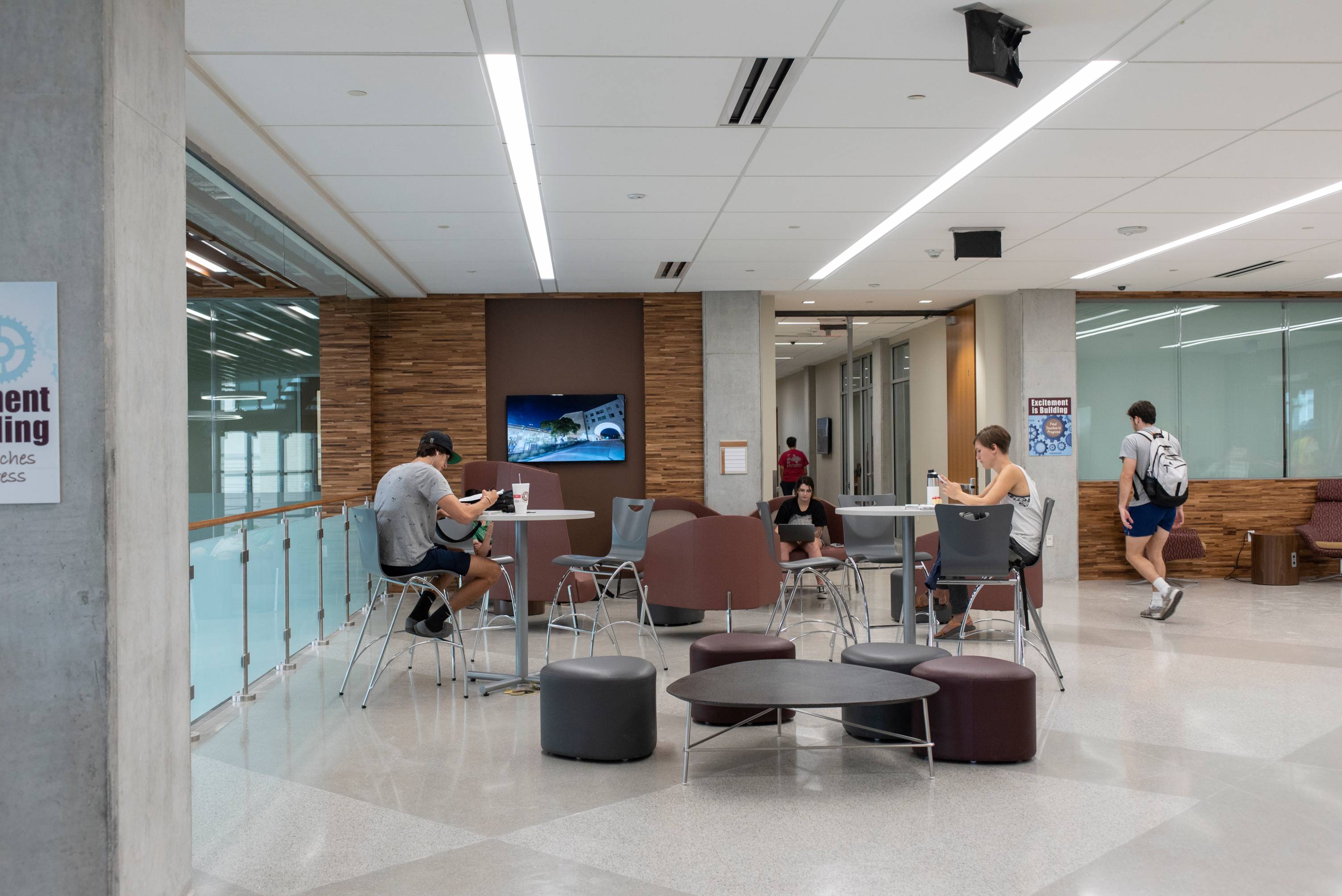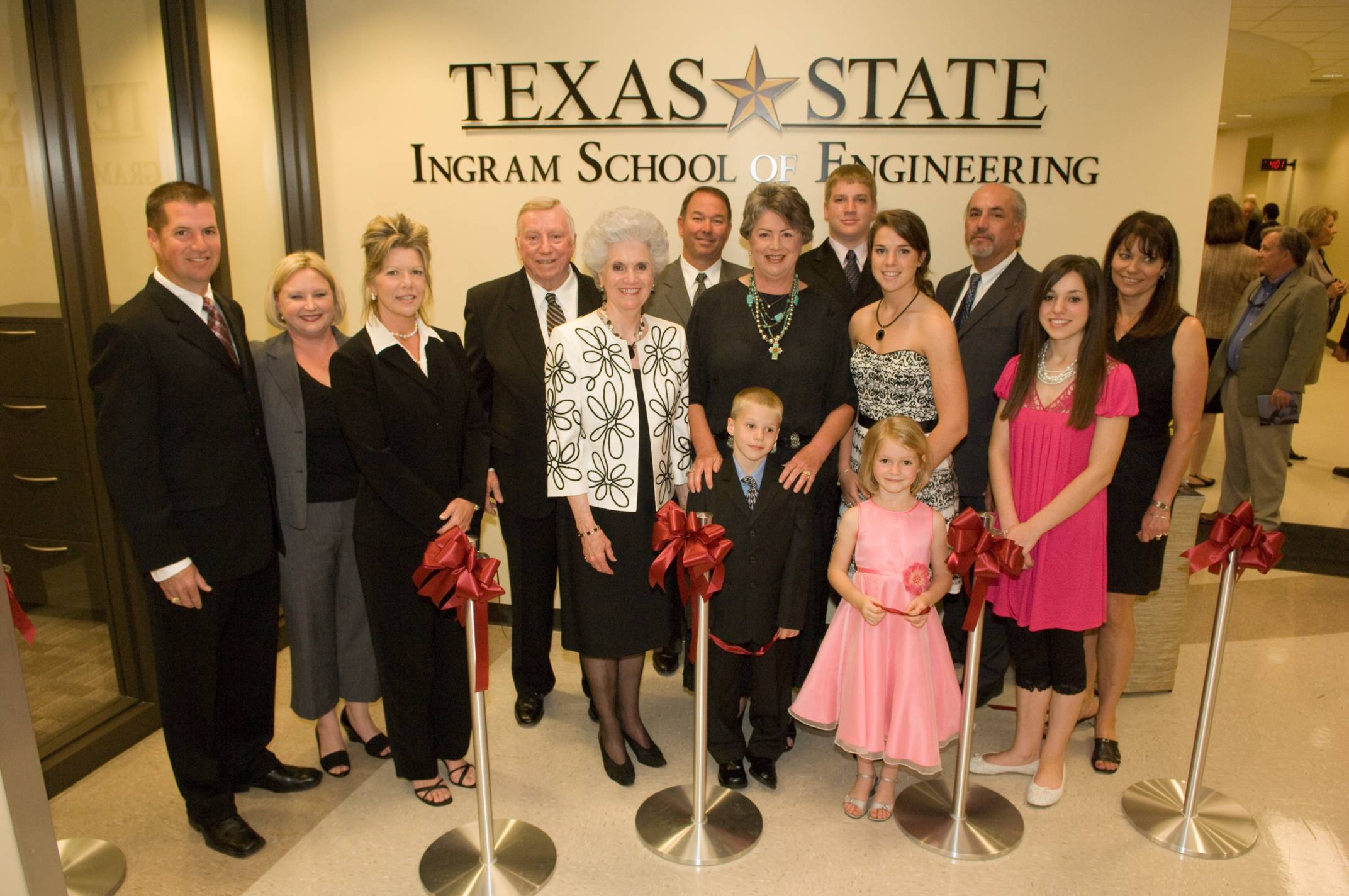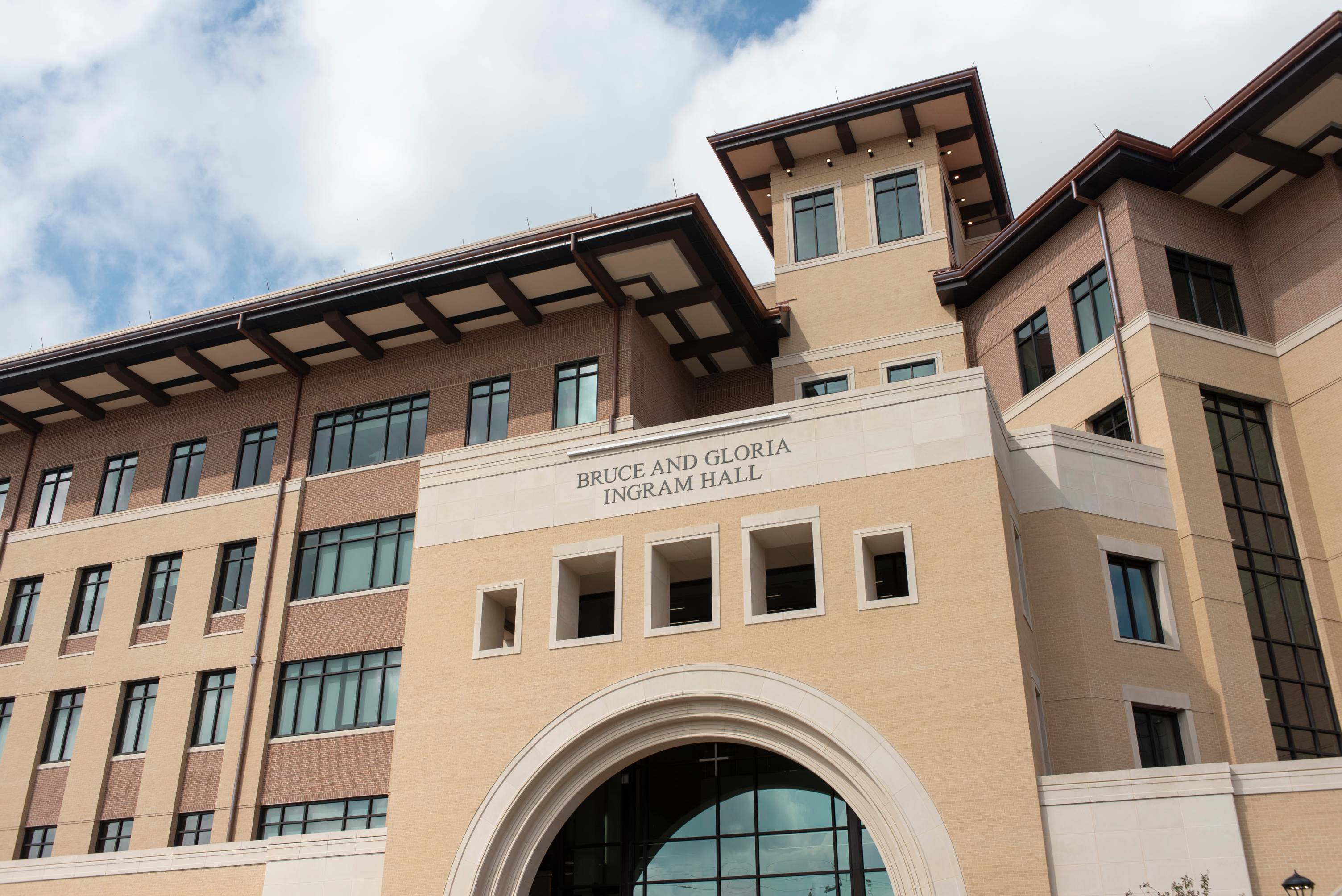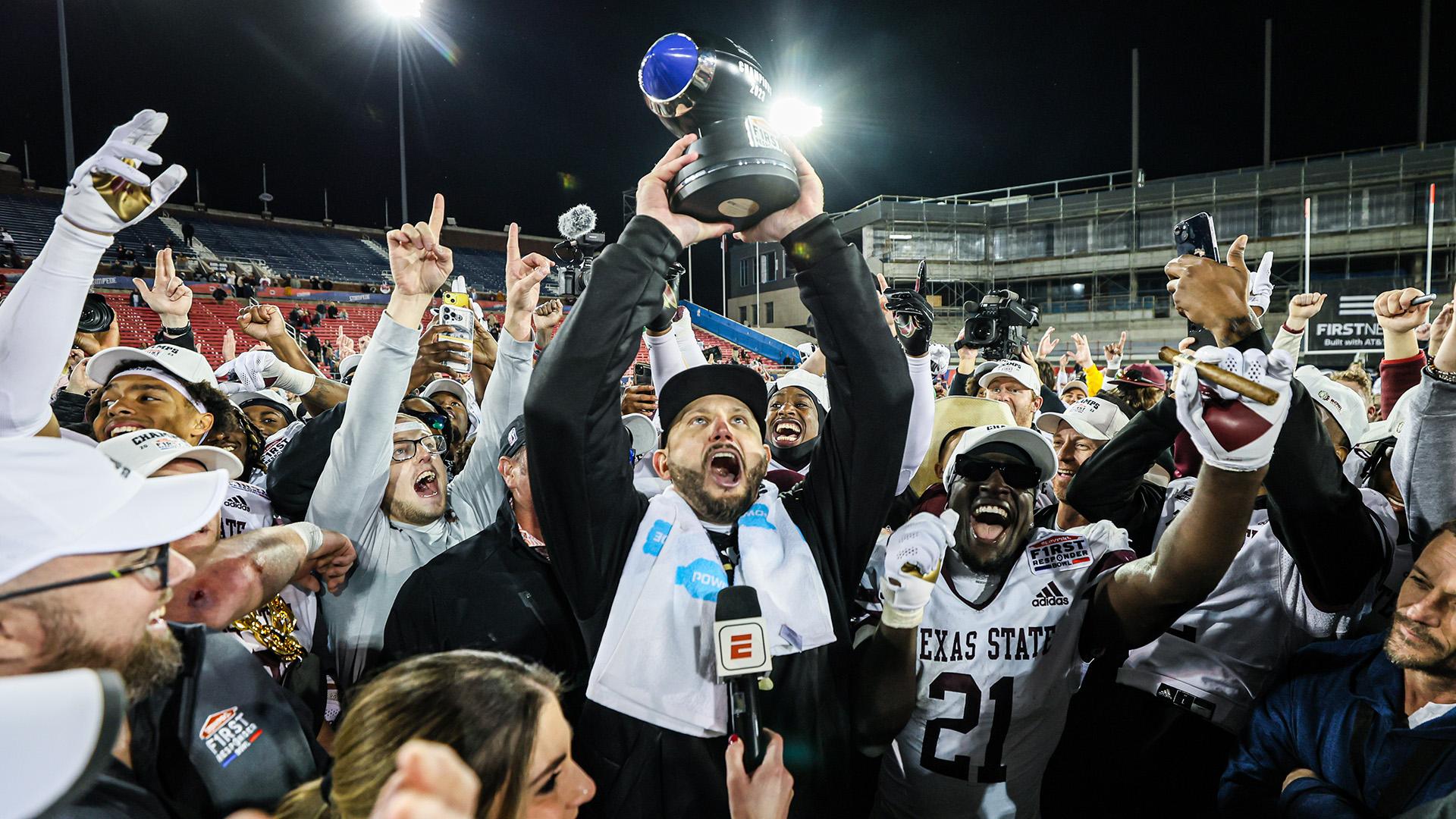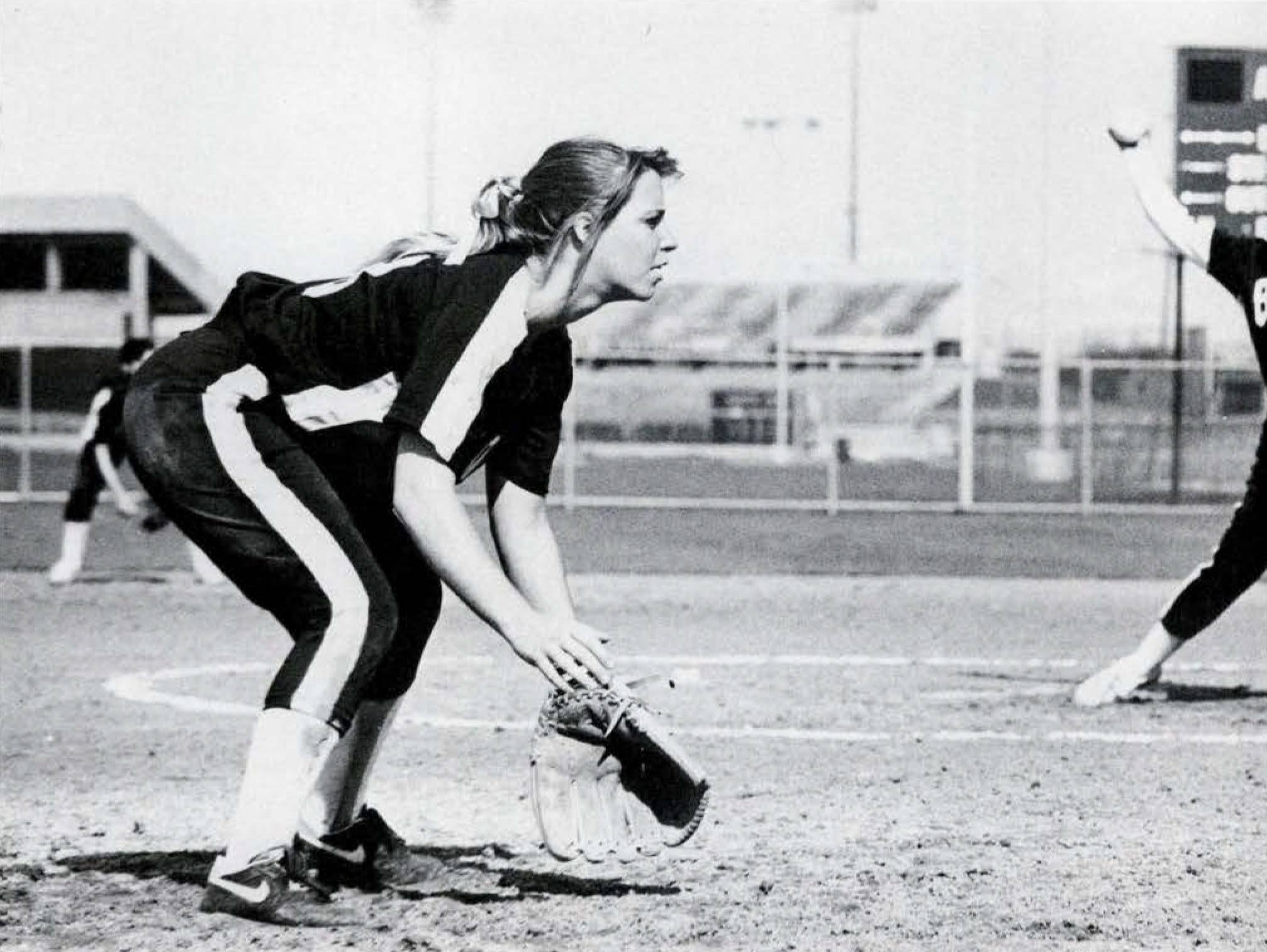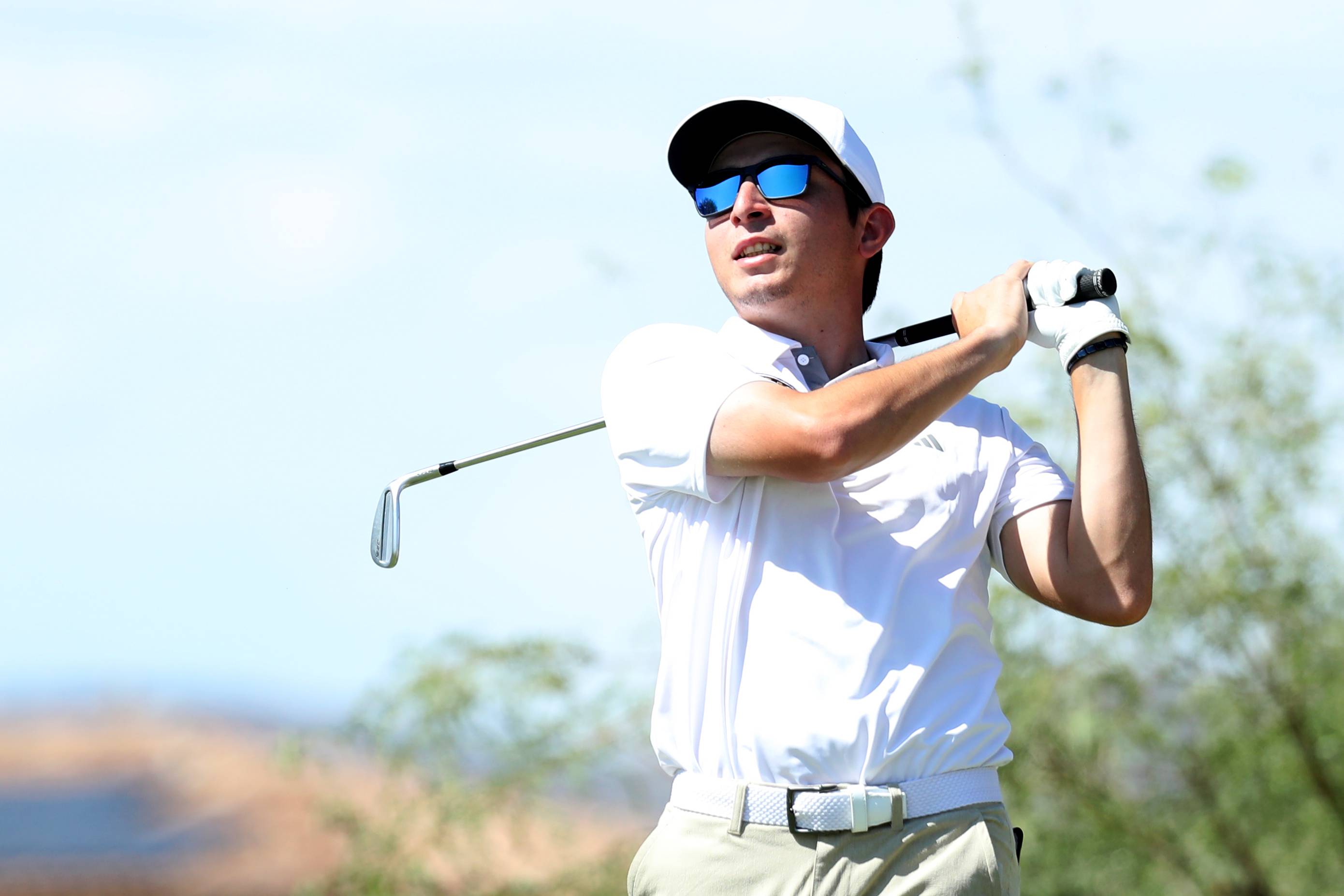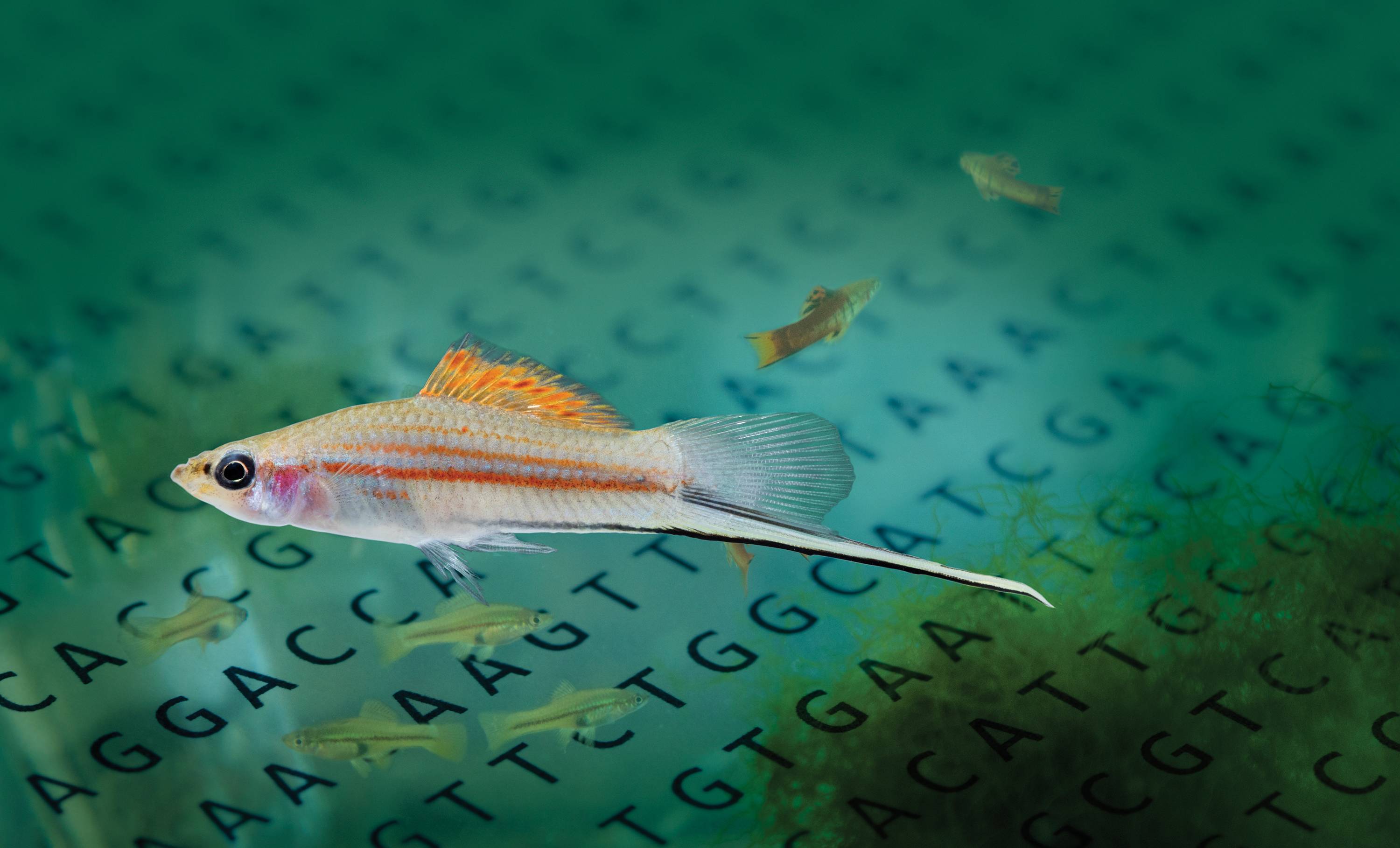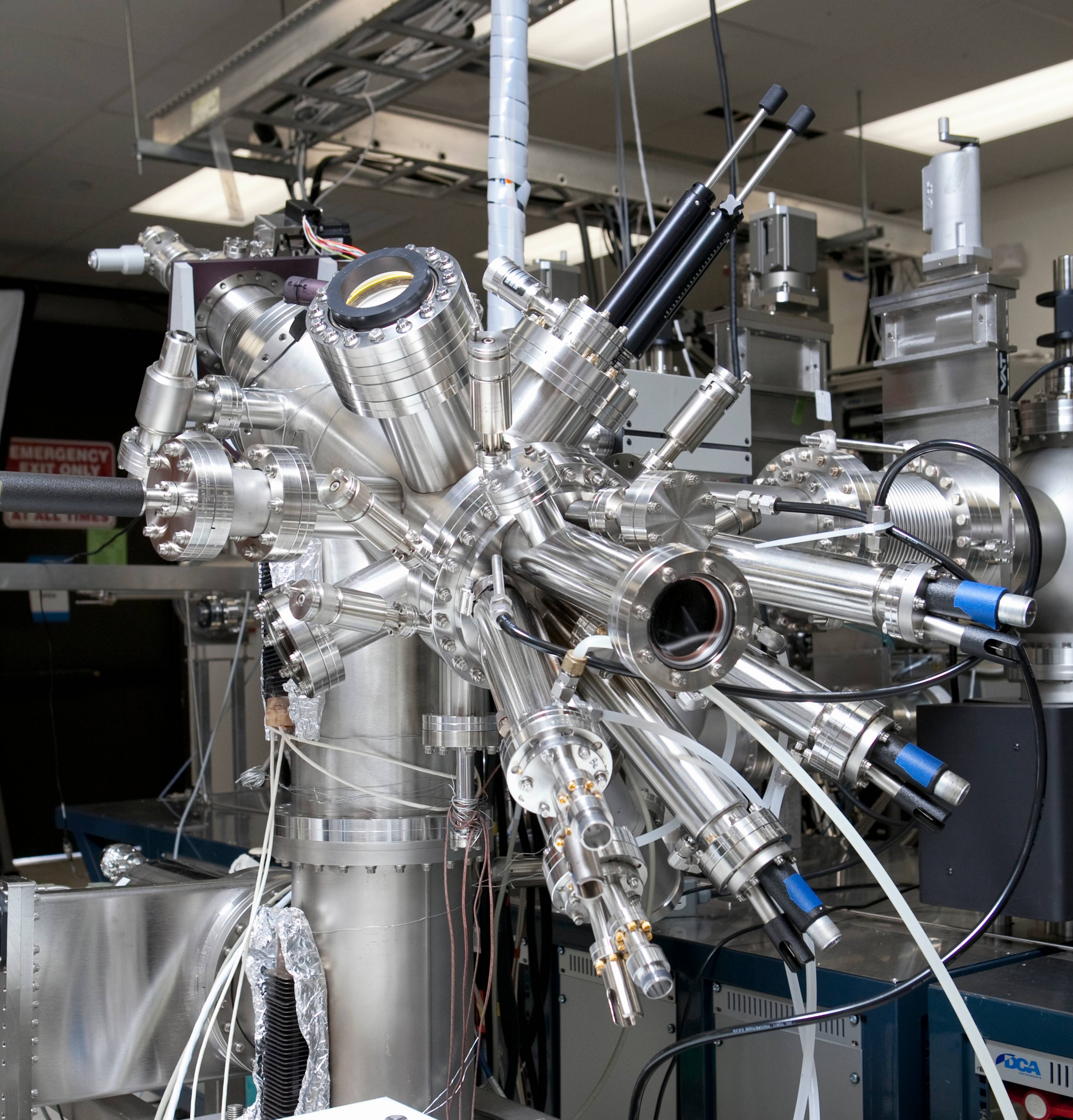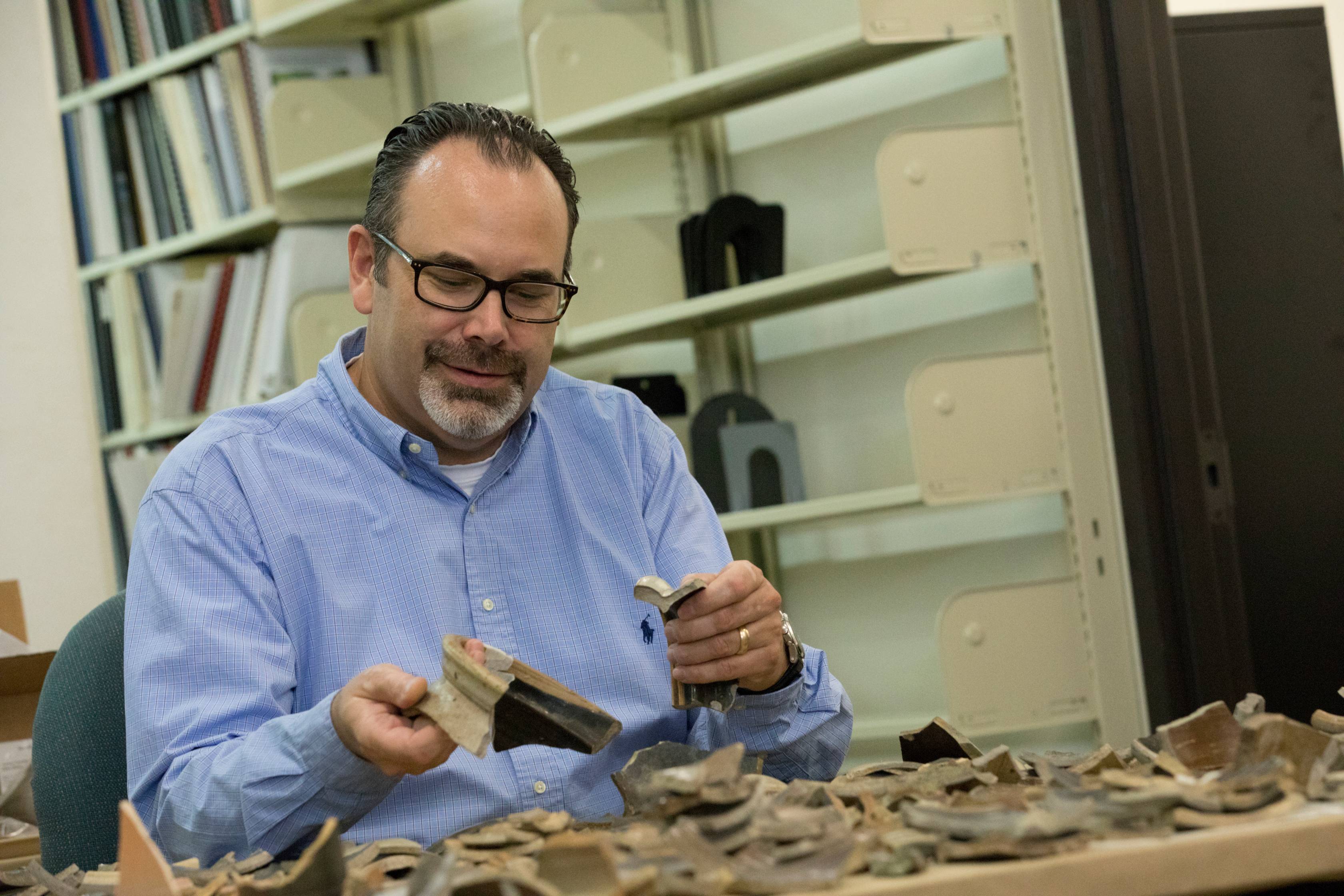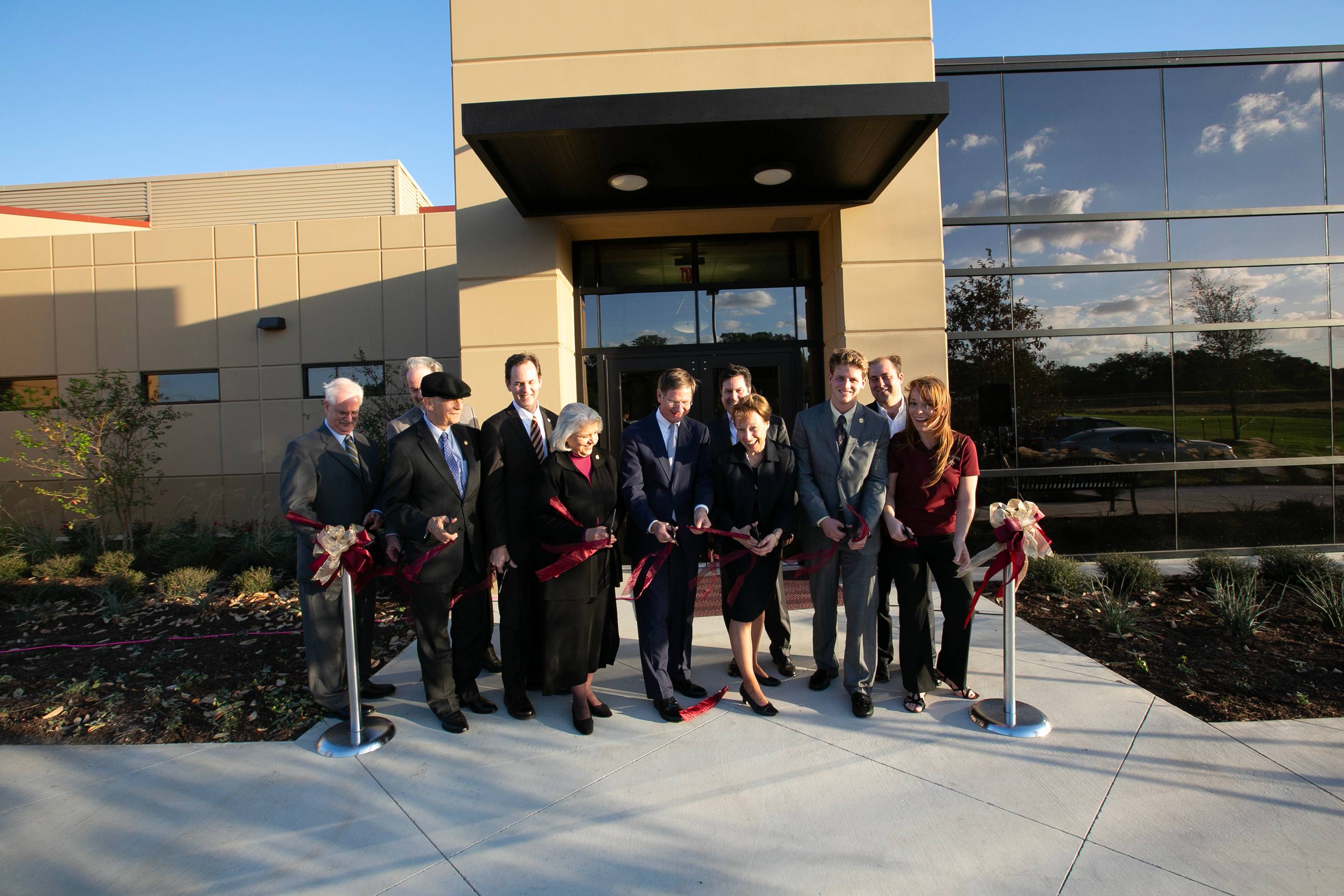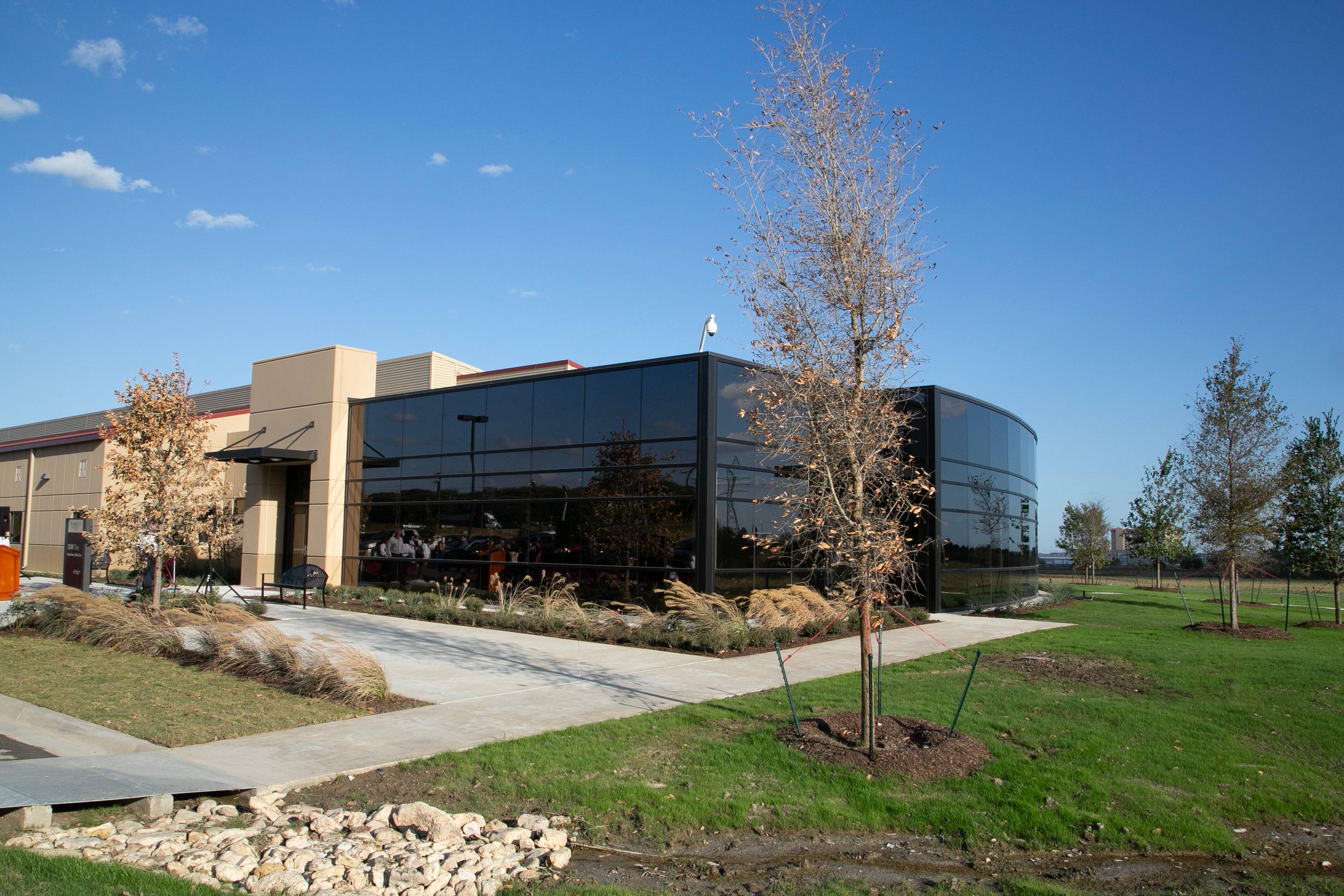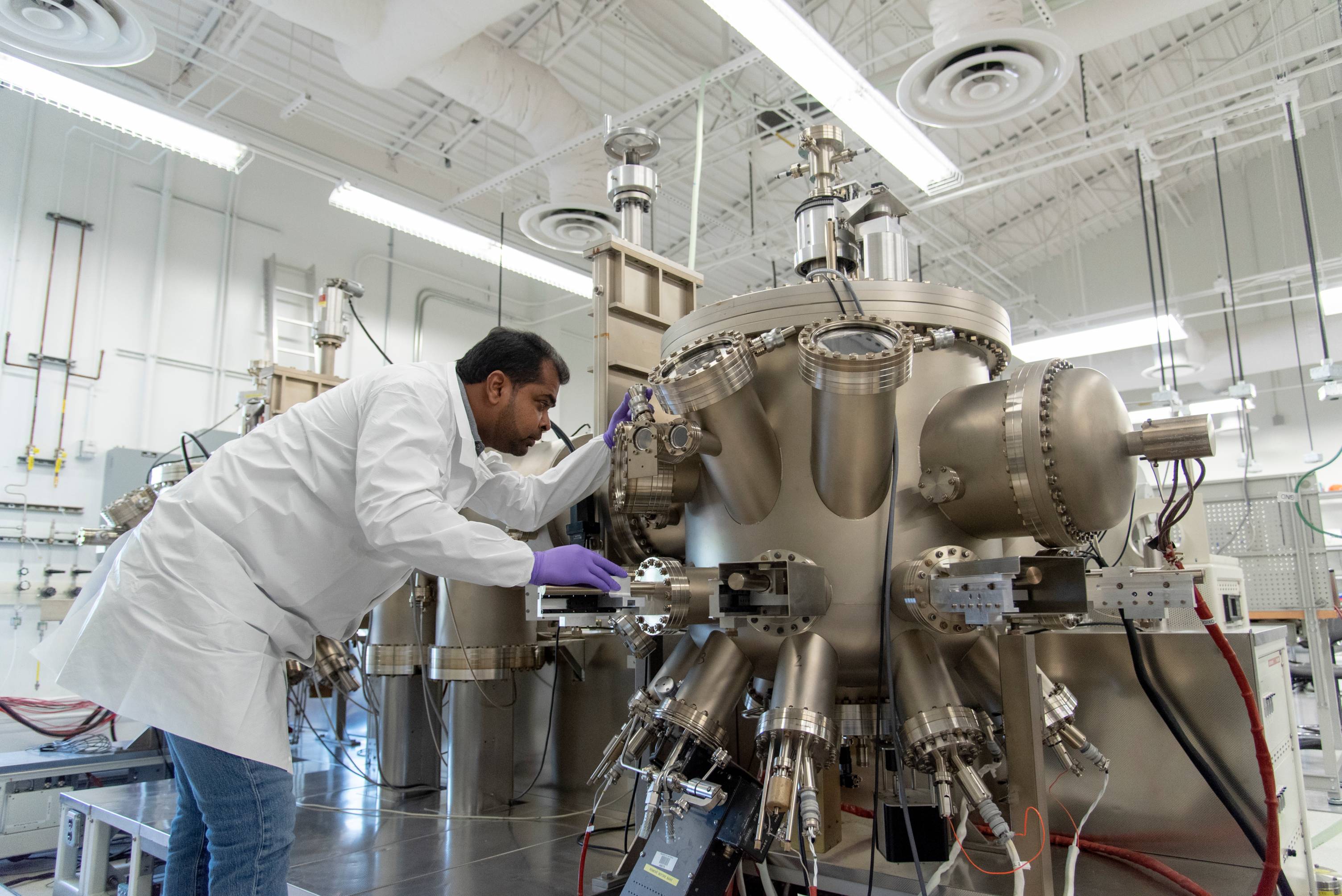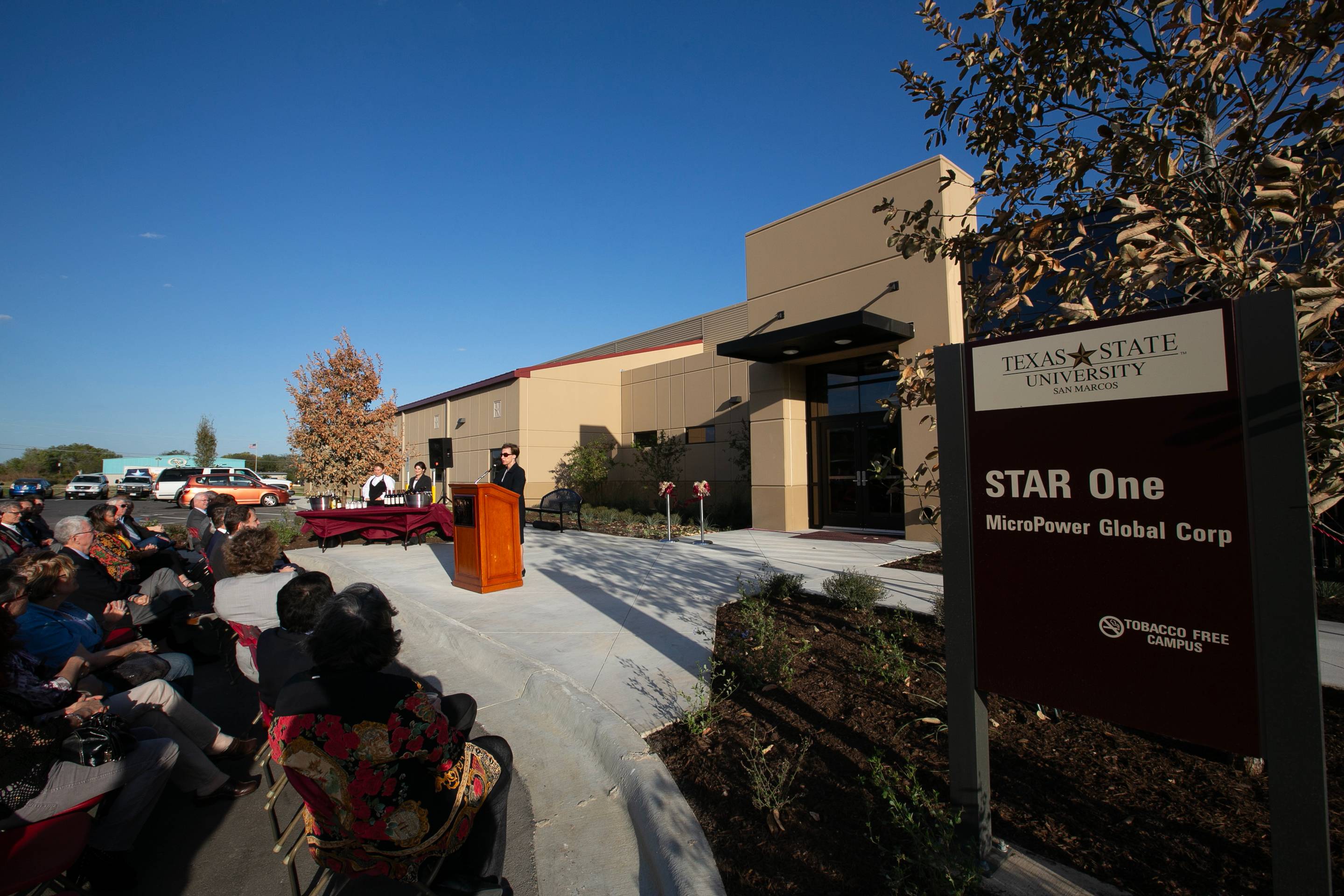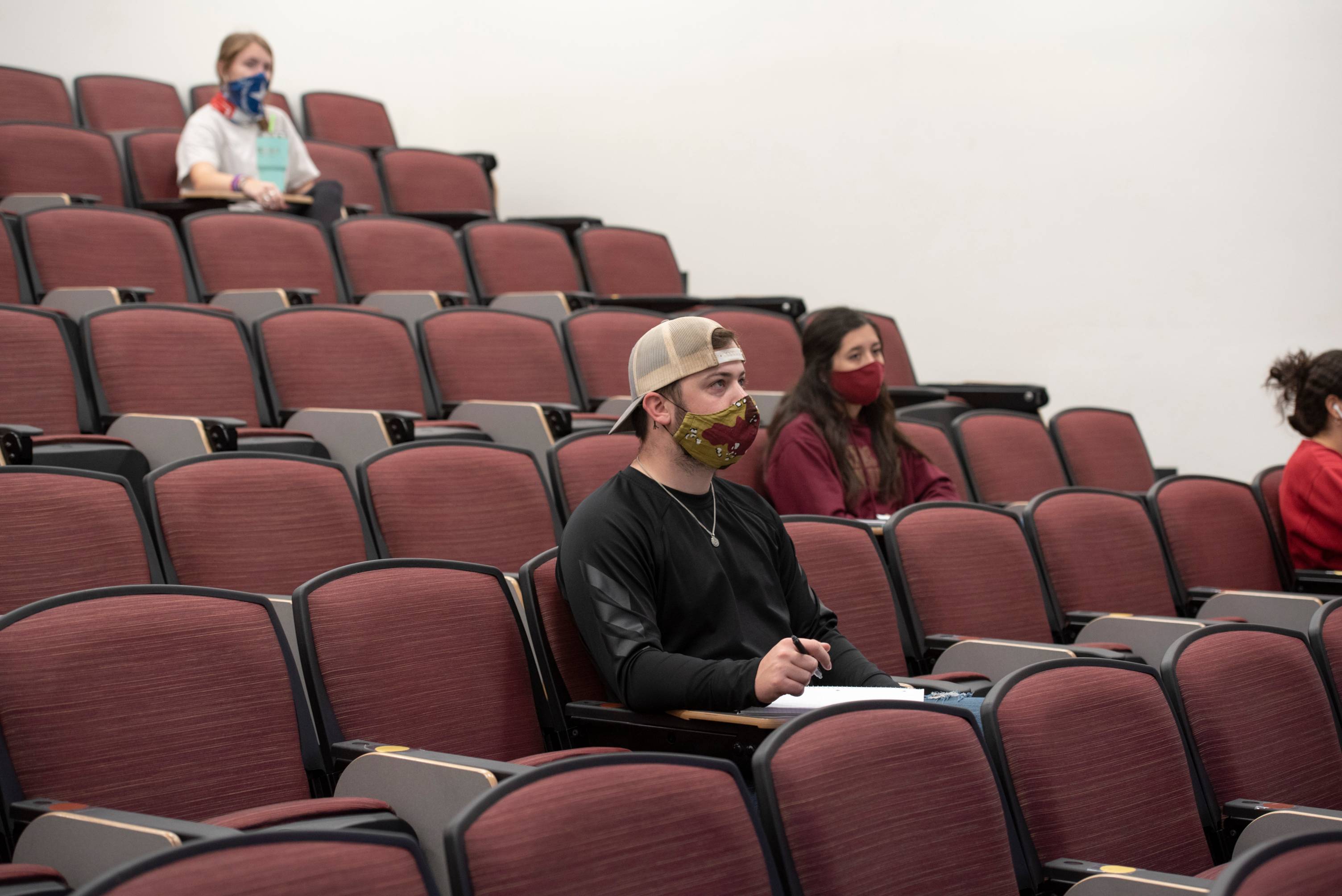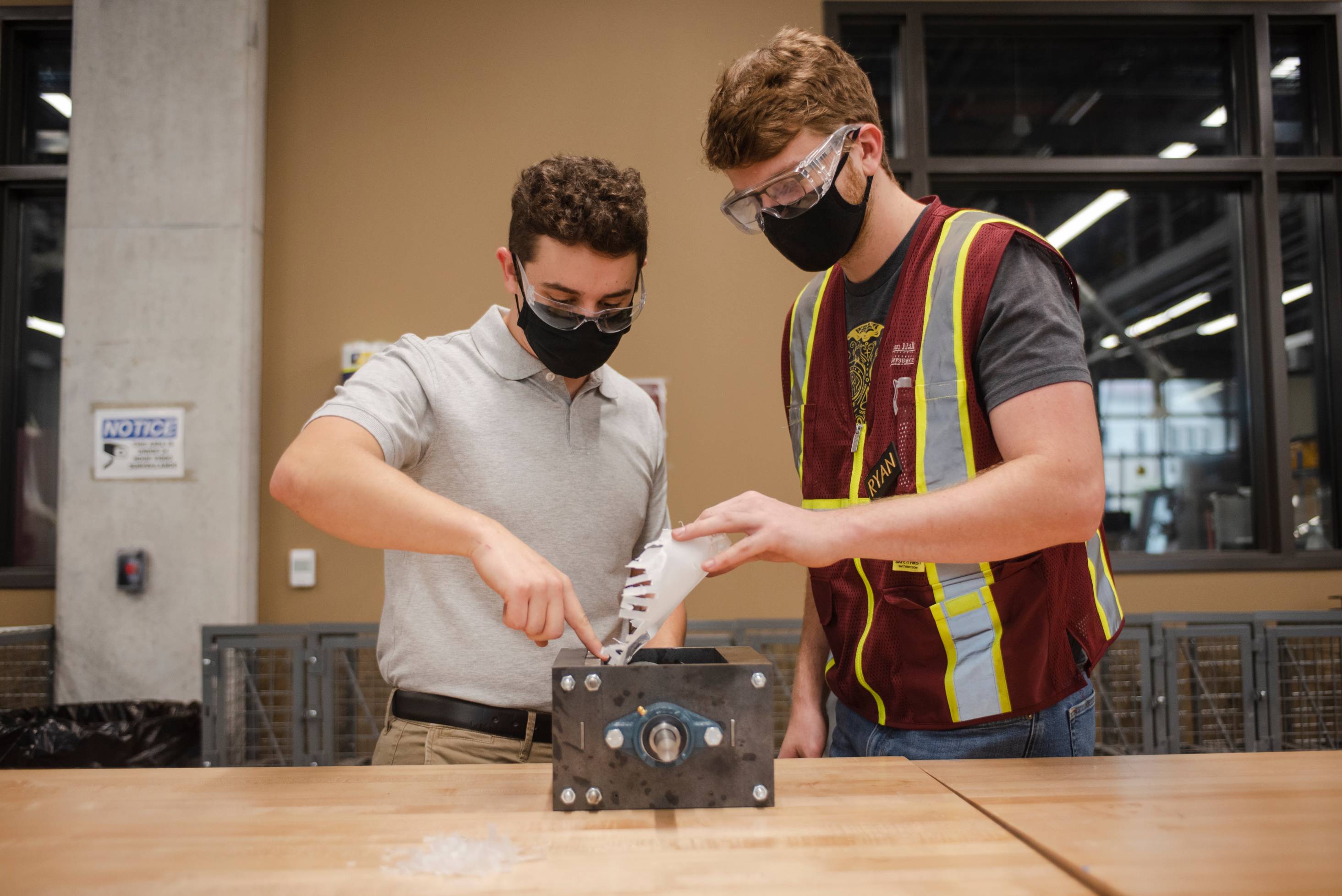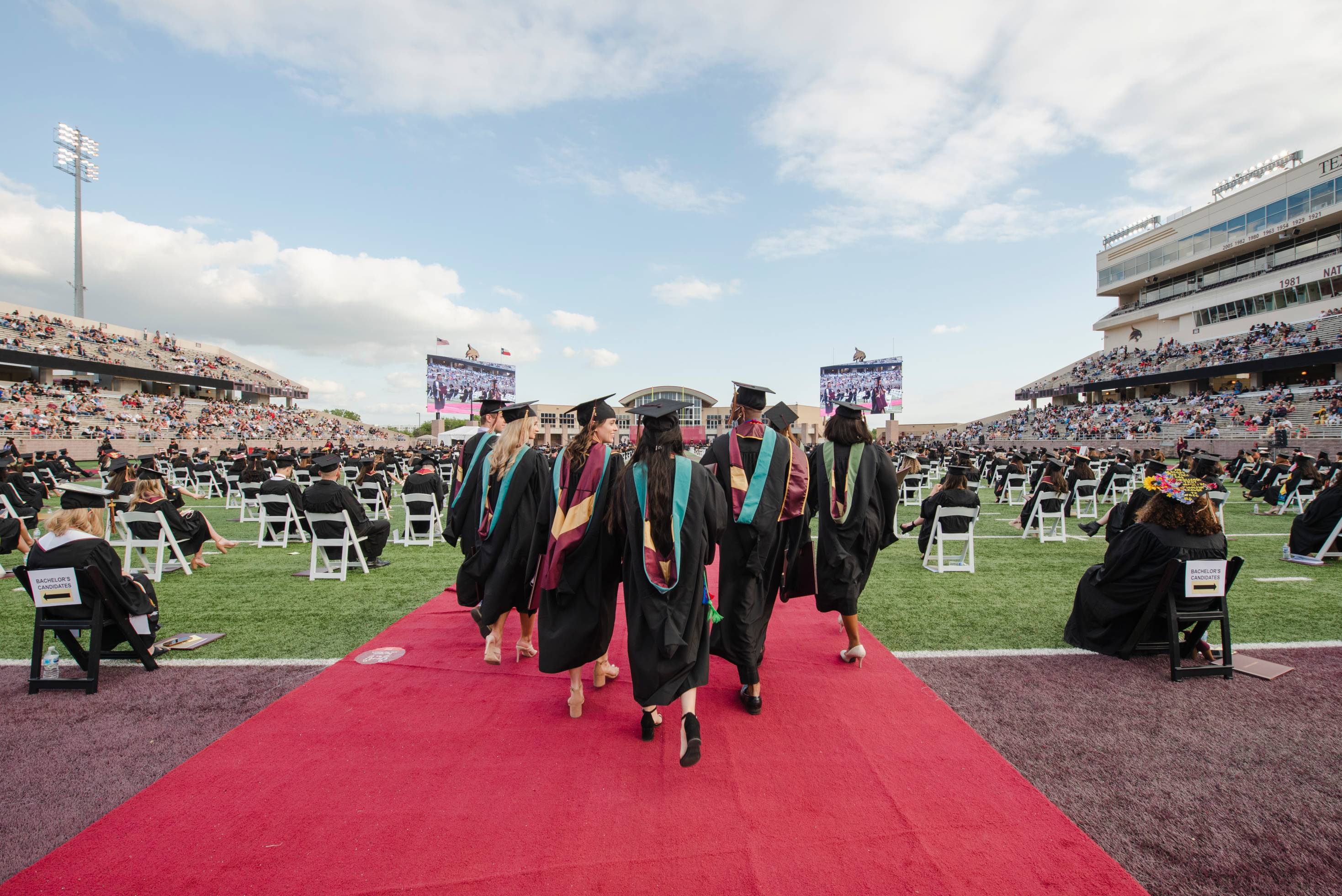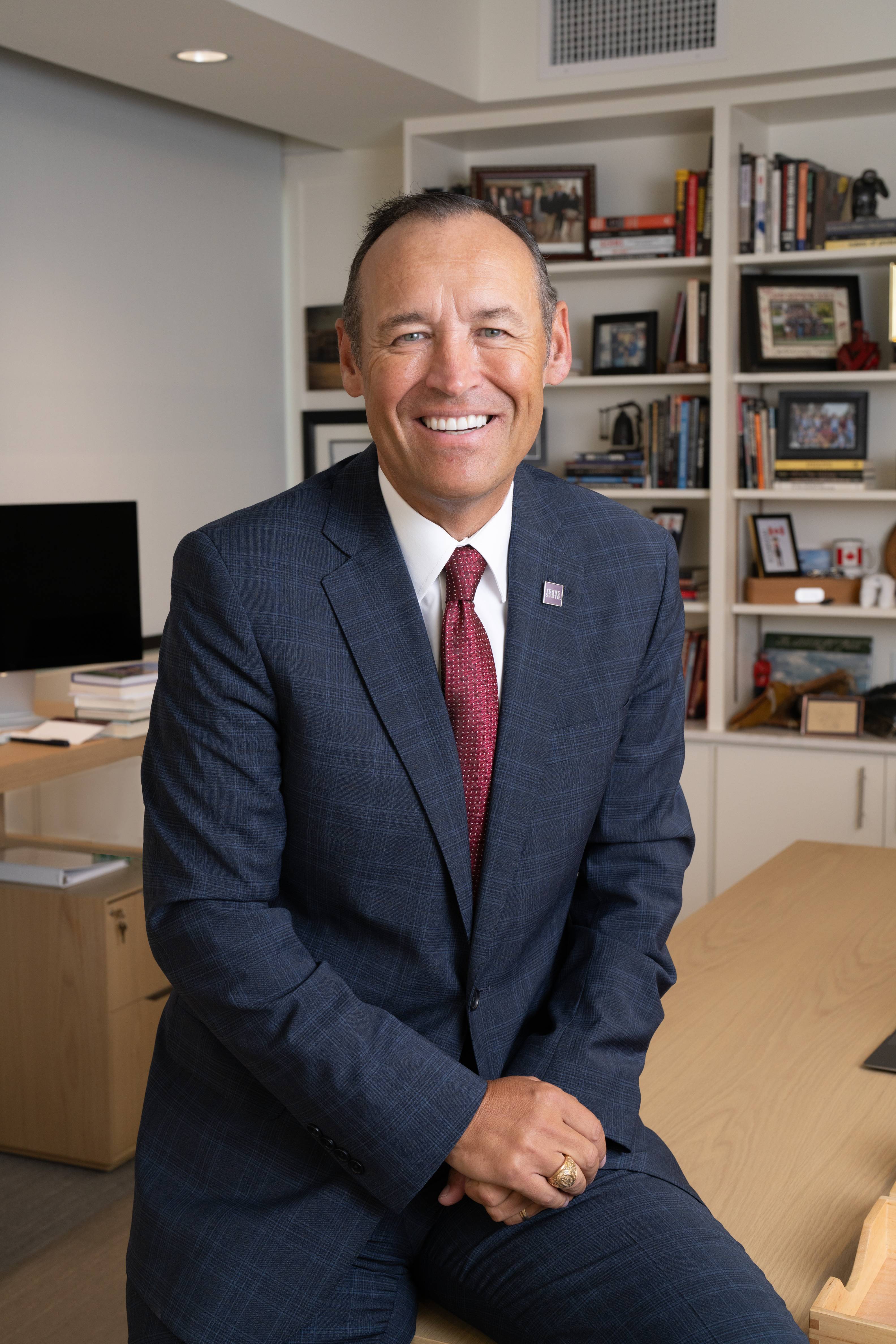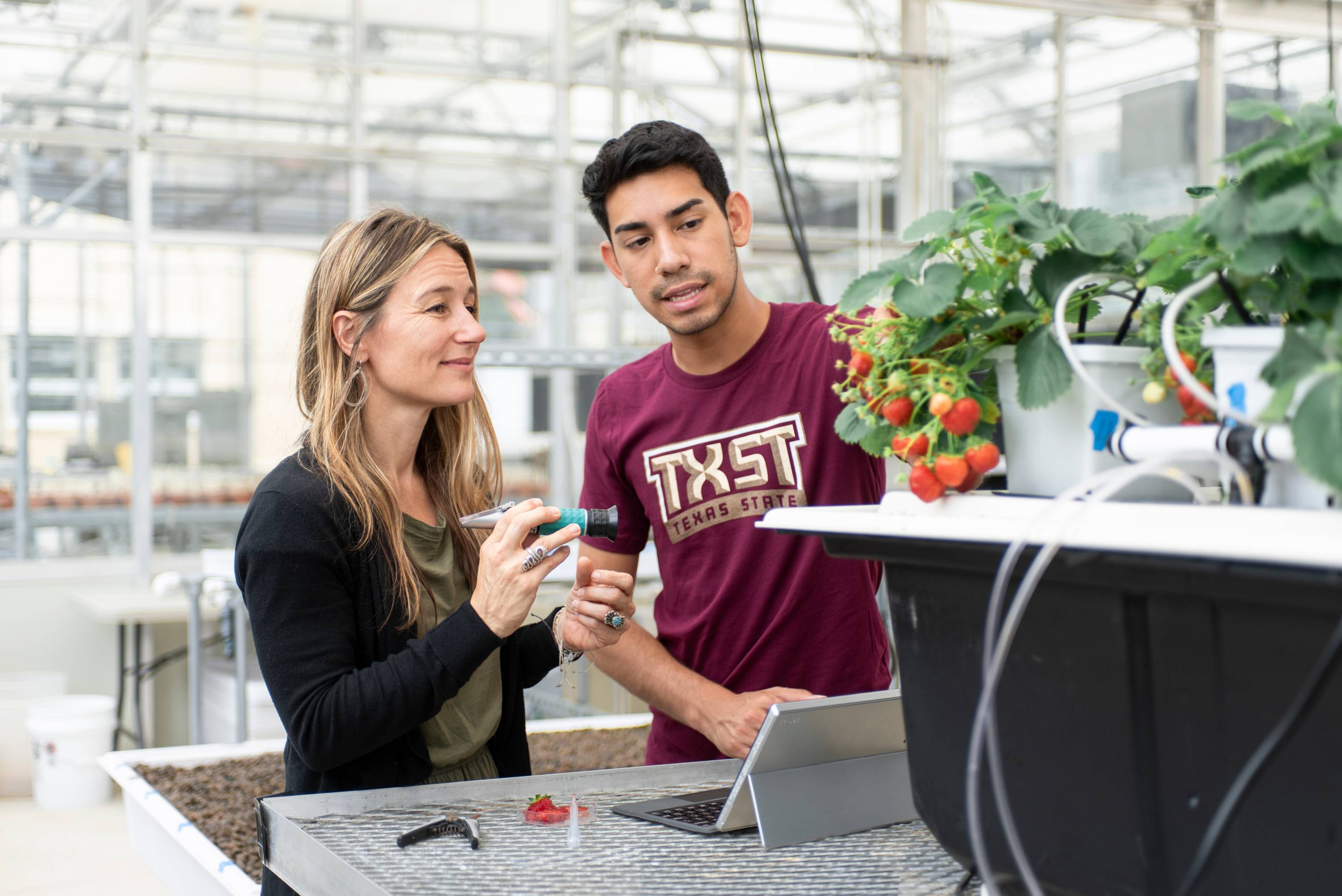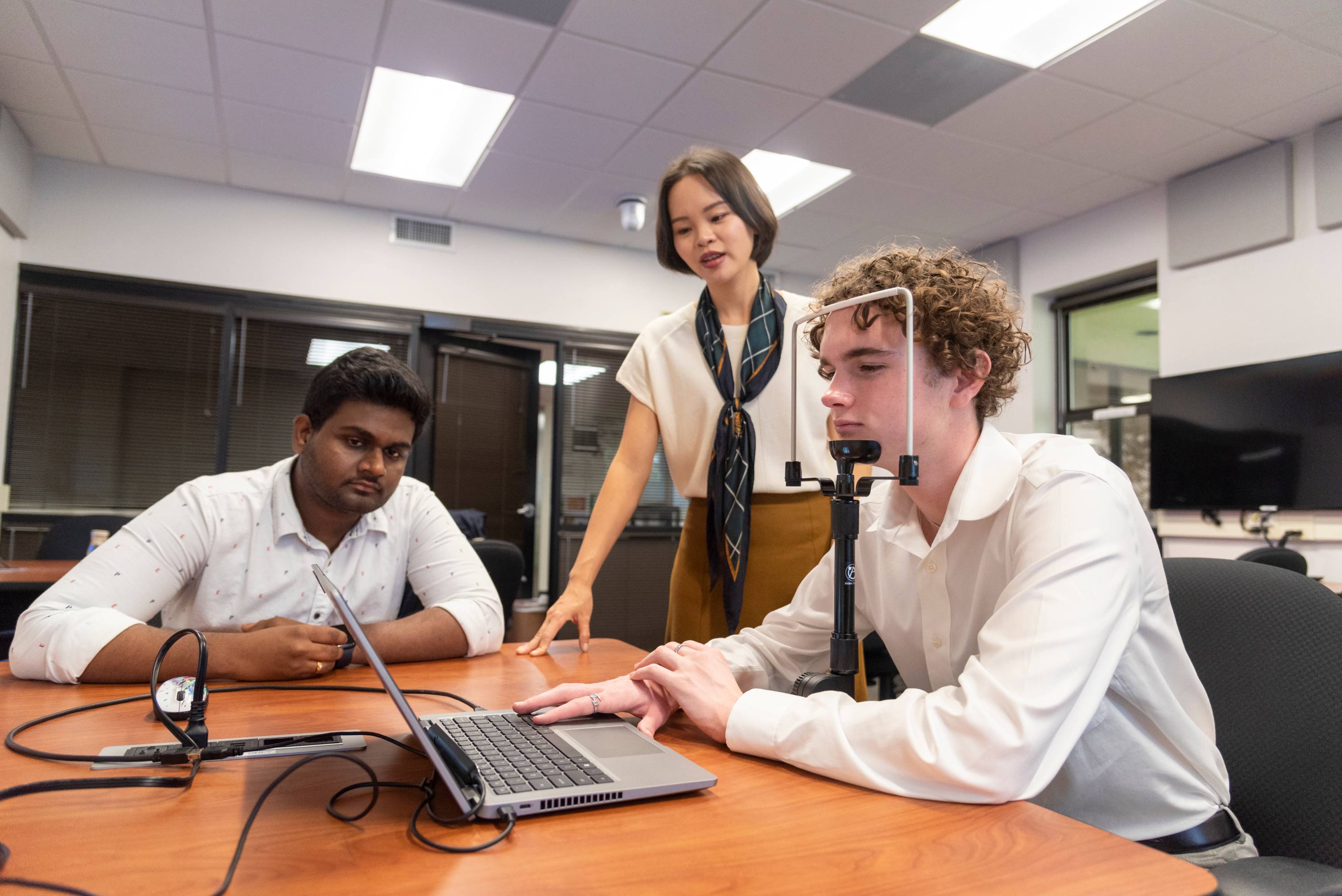Filter Panel
-
Academics
-
Alumni
-
Athletics
-
Campus Growth
-
Culture
-
Historic Milestones
-
Presidents
-
Research
-
Student Life
-
Traditions
-
1899
Southwest Texas State Normal School is established on May 10, 1899.
Gov. Joseph D. Sayers approves a bill establishing Southwest Texas State Normal School in San Marcos. The school’s defining purpose is training the future teachers of Texas.In October, the city of San Marcos donates 11 acres of land known as Chautauqua Hill as a location for the new school.Gov. Joseph D. Sayers approves a bill establishing Southwest Texas State Normal School in San Marcos. The school’s defining purpose is training the future teachers of Texas.
In October, the city of San Marcos donates 11 acres of land known as Chautauqua Hill as a location for the new school.
-
1902
Work on Old Main begins on April 28, 1902.
Gov. Joseph D. Sayers is present to help lay the cornerstone of Old Main. Designed by architect Edward Northcraft, the three-story Victorian gothic structure was the only building on campus until 1908 and remains a beloved TXST landmark.
-
1903
Classes begin on September 9, 1903.
TXST’s first classes begin with 303 students and 17 faculty members.
Students could be as young as 16 and had to be residents of Texas or promise to become Texans. They pledge to teach in public schools for at least as many sessions as they attend at TXST. Students who complete three years of...
TXST’s first classes begin with 303 students and 17 faculty members.
Students could be as young as 16 and had to be residents of Texas or promise to become Texans. They pledge to teach in public schools for at least as many sessions as they attend at TXST. Students who complete three years of courses earn permanent state teaching certificates.
-
1903
Enrollment: 303
Enrollment will steadily increase to more than 500 students by the end of the decade.
-
1903
The first student organizations included literary societies, the YWCA, and three music associations.
-
1903
Women organize the first sports team at TXST.
The first athletic team at Texas State is a women’s basketball team. There are sometimes as many as four different women’s basketball teams in TXST’s early years, with names like Nymphs, Topsies, Sprites, and Goblins. They compete first at the intramural and then intercollegiate level.The first athletic team at Texas State is a women’s basketball team.
There are sometimes as many as four different women’s basketball teams in TXST’s early years, with names like Nymphs, Topsies, Sprites, and Goblins. They compete first at the intramural and then intercollegiate level.
-
1906
The first Hispanic student enrolls at Texas State.
Elena Zamora (later O’Shea) enrolls at TXST. The first student with a Hispanic surname to enroll at TXST, she would go on to become a successful teacher-principal, prosperous businesswoman, translator, and author. In 2021, a residence hall is renamed Elena Zamora O’Shea Hall to honor her legacy.Elena Zamora O’Shea ExhibitElena Zamora (later O’Shea) enrolls at TXST. The first student with a Hispanic surname to enroll at TXST, she would go on to become a successful teacher-principal, prosperous businesswoman, translator, and author.
In 2021, a residence hall is renamed Elena Zamora O’Shea Hall to honor her legacy.
-
1910
Enrollment: 506
Enrollment during this decade peaks at 1,080 before falling to 303 during World War I.
-
1917
Sewell Park opens.
On a hot summer day in 1916, Dr. S.M. Sewell, a mathematics professor, wades into the San Marcos River and decides that the university needs a park with an area to swim. Back then, the river was only three feet deep and was clogged with mud and debris.
In 1917, the U.S. Bureau of Fisheries leases...
On a hot summer day in 1916, Dr. S.M. Sewell, a mathematics professor, wades into the San Marcos River and decides that the university needs a park with an area to swim. Back then, the river was only three feet deep and was clogged with mud and debris.
In 1917, the U.S. Bureau of Fisheries leases the college four acres of land along the river. College students, armed with mud scrapers and mules, clean the river bottom, build up the banks, and smooth the slopes. The new park opens in the summer of 1917, and it's called Riverside Park until 1946, when it's renamed in honor of its founder, Sewell.
-
1918
The name change reflects the Board of Regents’ decision in 1916 to authorize state normal schools to offer two more years of college-level work, making them standard colleges. Students at TXST could now earn a bachelor of arts or bachelor of science in education.
-
1920
Enrollment: 442
Enrollment during this decade will peak at more than 1,300 students in fall 1927.
-
1921
The Bobcat becomes TXST’s mascot.
“A bobcat will fight you with everything he has; with four claws, teeth, speed and brains.” —Oscar StrahanIn 1921, a committee led by Dr. C. Spurgeon Smith recommends that the school adopt the bobcat as the college’s mascot, and Athletic Director Oscar Strahan approves the selection.“A bobcat will fight you with everything he has; with four claws, teeth, speed and brains.”
—Oscar StrahanIn 1921, a committee led by Dr. C. Spurgeon Smith recommends that the school adopt the bobcat as the college’s mascot, and Athletic Director Oscar Strahan approves the selection.
-
1921
First Homecoming football game is played.
Homecoming, previously held during spring commencement week, is moved to Thanksgiving to give working teachers a chance to come home for the big day — and to make football the main event.
The Bobcats face archrivals North Texas State Teachers College from Denton (now University of North Texas) in a...
Read an account of the game.Homecoming, previously held during spring commencement week, is moved to Thanksgiving to give working teachers a chance to come home for the big day — and to make football the main event.
The Bobcats face archrivals North Texas State Teachers College from Denton (now University of North Texas) in a showdown for the State Normal Championship. The Bobcats are undefeated going into the game, but they’ve never beaten North Texas.
In what the Normal Star calls “the most important game ever played on Evans Field,” the Bobcats win 14-0, securing the Normal championship and capping off an undefeated season.
-
1923
-
1930
Enrollment: 1,223
The Great Depression and its lingering effects keep enrollment flat during the 1930s.
-
1930
Lyndon Baines Johnson, future president of the United States, graduates.
Lyndon B. Johnson graduates with a bachelor of science in history and a permanent high school teaching certificate. Texas State is the only university in Texas to graduate a U.S. president.
LBJ’s legacy can be seen across campus in various building and event names, and a statue of the former...
Lyndon B. Johnson ExhibitLyndon B. Johnson graduates with a bachelor of science in history and a permanent high school teaching certificate. Texas State is the only university in Texas to graduate a U.S. president.
LBJ’s legacy can be seen across campus in various building and event names, and a statue of the former president stands tall on the Quad.
-
1936
To meet a growing demand for advanced training in education, TXST begins offering a master of arts with a major in education in the summer of 1936. The program focuses on advanced training for administration, supervision, and effective classroom teaching.
-
1937
First master’s degree is conferred.
The first master’s degree at TXST is awarded to Margaret McClung Walker.
-
1940
Enrollment: 1,441
Enrollment drops to nearly 500 during World War II before rebounding to nearly 2,000 students by the end of the decade.
-
1946
Glass-bottom boat tours begin on Spring Lake.
In 1946, a member of the Rogers family rigs a paddle boat with a glass bottom and takes family and friends to see the bubbling springs, plants, and animals of Spring Lake. After purchasing the property from his parents, Paul Rogers develops Aquarena Springs into a theme park with glass-bottom...
In 1946, a member of the Rogers family rigs a paddle boat with a glass bottom and takes family and friends to see the bubbling springs, plants, and animals of Spring Lake. After purchasing the property from his parents, Paul Rogers develops Aquarena Springs into a theme park with glass-bottom boats, a submarine theater, mermaids, and other underwater performers.
Glass-bottom boat tours are still offered at TXST’s Meadows Center for Water and the Environment today.
-
1950
Enrollment: 2,013
Enrollment briefly drops to a little more than 1,500 students during the Korean War before rebounding back above 2,000 at the end of the decade.
-
1959
To better serve the needs of the people of San Marcos and the surrounding areas, the college has begun to offer pre-professional training for subjects other than education. The name change to Southwest Texas State College reflects this broader service to the state.
Degrees offered include a...
To better serve the needs of the people of San Marcos and the surrounding areas, the college has begun to offer pre-professional training for subjects other than education. The name change to Southwest Texas State College reflects this broader service to the state.
Degrees offered include a bachelor of arts, bachelor of science, bachelor of science in education, bachelor of science in home economics, bachelor of science in industrial arts, bachelor of science in vocational agriculture, bachelor of music education, bachelor of business administration, and two master’s degrees.
-
1960
Enrollment: 2,653
Enrollment skyrockets as the baby boomers born after World War II head to college. More than 9,000 students are enrolled at TXST by the end of the decade.
-
1960
Strutters perform for the first time.
Founded by Mrs. Barbara Guinn Tidwell, the Texas State Strutters dazzle audiences for the first time in 1960. The Strutters hold the distinction of being the first dance team organized on any four-year college campus in Texas.
The Strutters go on to perform at two U.S. presidential inaugurations,...
Founded by Mrs. Barbara Guinn Tidwell, the Texas State Strutters dazzle audiences for the first time in 1960. The Strutters hold the distinction of being the first dance team organized on any four-year college campus in Texas.
The Strutters go on to perform at two U.S. presidential inaugurations, participate in the Macy’s Thanksgiving Day Parade, and appear on television and in feature films.
-
1963
First Black students enroll at Texas State.
In response to a lawsuit filed by Dana Jean Smith, a U.S. district judge signs a court order that ends segregation at TXST. Dana Jean Smith, Georgia Faye Hoodye, Gloria Odoms, and Mabeleen Washington enroll at Texas State on the same day the order is signed. Helen Jackson enrolls the next day.
In...
The First Five ExhibitIn response to a lawsuit filed by Dana Jean Smith, a U.S. district judge signs a court order that ends segregation at TXST. Dana Jean Smith, Georgia Faye Hoodye, Gloria Odoms, and Mabeleen Washington enroll at Texas State on the same day the order is signed. Helen Jackson enrolls the next day.
In 2021, a residence hall is renamed First Five Freedom Hall to honor these trailblazing women.
-
1965
President Lyndon B. Johnson signs the Higher Education Act at TXST on November 8, 1965.
“Here the seeds were planted from which grew my firm conviction that for the individual, education is the path to achievement and fulfillment; for the nation, it is a path to a society that is not only free but civilized; and for the world, it is the path to peace — for it is education that places...
Higher Education Act Exhibit“Here the seeds were planted from which grew my firm conviction that for the individual, education is the path to achievement and fulfillment; for the nation, it is a path to a society that is not only free but civilized; and for the world, it is the path to peace — for it is education that places reason over force.” — Lyndon B. Johnson, remarks at the signing of the Higher Education Act
LBJ returns to TXST to sign the Higher Education Act, one of his defining achievements as president. The act makes higher education available to hundreds of thousands of young Americans thanks to federal scholarships and loans. The act also expands libraries’ resources, improves the level of education in elementary and secondary schools, supports community service programs, and funds higher education institutions’ investment in their facilities, faculty, and student resources.
-
1967
Shirley Harris becomes the first Black student to graduate from TXST on May 26, 1967.
Remembering Shirley HarrisShirley Harris, who transferred from San Antonio College in 1965, graduates from Texas State with an education degree. The first in her family to earn a college degree, Harris teaches for more than 40 years in San Antonio.
-
1969
The university continues to grow, both in size and scope, to meet the needs of the people of Texas and the nation.
-
1970
Enrollment: 9,852
Enrollment continues to grow, topping more than 15,000 students by the end of the decade.
-
1972
Allied School of Health Professions is founded.
To meet the demand for trained healthcare professionals in Texas and the nation, TXST establishes the School of Allied Health Professions. The first health professions program, inhalation therapy (now respiratory care), is offered to an initial enrollment of 24 students.
Today, more than 4,000...
To meet the demand for trained healthcare professionals in Texas and the nation, TXST establishes the School of Allied Health Professions. The first health professions program, inhalation therapy (now respiratory care), is offered to an initial enrollment of 24 students.
Today, more than 4,000 students are enrolled in 18 undergraduate and graduate degree programs in the College of Health Professions.
-
1979
The university purchases 78 acres of land and the 18 buildings on the property from the San Marcos Baptist Academy, increasing the size of the campus by 50%.
-
1980
Enrollment: 15,400
Steady growth continues, and more than 20,000 students are enrolled by 1989.
-
1981
Bobcat Stadium opens.
Bobcat Stadium becomes the home of TXST football, replacing Evans Field. The stadium is renovated several times to increase its capacity to 30,000 seats and add facilities like the Jerry D. and Linda Gregg Fields West Side Complex, the Linda Gregg Fields Strutters’ Gallery, and the upcoming Johnny...
Bobcat Stadium becomes the home of TXST football, replacing Evans Field. The stadium is renovated several times to increase its capacity to 30,000 seats and add facilities like the Jerry D. and Linda Gregg Fields West Side Complex, the Linda Gregg Fields Strutters’ Gallery, and the upcoming Johnny and Nathali Weisman Football Performance Center.
-
1985
University begins management of Freeman Center.
Harold Freeman bequeaths 3,485 acres of ranchland in Hays County to Texas State University in 1981. The university officially takes over managing the ranch in 1985 after Freeman’s death.
The Freeman Center is now used by Texas State University for research, education, and farm, ranch, and game...
Harold Freeman bequeaths 3,485 acres of ranchland in Hays County to Texas State University in 1981. The university officially takes over managing the ranch in 1985 after Freeman’s death.
The Freeman Center is now used by Texas State University for research, education, and farm, ranch, and game management.
-
1986
Southwestern Writers Collection is established.
Bill and Sally Wittliff create the Southwestern Writers Collection with a donation of author and folklorist J. Frank Dobie’s papers.
Located on the seventh floor of Alkek Library, what’s now known as The Wittliff Collections has grown to include the Southwestern Writers Collection, the Southwestern...
Visit The WittliffBill and Sally Wittliff create the Southwestern Writers Collection with a donation of author and folklorist J. Frank Dobie’s papers.
Located on the seventh floor of Alkek Library, what’s now known as The Wittliff Collections has grown to include the Southwestern Writers Collection, the Southwestern & Mexican Photography Collection, the Lonesome Dove Collection, and the Texas Music Collection.
The Wittliff collects, preserves, and presents the cultural heritage of Texas, the Southwest, and Mexico through works of the region’s storytellers. Its collections include artifacts from authors like Cormac McCarthy and Sandra Cisneros, musicians like Willie Nelson and Stevie Ray Vaughan, and photographers like Manuel Álvarez Bravo and Yolanda Andrade.
-
1990
Enrollment: 20,940
Growth slows and enrollment holds steady over the decade.
-
1990
Alkek Library opens.
Alkek Library opens in the summer of 1990, with twice the collection and study space that was available in the library’s previous location in J.C. Kellam. To celebrate the opening, students, faculty, and staff participate in the Book-It Brigade, forming a line of people from JCK to Alkek to pass...
Alkek Library opens in the summer of 1990, with twice the collection and study space that was available in the library’s previous location in J.C. Kellam. To celebrate the opening, students, faculty, and staff participate in the Book-It Brigade, forming a line of people from JCK to Alkek to pass the first four books from person to person to the new library.
Alkek remains the most important information resource at TXST, and it’s been updated over the years to offer state-of-the-art spaces and equipment for students to explore, create, and discover.
-
1994
TXST buys Aquarena Springs.
The university buys the Aquarena Springs Resort property for $7 million. The popular theme park and tourist destination is at Spring Lake, the headwaters of the San Marcos River. The university restores the habitat around the lake, transforming the theme park into a world-class nature center...
Transformation of Spring LakeThe university buys the Aquarena Springs Resort property for $7 million. The popular theme park and tourist destination is at Spring Lake, the headwaters of the San Marcos River. The university restores the habitat around the lake, transforming the theme park into a world-class nature center dedicated to research and education.
-
1996
TXST expands its reach to Round Rock.
TXST expands its services to the Williamson County area by establishing the Round Rock Higher Education Center. The center, located on the Westwood High School campus, offers graduate-level education and business administration programs in the evening for working adults in the area.
-
2000
Enrollment: 22,423
Enrollment begins to grow dramatically once more, increasing to more than 30,000 students by the end of the decade.
-
2002
The International Institute for Sustainable Water Resources is established.
The institute is renamed twice, becoming the Meadows Center for Water and the Environment in 2012 after a generous contribution from The Meadows Foundation. The Meadows Center’s mission is to inspire research, innovation, and leadership that ensures clean, abundant water for the environment and all...
The institute is renamed twice, becoming the Meadows Center for Water and the Environment in 2012 after a generous contribution from The Meadows Foundation. The Meadows Center’s mission is to inspire research, innovation, and leadership that ensures clean, abundant water for the environment and all humanity.
-
2003
“Our new name is a reflection of what we have become by building upon a foundation of excellence and hard work. Our reputation as a first-rate educational institution is longstanding. But that reputation has broadened in scope and strengthened over the years.”
— President Denise M. TrauthWith the...
“Our new name is a reflection of what we have become by building upon a foundation of excellence and hard work. Our reputation as a first-rate educational institution is longstanding. But that reputation has broadened in scope and strengthened over the years.”
— President Denise M. TrauthWith the support of the student body president and vice president, the Texas legislature proposes changing the university's name from Southwest Texas State University to Texas State University-San Marcos. The bill passes and is signed into law in June.
The widely debated name change signals Texas State’s growth from a regional institution into a large, nationally recognized public university.
-
2003
Bobcat Build begins.
Students at TXST create this day of service as a way to give back to the surrounding community. Bobcats come together to volunteer their time and engage in service projects like landscaping, painting, and cleanup at homes, schools, parks, churches, and neighborhoods throughout Hays County.
Bobcat...
Students at TXST create this day of service as a way to give back to the surrounding community. Bobcats come together to volunteer their time and engage in service projects like landscaping, painting, and cleanup at homes, schools, parks, churches, and neighborhoods throughout Hays County.
Bobcat Build has grown from 700 volunteers working at 50 jobsites to more than 3,000 volunteers at 300 sites.
-
2004
The College of Business Administration is renamed the McCoy College of Business Administration.
Emmett and Miriam McCoy pledge $20 million to Texas State and the College of Business Administration is renamed in their honor. The Emmett and Miriam McCoy College of Business Administration Development Foundation is also created to manage major gifts to the college.
In 2006, McCoy Hall, a new...
Emmett and Miriam McCoy pledge $20 million to Texas State and the College of Business Administration is renamed in their honor. The Emmett and Miriam McCoy College of Business Administration Development Foundation is also created to manage major gifts to the college.
In 2006, McCoy Hall, a new 126,000 sq. ft. building, opens as the new home to McCoy College.
-
2005
The Avery Building opens on the new Round Rock Campus.
In 2005, the Avery Building opens on 101 acres of land donated by the Avery family to TXST. Since then, two more academic buildings have been added to support the College of Health Professions.
Today, the Round Rock Campus is home to a growing number of undergraduate and graduate programs in...
In 2005, the Avery Building opens on 101 acres of land donated by the Avery family to TXST. Since then, two more academic buildings have been added to support the College of Health Professions.
Today, the Round Rock Campus is home to a growing number of undergraduate and graduate programs in education, health, business, communications, computer science, and more.
-
2007
Ingram School of Engineering is formed.
With endowments from Bruce and Gloria Ingram of Ingram ReadyMix Concrete, the Ingram School of Engineering is created. The school’s mission is to serve the State of Texas and the nation by creating highly skilled, diverse, and motivated professionals capable of technological innovation and...
With endowments from Bruce and Gloria Ingram of Ingram ReadyMix Concrete, the Ingram School of Engineering is created. The school’s mission is to serve the State of Texas and the nation by creating highly skilled, diverse, and motivated professionals capable of technological innovation and dedicated to the improvement of society.
In 2018, Ingram Hall, a 166,000-square-foot science and engineering building, opens. Funding for the building was made possible through the combination of a generous donation from the Ingrams and the support of the Texas Legislature.
-
2010
Enrollment: 32,572
Student enrollment reaches more than 38,000 during the decade.
-
2011
TXST achieves Hispanic-Serving Institution status.
The U.S. Department of Education recognizes TXST as a Hispanic-Serving Institution after undergraduate Hispanic enrollment exceeds 25% in fall 2010.TXST’s enrollment continues to reflect the changing face of Texas, with Hispanic students making up more than 40% of the student body today.The U.S. Department of Education recognizes TXST as a Hispanic-Serving Institution after undergraduate Hispanic enrollment exceeds 25% in fall 2010.
TXST’s enrollment continues to reflect the changing face of Texas, with Hispanic students making up more than 40% of the student body today.
-
2012
Bobcats move to the NCAA Football Bowl Subdivision.
Bobcat athletics makes the move to NCAA Division I FBS. Today, our 16 men’s and women’s teams compete as members of the Sun Belt Conference.
-
2012
TXST gains Emerging Research University status.
“It is the start of a new era for our university.” — President Denise Trauth
Reflecting the university’s increasing commitment to bettering the world through rigorous research, The Texas Higher Education Coordinating Board reclassifies TXST as an Emerging Research University.
-
2012
The Science, Technology, and Advanced Research (STAR) Park opens.
STAR One, the first facility dedicated to the university’s research and commercialization efforts, opens. The facility serves as a technology incubator for start-up and early-stage businesses and provides tenants access to secure wet labs, clean space, conference rooms, and office space.
-
2013
-
2020
Community returns to campus in fall 2020 after COVID-19 disruptions.
In spring 2020, for the first time in the university's history, all classes are moved online and all face-to-face activities on TXST campuses are canceled as COVID-19 sweeps across the world. Faculty and staff rally to move hundreds of classes online and support students remotely.
With rigorous...
In spring 2020, for the first time in the university's history, all classes are moved online and all face-to-face activities on TXST campuses are canceled as COVID-19 sweeps across the world. Faculty and staff rally to move hundreds of classes online and support students remotely.
With rigorous safety precautions in place and the hard work and support of the Bobcat community, students, faculty, and staff are able to return to our campuses in fall 2020 and successfully operate throughout the pandemic.
-
2022
Research and development spending tops $100 million.
For the first time in TXST’s history, research and development spending exceeds $100 million. Texas State is committed to applied research that matters, and TXST’s faculty and students are creating new knowledge, cultivating tomorrow’s prosperity, and pushing the boundaries of what’s possible in...
For the first time in TXST’s history, research and development spending exceeds $100 million. Texas State is committed to applied research that matters, and TXST’s faculty and students are creating new knowledge, cultivating tomorrow’s prosperity, and pushing the boundaries of what’s possible in every discipline.
-
2024
Enrollment: 40,678
For the first time in the university’s history, more than 40,000 students are enrolled in Fall 2024. For the fourth consecutive year, TXST also has a record-breaking first-year class of 8,165 students.For the first time in the university’s history, more than 40,000 students are enrolled in Fall 2024. For the fourth consecutive year, TXST also has a record-breaking first-year class of 8,165 students.
-
2024
TXST selected to host a presidential debate.
The university was selected to become the first site in Texas to host a presidential debate. Regrettably, the event, which would have taken place on Sept. 16, 2024, was canceled by the Commission on Presidential Debates. TXST remains optimistic that it will be considered as a host in future...
The university was selected to become the first site in Texas to host a presidential debate. Regrettably, the event, which would have taken place on Sept. 16, 2024, was canceled by the Commission on Presidential Debates. TXST remains optimistic that it will be considered as a host in future election years.
-
Build Our Tomorrow
Our legacy is being written every day by the TXST students, faculty, staff, alumni, and community members who are constantly striving to create a brighter future for us all.


